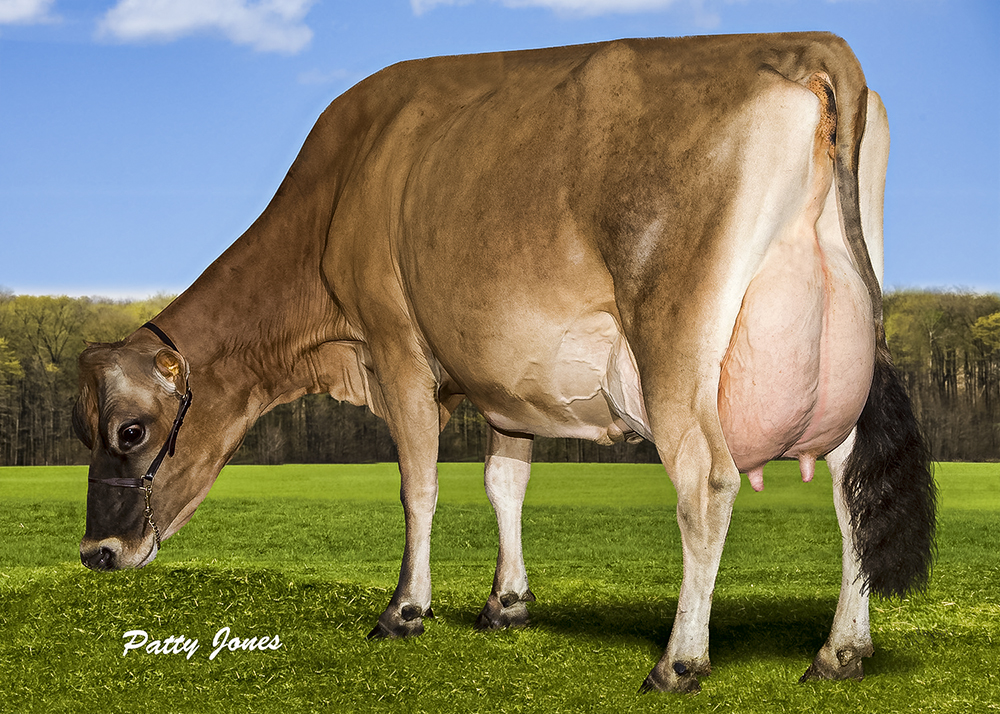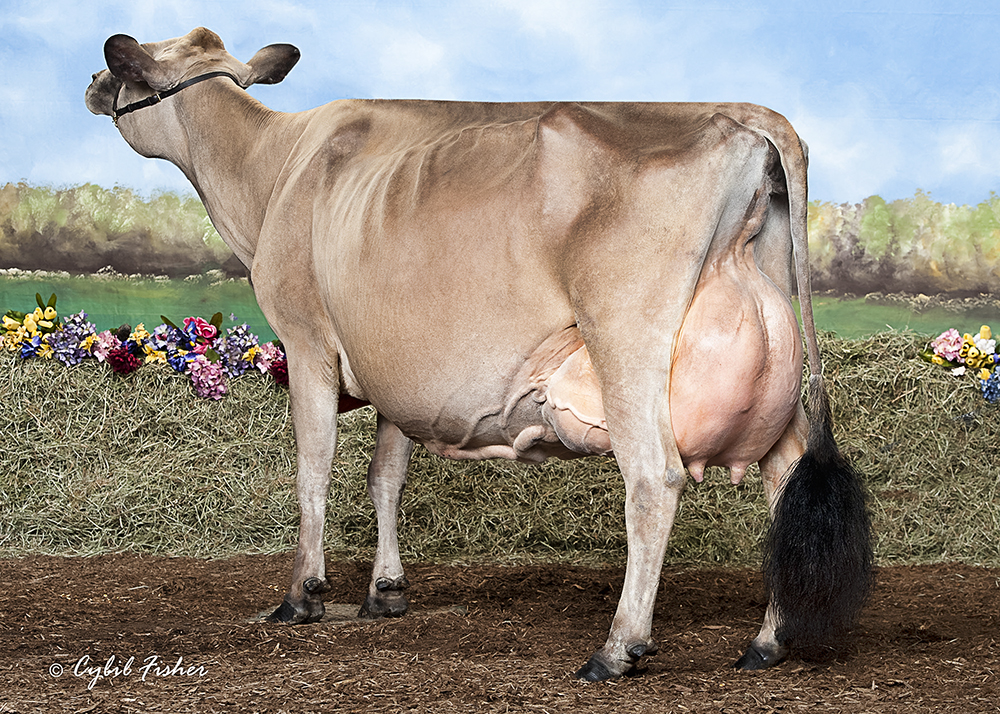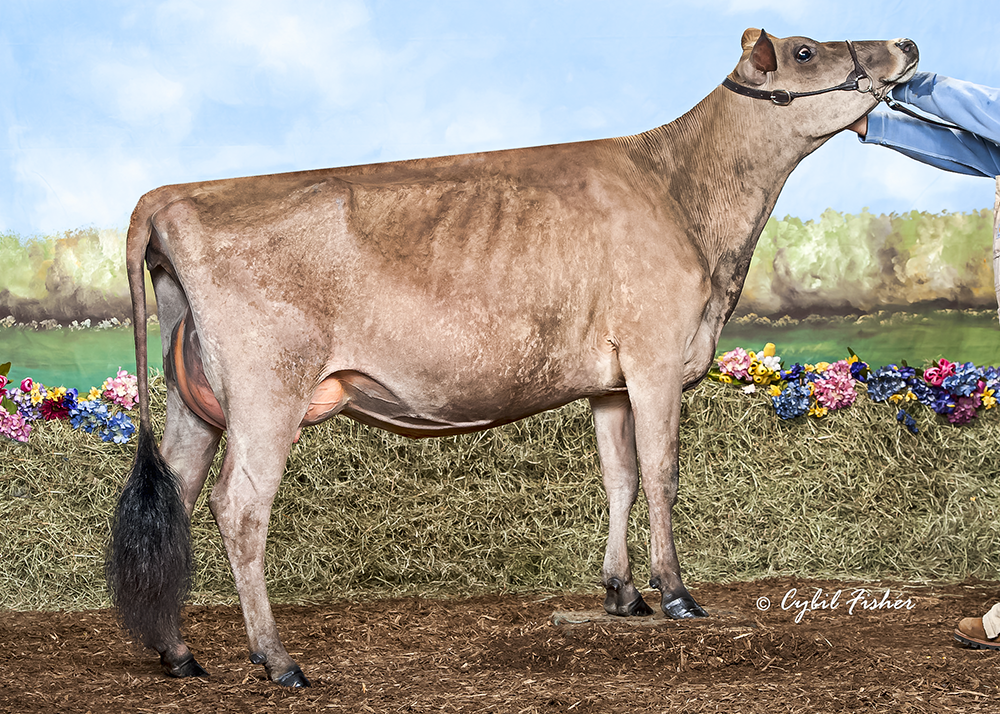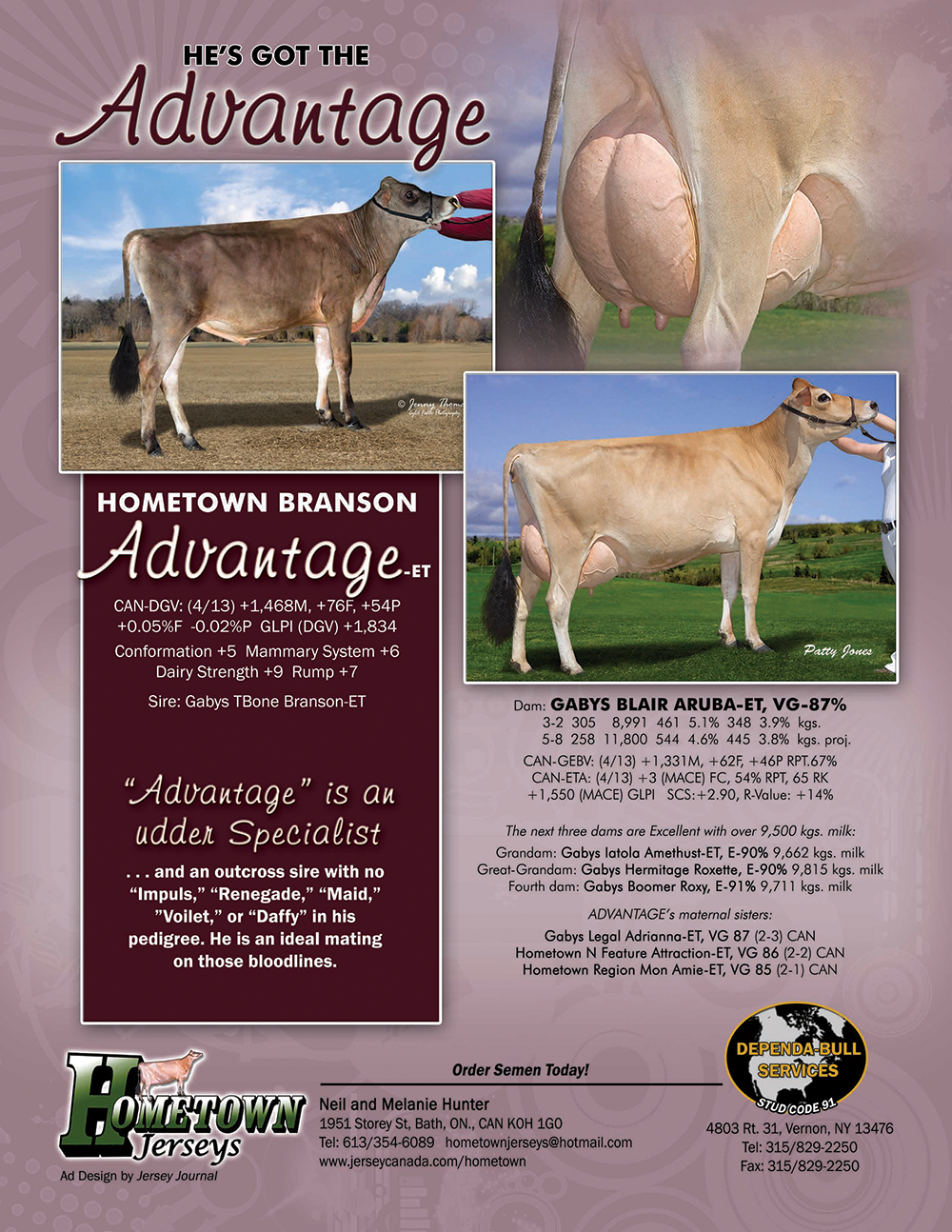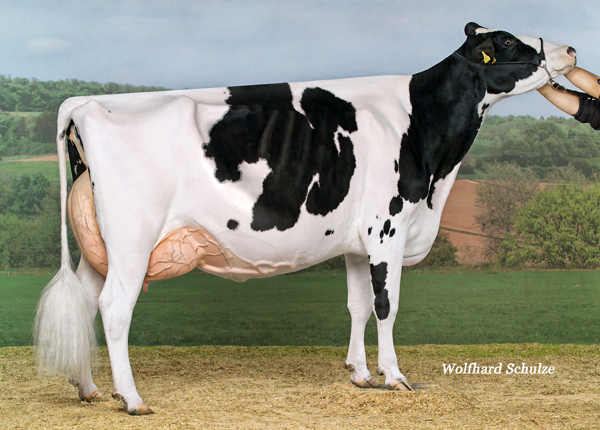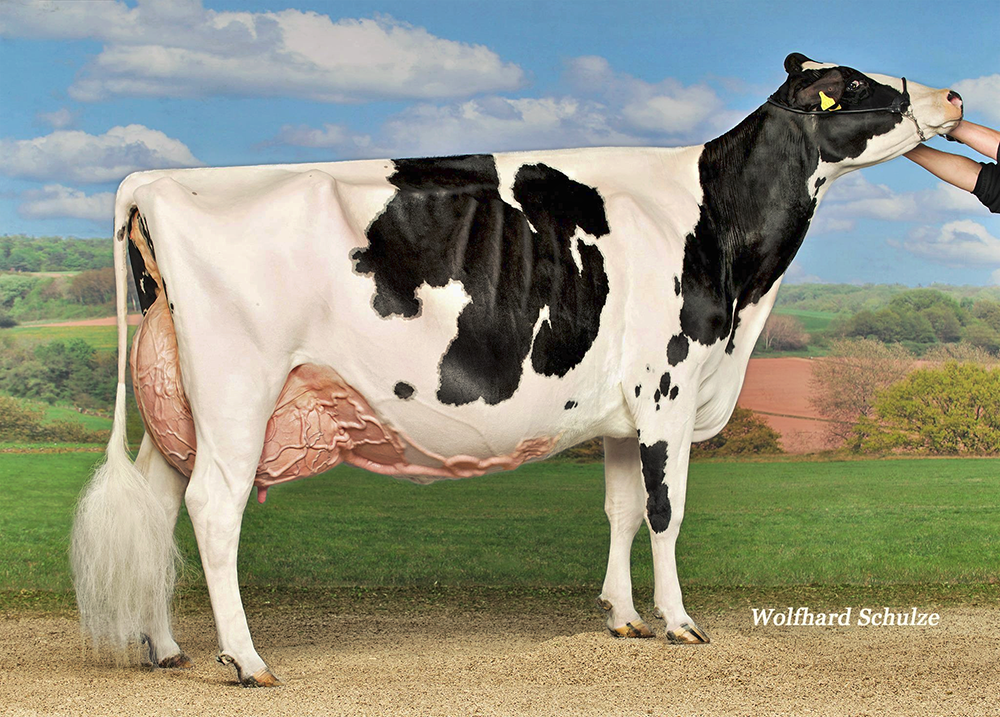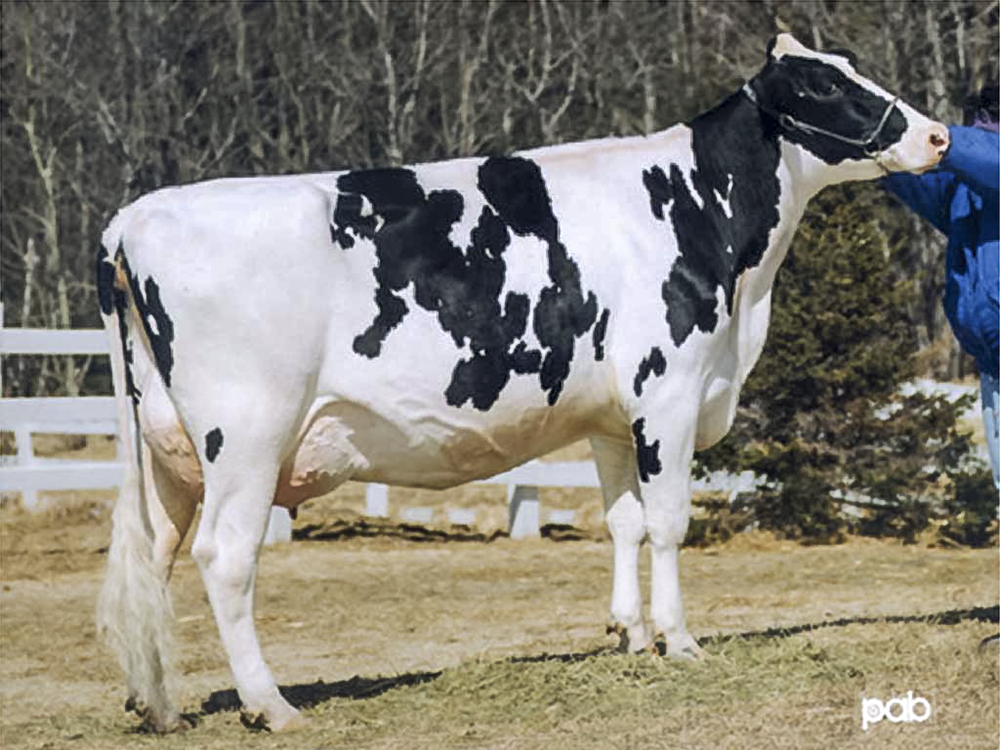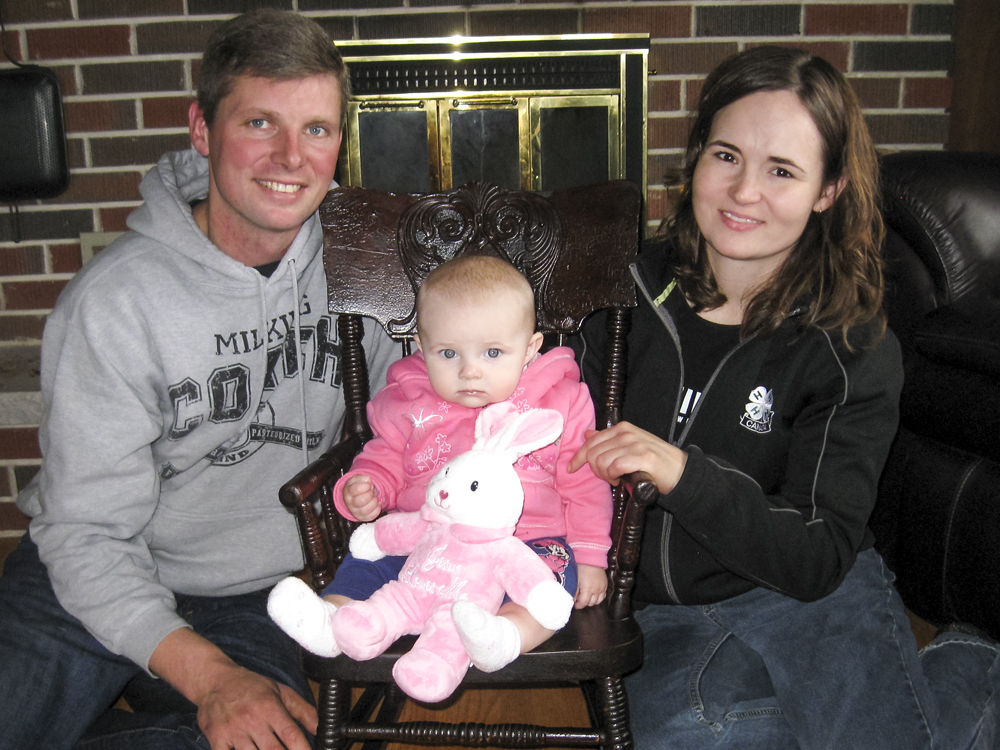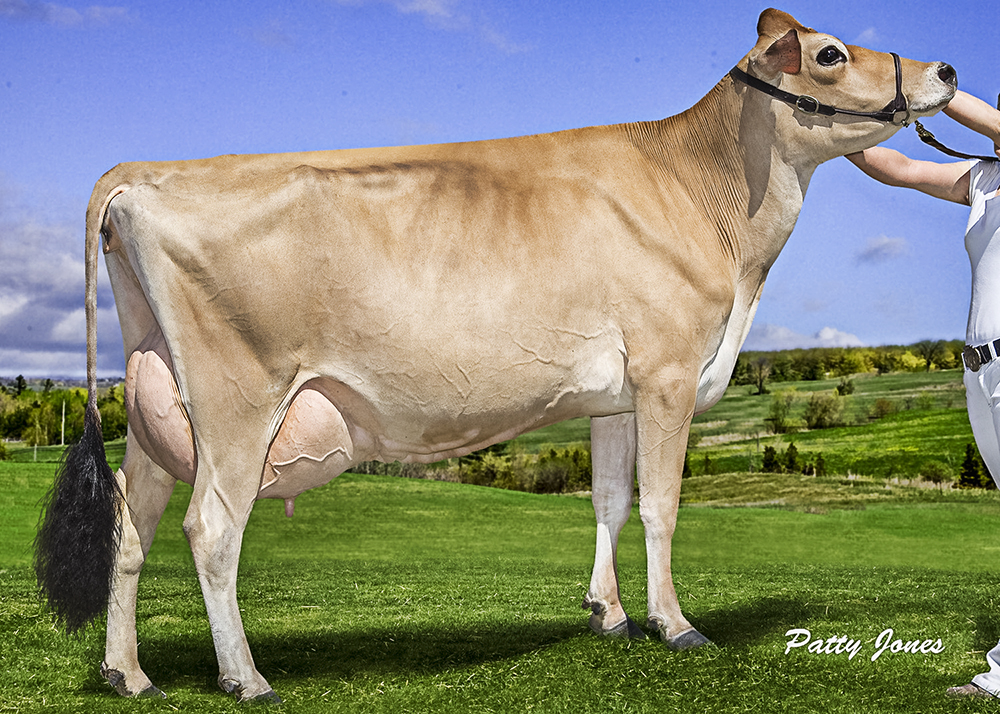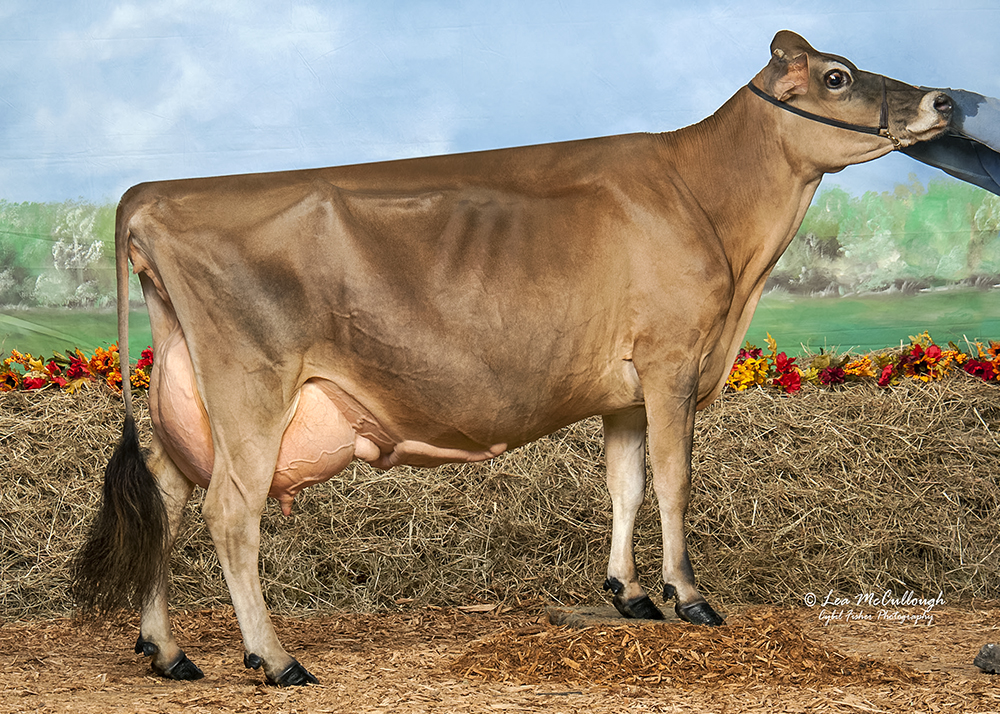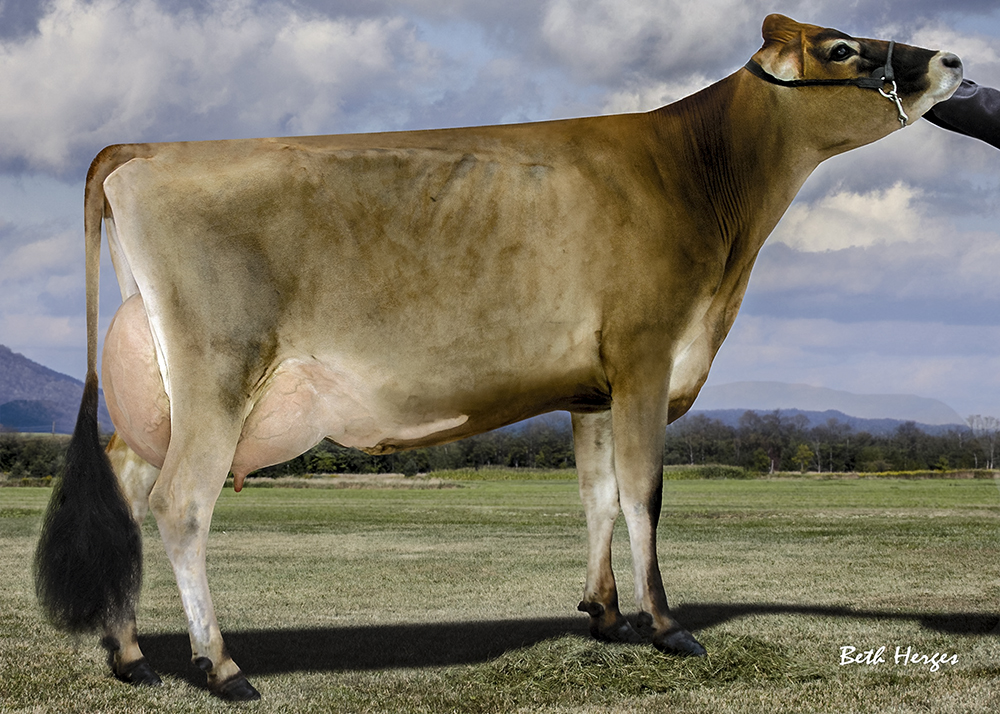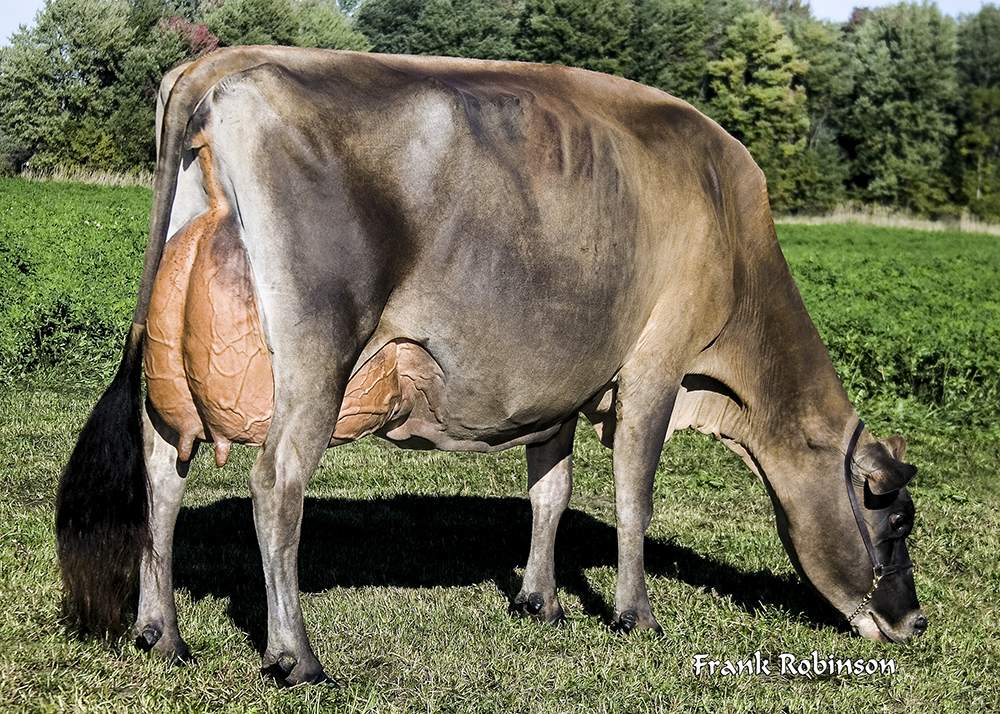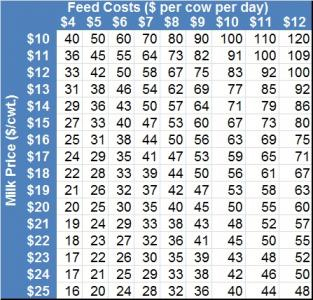The most successful family dairy operations have strong values that are deeply rooted in shared goals and memories. Every generation looks back fondly on that special purchase, special ribbon or memorable record or classification score! These are the underpinnings of the decisions that are made every day at Vieux Saule Holsteins were the family roots have physical representation in the 100 year old willow tree that inspired the farm prefix.
The Perreault Family Farm: Around the Ring to Around the World
Lynda, Mario and Jimmy Perreault operate a 200 acre family farm in Saint-Esprit, in the Lanaudière region of Quebec. This Master Breeder herd milks 44 cows and grows seed corn, silage corn, hay and oats. In 2009 they built a new barn.
Show Winning Inspiration
Everyone has a vision of what they would like their dairy breeding success to look like. For Jimmy Perreault it was the first taste of success in the show ring that reinforced the passion he shares with his father, Mario who is his biggest mentor. “In 1993 I first showed Vieux Saule Prelude Josiane (great grand dam of Vieux Saule Malicieux EX, #6 TPI bull in 2008). I started in the 4H and always washed, walked and clipped heifers from our family farm back them. The dream started when in 2003 I went for the first time at Hays Classic Royal Toronto (now known as Canadian Dairy Classic) and showed Vieux Allen Dragonfly. When Dragonfly finished 2nd in a class of 91 spring yearlings, I was on a cloud. After in 2008 I went with Vieux Saule Dolman Shaina (Dolman x Dragonfly) I finished 3rd and 5th in the open Royal show. It gave me the taste of showing and meeting people.” Today they emphasize, “We love to show at the Royal and Madison.” And, like their family generations, one success begets another one, “We export to 26 countries.”
The Speed of Genetic Change
Having been bitten by the show bug, Jimmy was also bitten with the passion for breeding exceptional cattle. This too presents challenges and opportunities. He recognizes that show winners have their value but to put it simply, “If you don’t have a bit of genomics, it is hard to sell.” Having said that there are challenges in changing your breeding approach. “To adjust your breeding program quickly and see results can be time consuming. Now, with genomics, we ask ourselves, what do we choose, gLPI or gTPI? Personally I like both systems even though I still have questions. Which system will produce the cow the world would like to milk?” If only all winners were easily identified. Jimmy looks back on his favorites. “Three bulls that I respect the most are Comestar Outside, Sandy Valley Bolton and Badger-Bluff Fanny Freddie. I love what they bring to the breed. Although very different, what I like is how they have changed the breed and the way they are consistent.”
Vieux Saule Genomics:
In 2008 when genomics arrived is when it all started for Vieux Saule. “We tested 60 offspring in the Dragonfly family and we were surprised at the high results and consistent offspring. Dragonfly had 4 daughters by Toystory 2 went 85 2yr and 2 86 2yr we didn’t know which one to flush so we flushed them all.”
Hail to Haley
Genomics is still a new learning curve for many and that also happened for Vieux Saule. “The one that tested higher wasn’t the fanciest one but we discovered that she was our hidden card in 2013. Her name is Toystory Haley she starts her legacy with one 86 2yr Freddie, one 85 2yr Freddie, one Man o Man (at Bryhill),one Freddie and super are 83. We expect two 86 2yr next week (2 other Freddies). Haley has more than 200 embryos produced sold in 11 countries and has 7 Bulls in AI. She transmits her health trait very strongly. Now we work with her daughters to make numbers and show ring. Freddie Isabella NC finished fourth junior 2 at Rive Nord Show 2013. She has daughters by Shamrock, Freddie, Super, Sid, Atwood in the barn we can count 56 females!!
Hurrah for Halia
Jimmy emphasizes that Halia VG 87 2yr must not be left out of the success story. “This beautiful Bolton daughter transmits genomics on both side of the border. So far she has one 86 2yr Bogart, 2VG Freddies, one 83 Freddie. We expect 3 more VG x Freddie next week. Halia sold for 72 000 in the Sale of Stars in 2009. Her offspring sold very well last year now the third generation from Halia are well known all around the globe with August new sensation Vieux Saule Flame (Uno x Freddie Felicia). One of our favorite bull is out of Freddie Cynthia her Mogul son is Vieux Saule Madden over 3450 DGV +15Conf 16MS 114 HL (was 2434 GTPI in April) no Goldwyn, no Shottle, no Planet and no Man o Man which is very rare these days. Madden is born in November. His Brother x Lexor (Vieuxsaule Cynique) is at GenerVations over 3300DGV +15 conf +16 MS and 400health and fertility
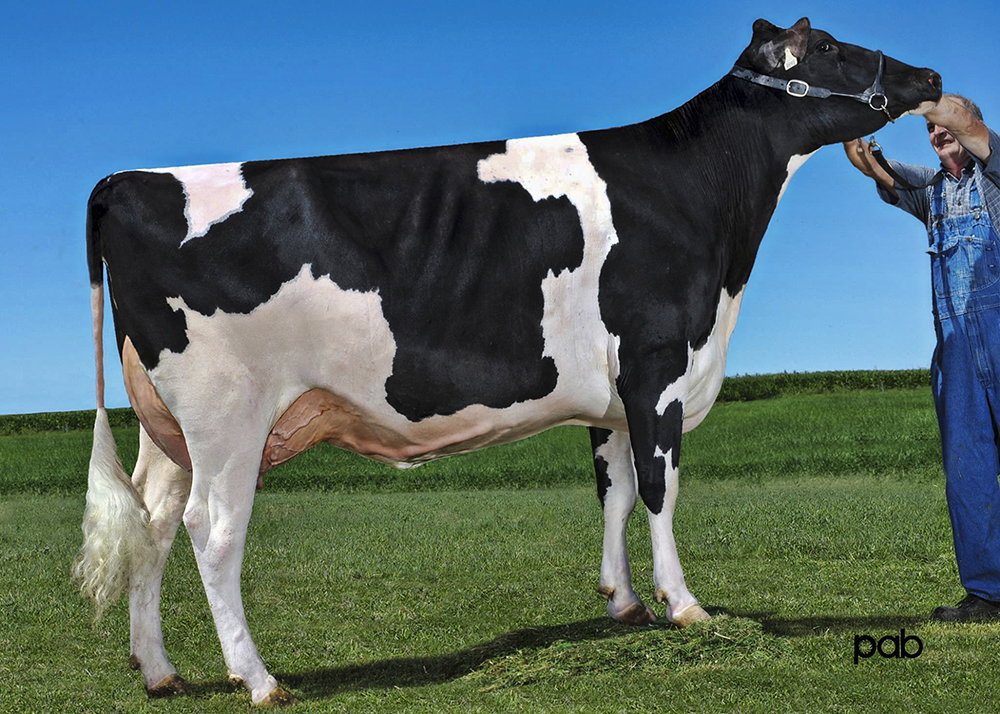
VIEUXSAULE FREDDIE FELICIA VG-2YR
GPA LPI 2973 DGV 2991 GTPI 2286
Her son Vieuxsaule Flame is the #1 GTPI Genomic Young Sire at + 2561
Seeing Red at Vieux Saule
On the Red side Vieux Saule has sold 2 Red bulls Vieux Saule Lucas Red (Shaquille x Salto Rouquine Ex 91- 1*) and Vieux Saule Toppi (Mr Top x Salto Rouquine Ex 91- 1*) same family as Prelude Josian and Vieux Saule Malicieux. Vieux Saule Toppi is very popular +16conf +16 MS DGV and Red (August proof). Toppi sold to Browndale sires. Jimmy points out that they also have a notable red carrier cow. “One cow that we put a lot of emphasis on is Vieux Saule Destry Dreamy RC VG 87 2yr 88MS she is 2024GTPI and 2.84Type + she is the #1 GLPI and Type Destry in Canada.”
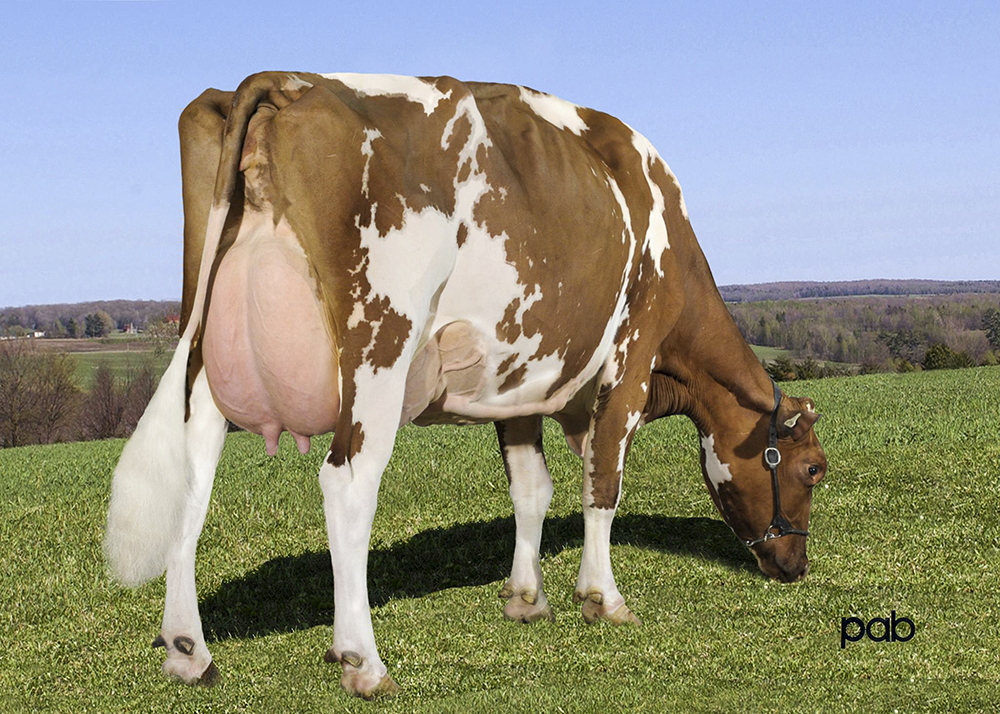
Vieuxsoule Salto Rouquine Ex 91- 1*
Dam of Toppi at Browndale Sires
Moving with the Times
Polled is coming at Vieux Saule we have a Dolo P brother to Flame that will be tested in September. We have several pregnancies x Venture Freddie Maria P RC #5GLPI polled cow in Canada (around 1900GTPI). Her Red and polled Ladd daughter is at 2180GTPI and over 2800 GLPI.” Sometimes the most special attributes a cow can have are because of what she is missing. “We love her. She has no Lawnboy, Colt, Magna, Mitey, Goldwyn, Man o Man, Planet or Shottle in her pedigree.”
While they firmly move with the marketplace of today, they also look ahead to the future. “We work currently with Freddie daughters from Haley and Halia and also Lexor daughters out of Freddie Cynthia. Later we will work with Day x Seagull Bay Planet Pauline and Determine and Shan x Freddie Felicia.”
At Vieux Saule the main bull lineup is as follows:Vieux Saule Toppi, O Style, Long P, Vieux Saule Madden, Vieux Saule Flame, Atwood, Aftershock, Goldwyn, Sid and Destry
As they look toward the future Jimmy sees changes in the marketplace. “ I see less players for genomics but more competition probably more investors and I see also that all breeders in the world will play an important role and the AI will have to adjust to buy those superstar bulls.”
Planning: Based on Parents, Partnerships and Programs
“We have partnerships and investors and we try to diversify our revenue streams by providing good cow families that are outcross or different. We work both the show side and genomics.” This family operation is entering its third generation and Jimmy gives credit to his father Mario for his support and encouragement. “My dad is the one who had the biggest influence on me. He challenged me every day. He let me buy sell and he let me travel in Europe and US so I could learn from the best ambassadors of the breed.” Jimmy also learns from the advice of others in the breeding business. “Several AI persons, mainly from Semex, Genex, ABS and TAG, have helped me make decisions.” For those new to the industry he advises, “Listen to the mentors. Analyze your options. Then make it happen.” But he cautions that staying grounded is important. “Most of all, even if you finish first at the Royal or breed that great bull, always stay simple and be yourself.”
The You Tube Point of View
Vieux Saule put videos on YouTube. When their videos hit more than 40,000 visits, Jimmy reports with classic understatement. “That is pretty cool I think.” Cool indeed. When considering Vieux Saule achievements he goes back to their vision. “Our show successes with genomics combined have been quite an accomplishment I think.” Jimmy sums it up his personal feelings this way. “To have Mary Sol at 14 years of age in December and 12 Year old Dragonfly watching their progenies having success is pretty exciting.”
The Bullvine Bottom Line
The pace of change is a challenge for everyone but Jimmy Perreault shares his best Vieux Saule advice.”Try to be in the show market and Genomics and make room for family values even though this world moves fast and makes less and less time for family farms. I still believe Family is first and Cows second, but it is a drug and it’s hard to walk away from it — even for the new generation.” Whether it’s cow families or farm families, at Vieux Saule the family tree is the focus that keeps them successfully rooted and growing their dairy business.
Get original “Bullvine” content sent straight to your email inbox for free.





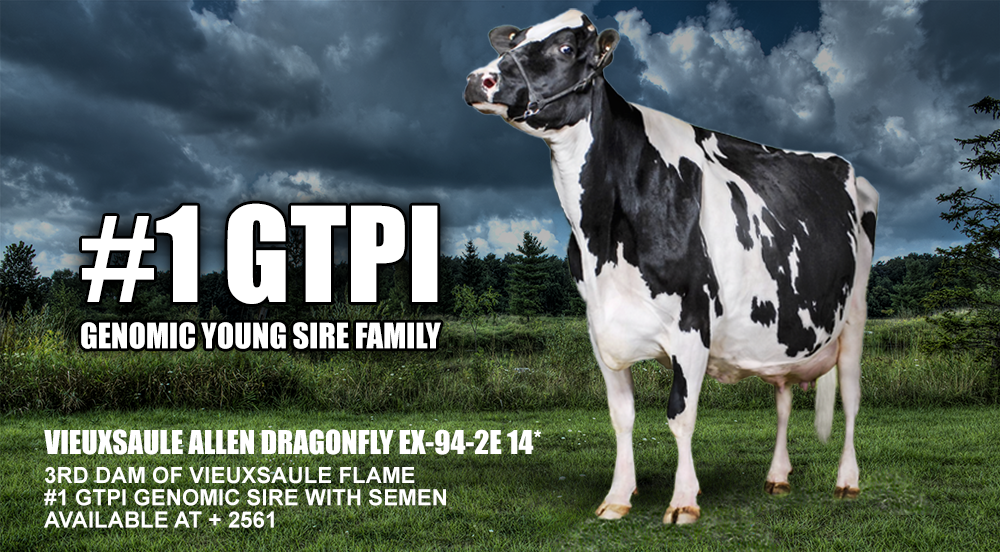

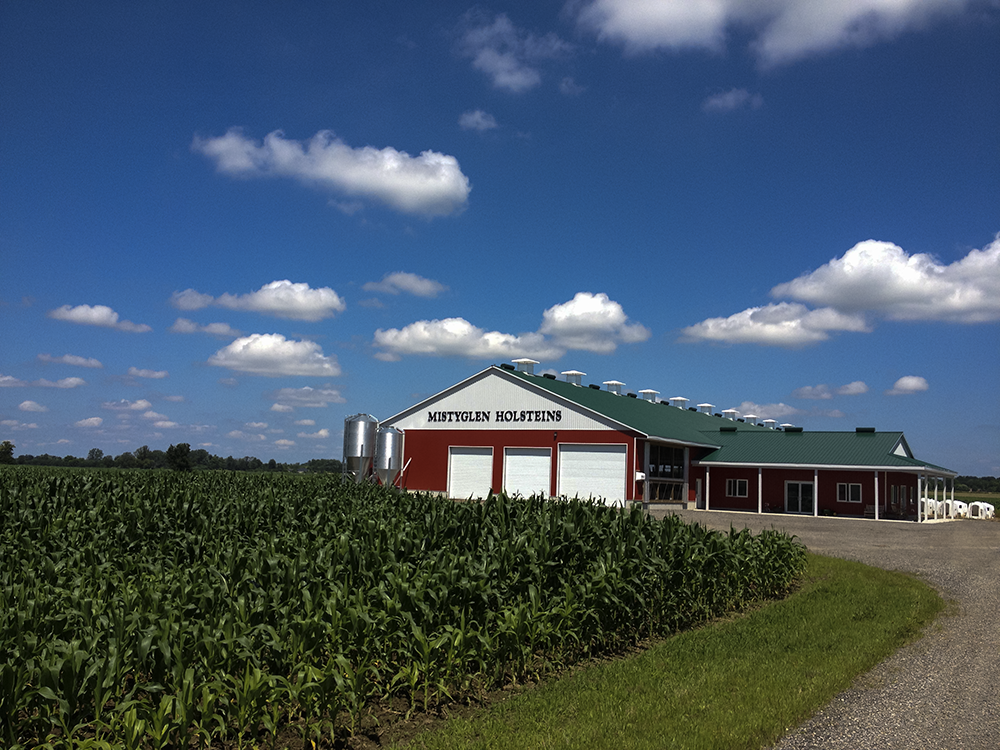
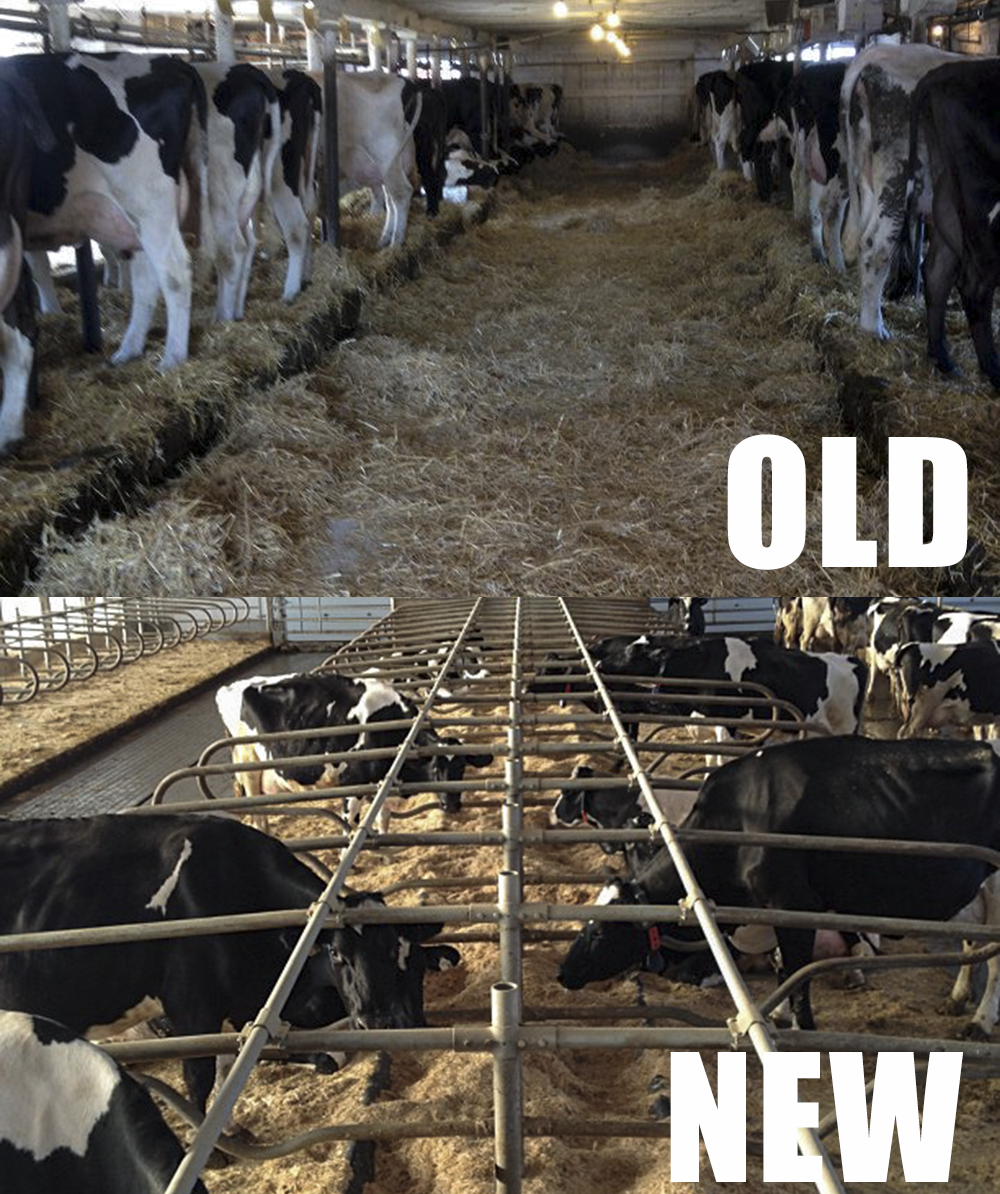 Responsibility and then Review were the first priorities.
Responsibility and then Review were the first priorities.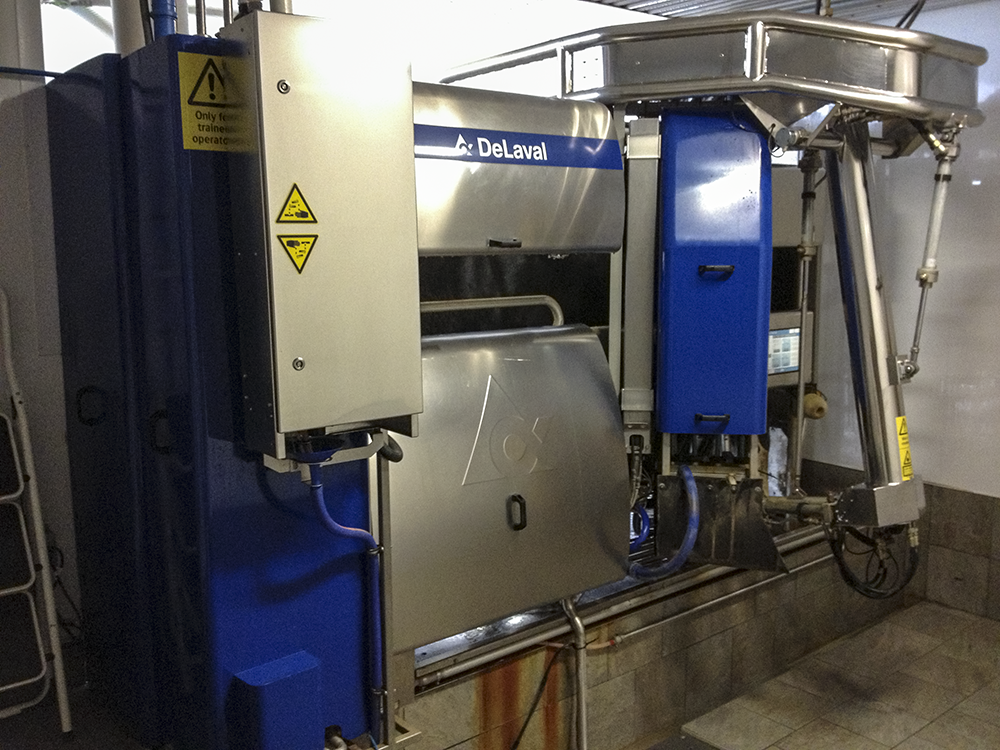
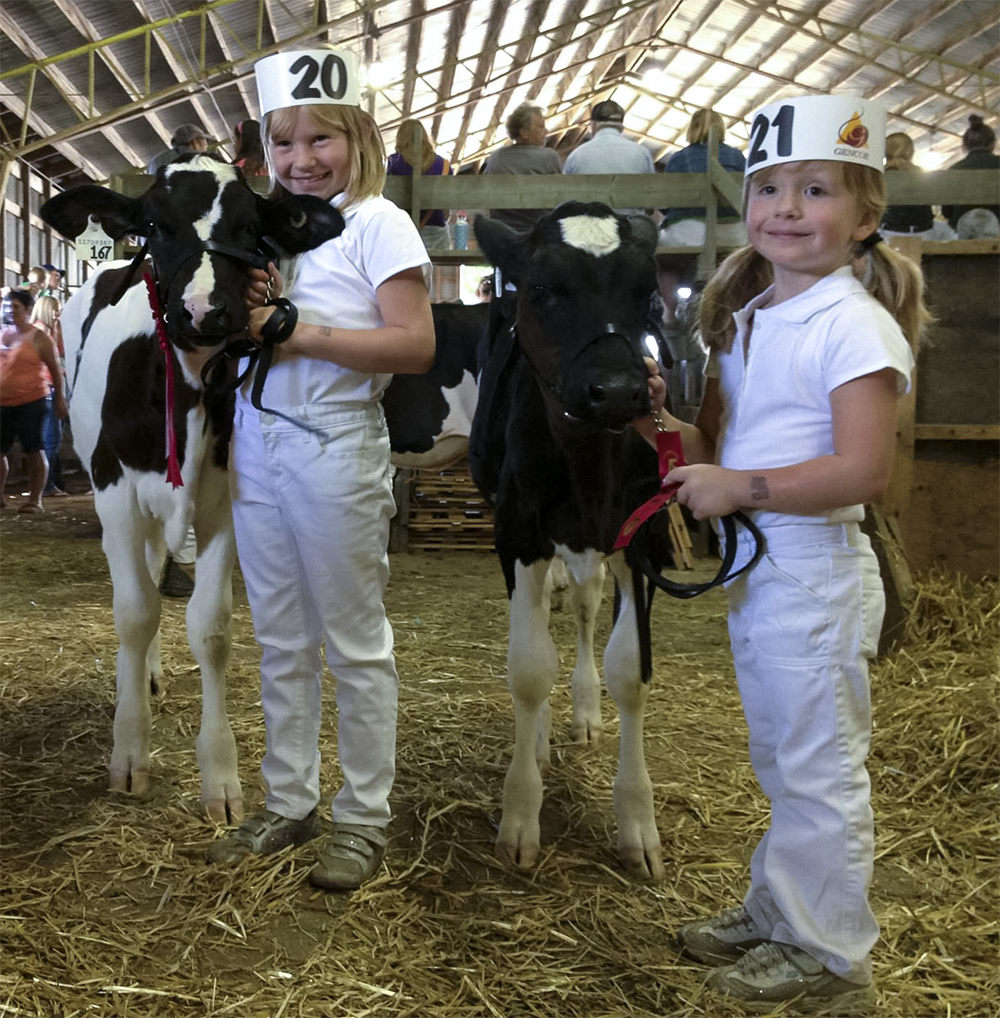
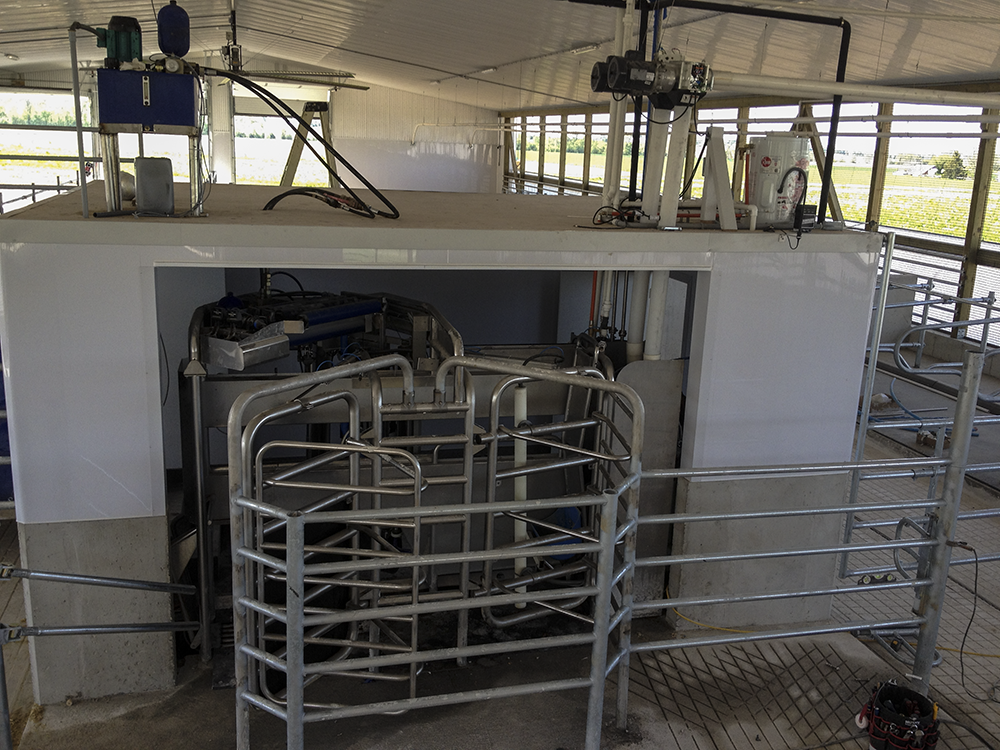
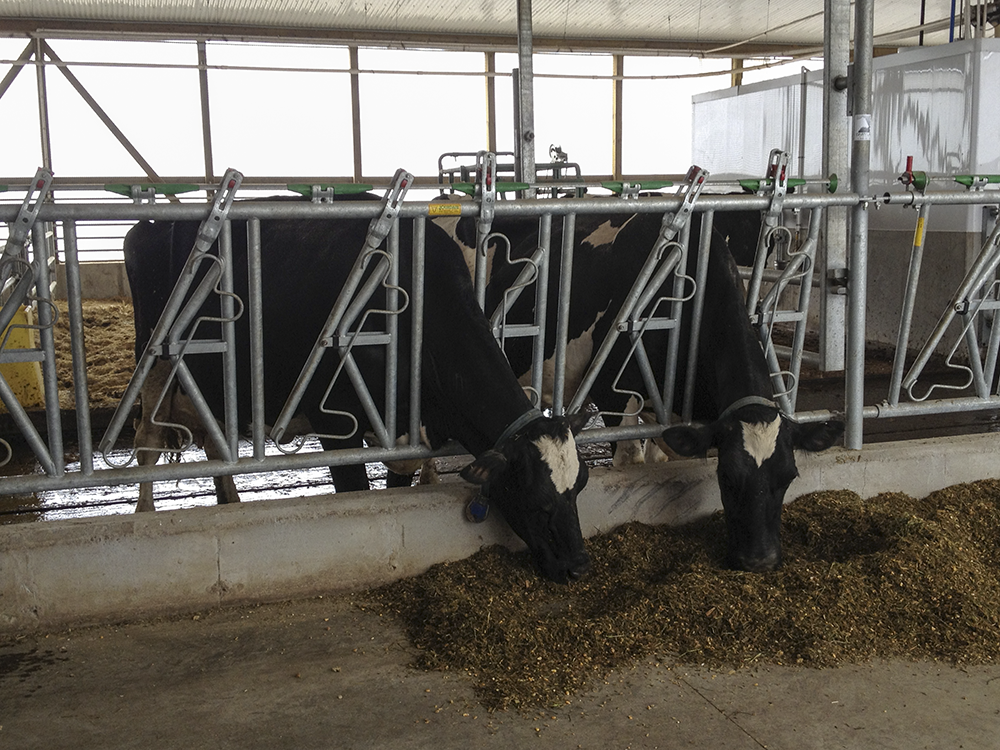
 Pettits See the Future – Precision Management
Pettits See the Future – Precision Management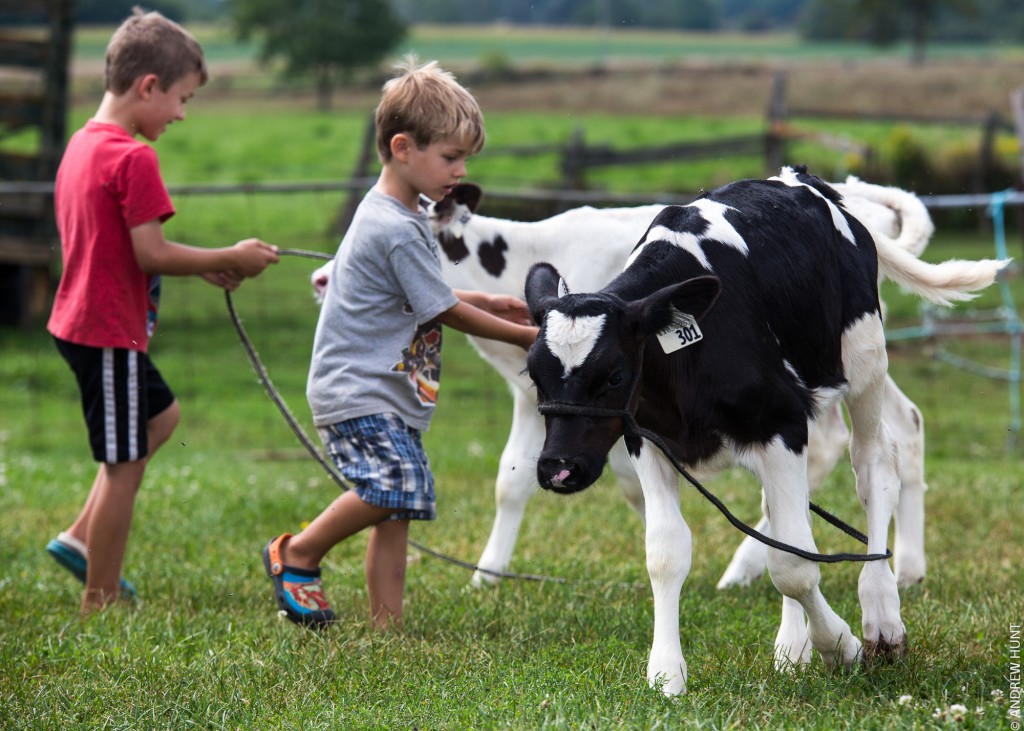
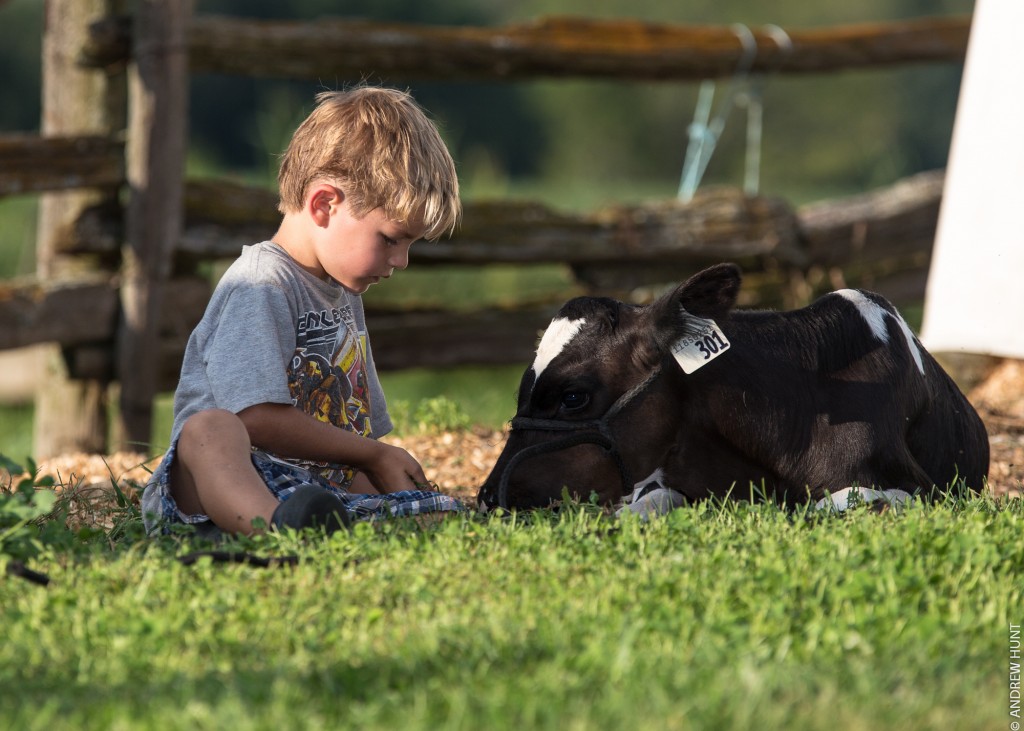
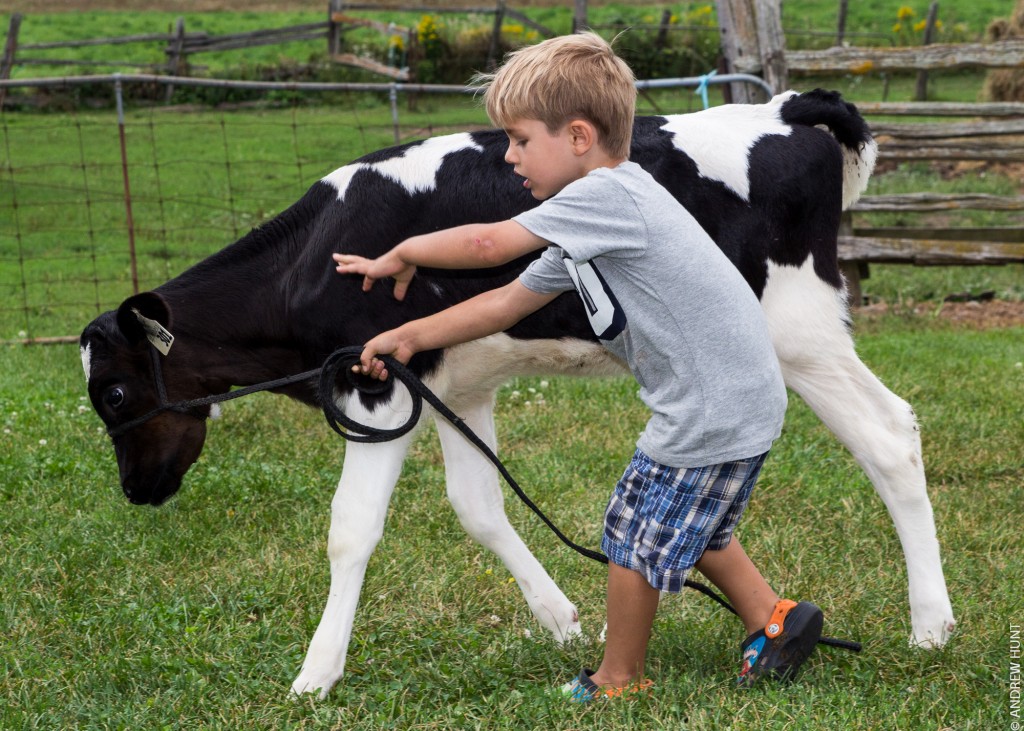
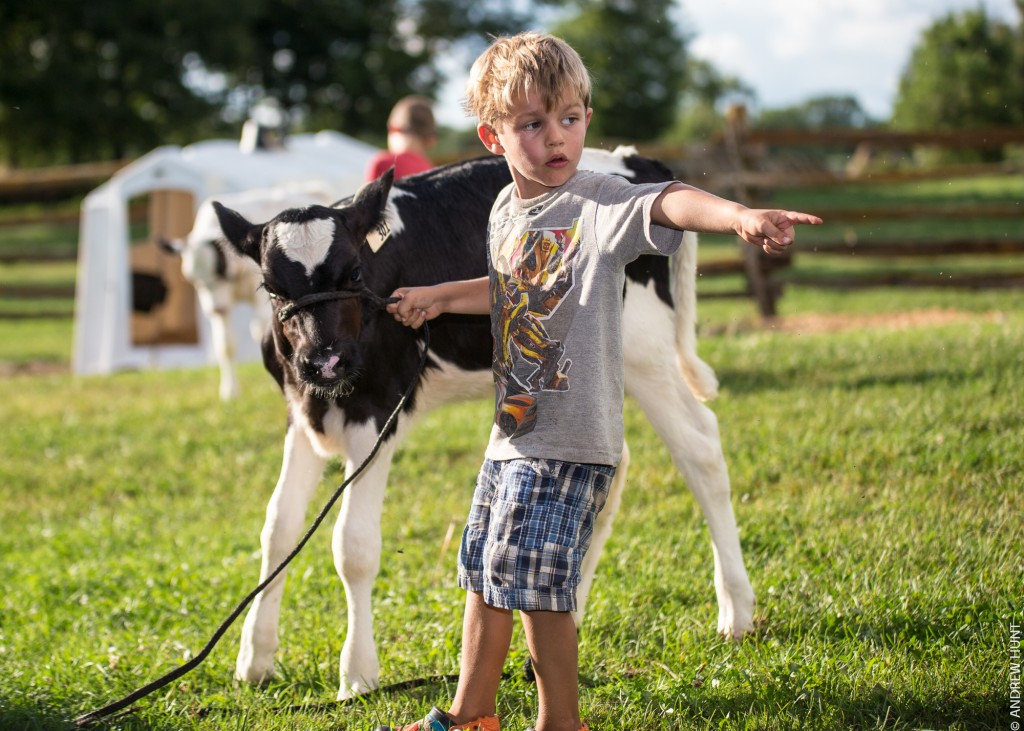
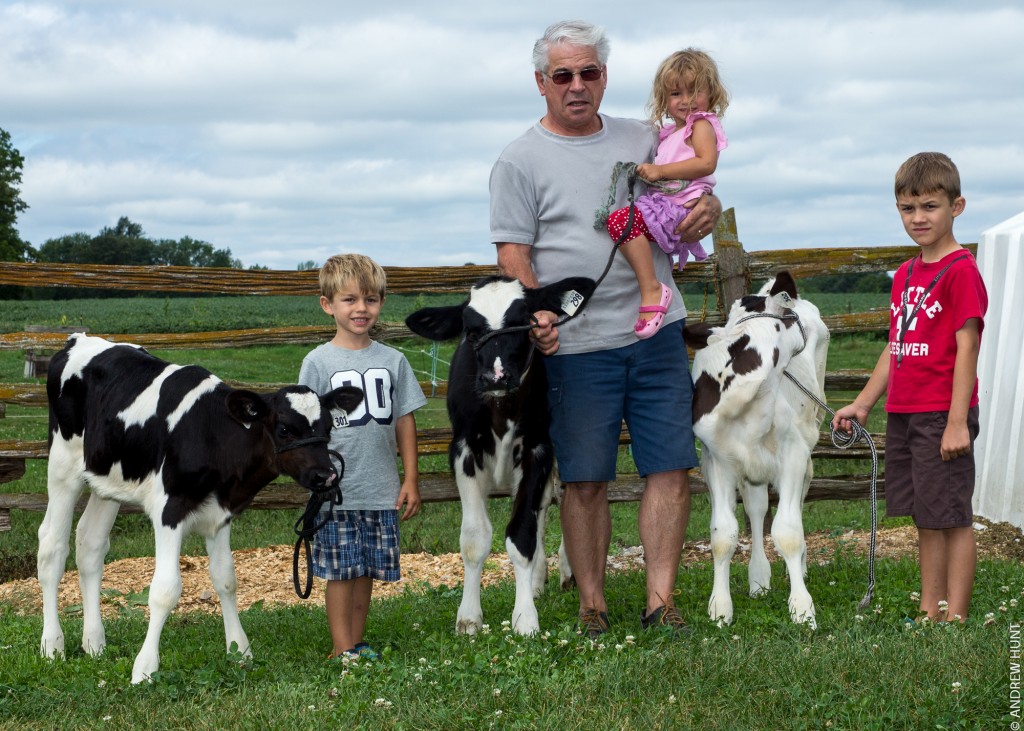

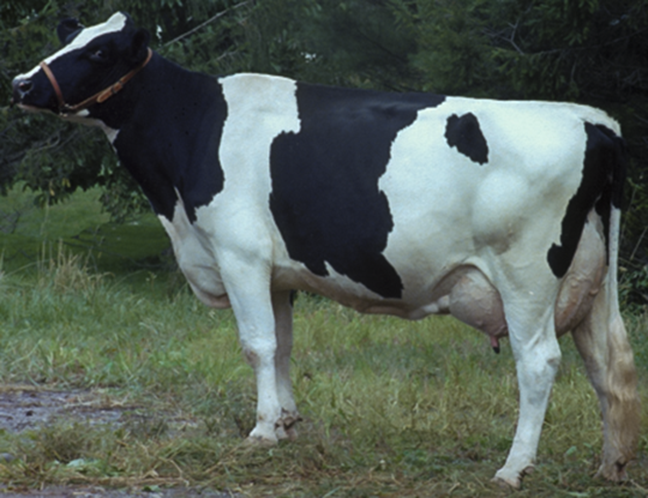
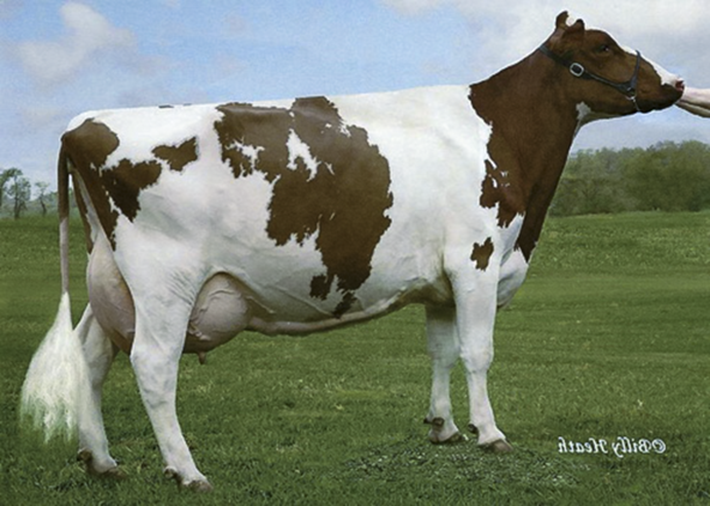
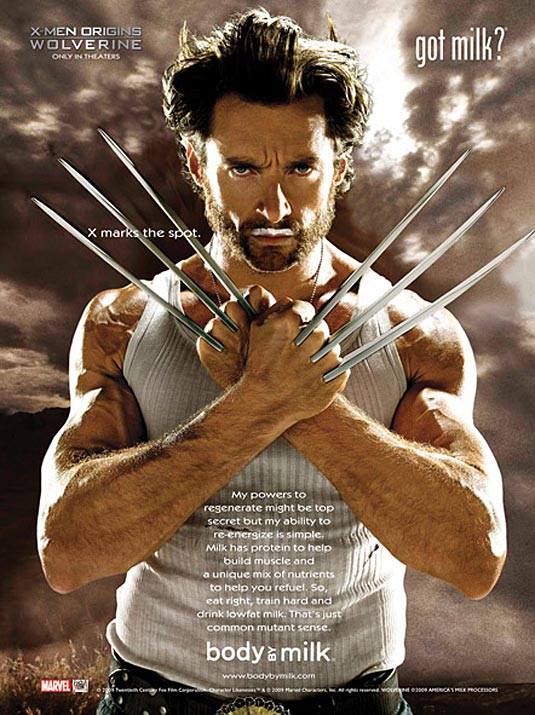 From soap bubbles of the past to the milk moustaches of today, farming is putting stars in our eyes!
From soap bubbles of the past to the milk moustaches of today, farming is putting stars in our eyes! 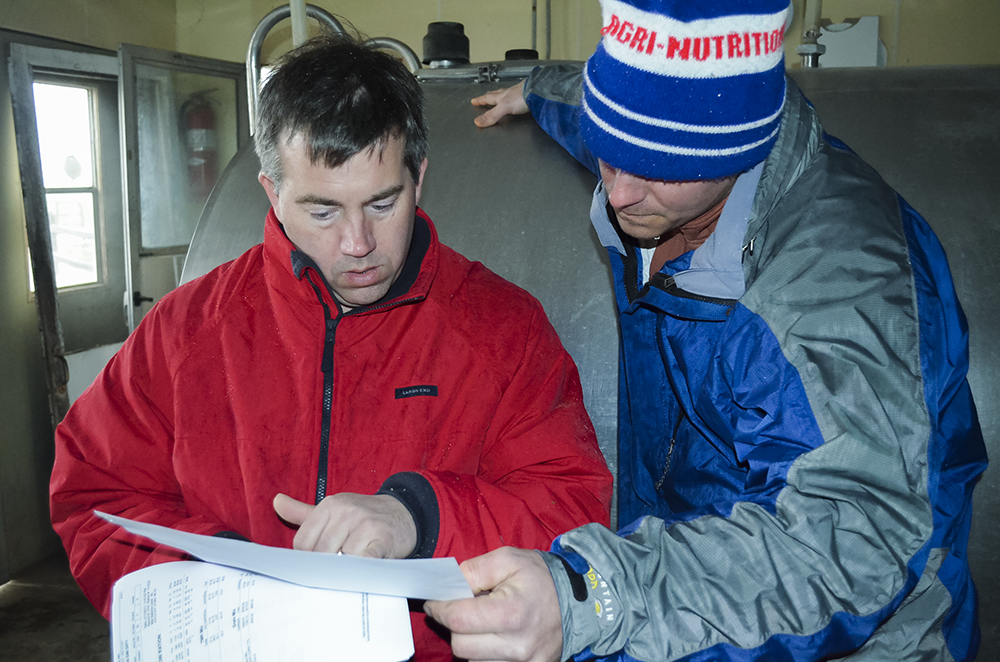
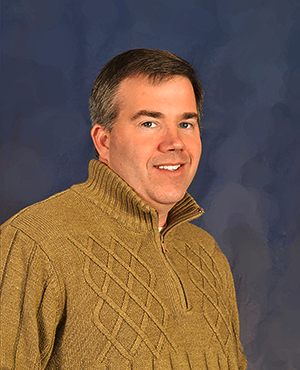 An effective nutrition consultant will investigate and analyze all the issues impacting your cows and thus impacting your success. The Bullvine went to Dr. Scott Bascom to get some insight on the value of working with a nutrition consultant. Dr. Bascom is the Director of Technical Services at
An effective nutrition consultant will investigate and analyze all the issues impacting your cows and thus impacting your success. The Bullvine went to Dr. Scott Bascom to get some insight on the value of working with a nutrition consultant. Dr. Bascom is the Director of Technical Services at  From the Bunker to the Bank!
From the Bunker to the Bank! Beyond the Basics to Practical and Personal
Beyond the Basics to Practical and Personal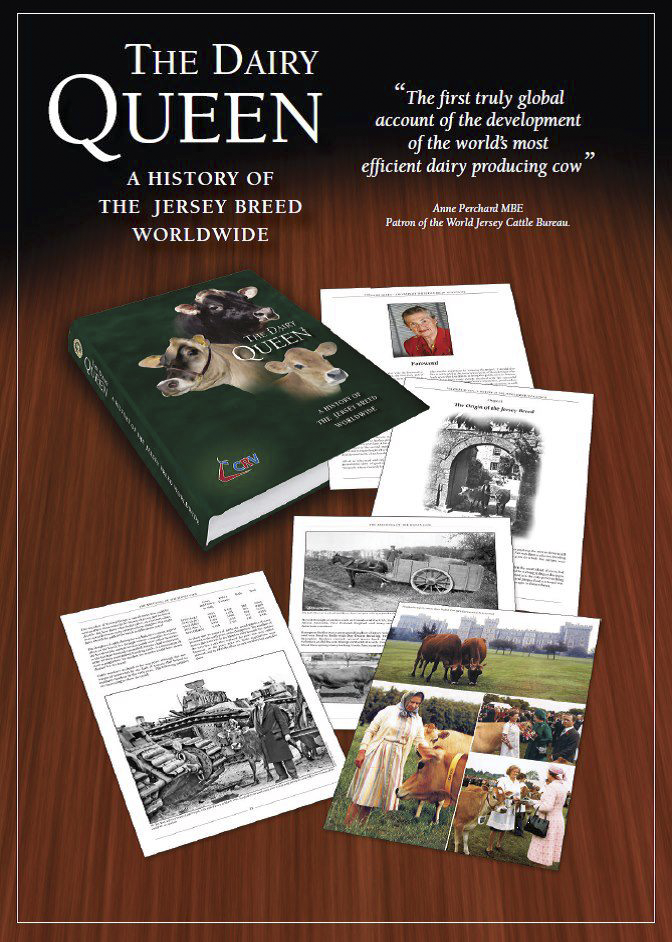
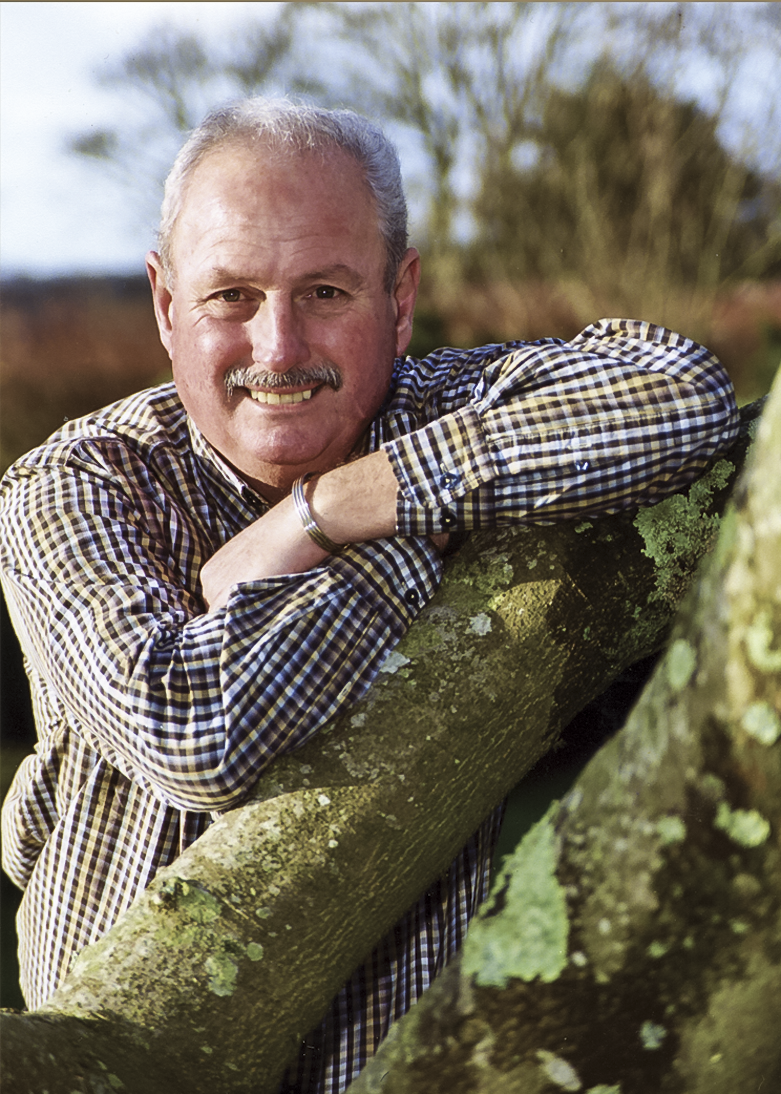
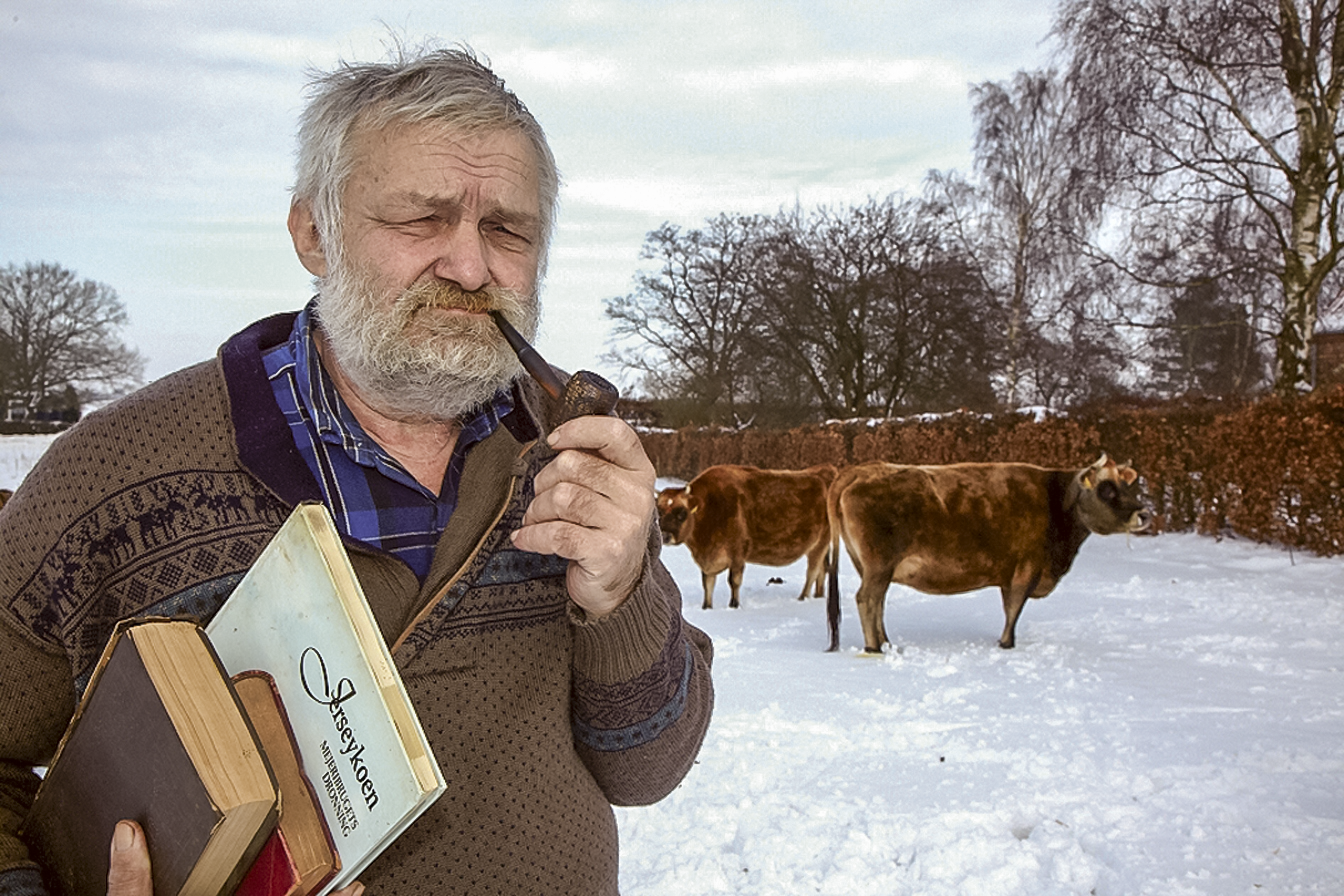
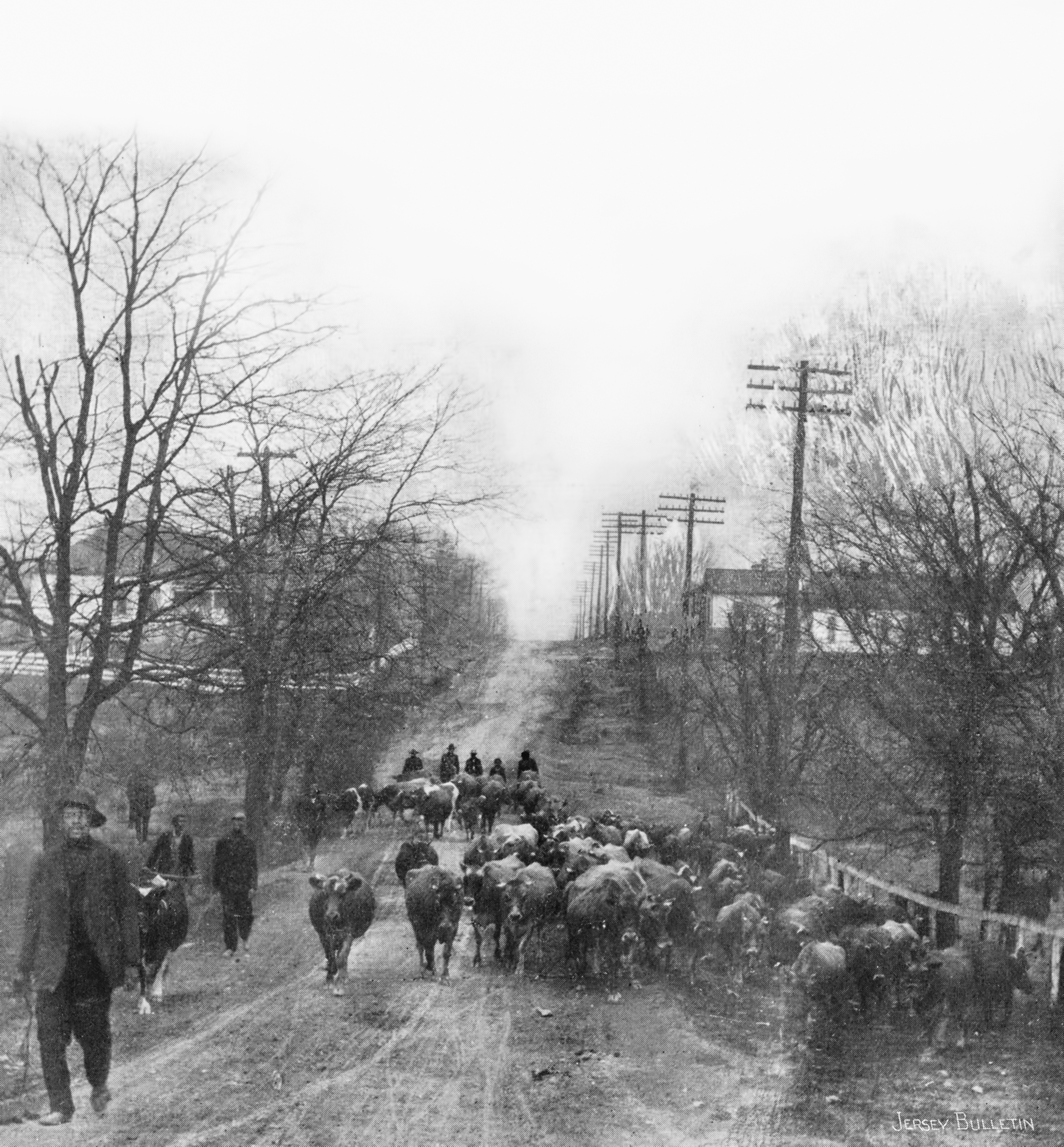 A book for anyone interested in dairy cattle, The Dairy Queen, is the first truly global account of the development of the world’s most efficient dairy producing cow. Derrick points out the unique features of this special book. “It tells the story from the early origins of the breed to modern times, throughout the world. It will appeal to all dairymen interested in cattle breeding and its 300-plus pages with over 700 pictures is a glorious presentation of the Jersey breed. The great cattle breeders and individuals who influenced the historical progress of the Jersey cow are well documented along with anecdotes of incidents that literally changed the progress of the breed. For example, the concerns of cattle breeders in the Island of Jersey in 1947 when dockworkers refused to load cattle onto ships for export – they were concerned about shortage of milk for island families following the five-year occupation by German forces in World War II.
A book for anyone interested in dairy cattle, The Dairy Queen, is the first truly global account of the development of the world’s most efficient dairy producing cow. Derrick points out the unique features of this special book. “It tells the story from the early origins of the breed to modern times, throughout the world. It will appeal to all dairymen interested in cattle breeding and its 300-plus pages with over 700 pictures is a glorious presentation of the Jersey breed. The great cattle breeders and individuals who influenced the historical progress of the Jersey cow are well documented along with anecdotes of incidents that literally changed the progress of the breed. For example, the concerns of cattle breeders in the Island of Jersey in 1947 when dockworkers refused to load cattle onto ships for export – they were concerned about shortage of milk for island families following the five-year occupation by German forces in World War II.
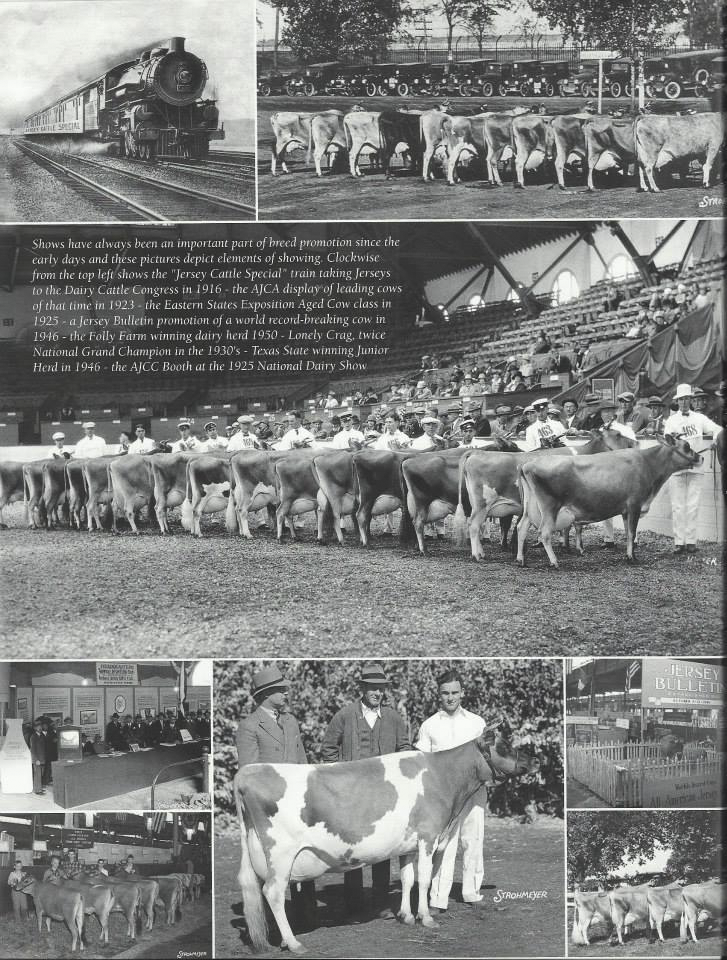

 Other news from this area reports that a2 brand milk comes from cows specially selected to produce A2 beta-casein protein rather than A1. Most cow milk contains both types of beta-casein protein – A2 and A1. The A1 beta-casein protein has been linked with digestion and health issues so having more A2 is a plus.
Other news from this area reports that a2 brand milk comes from cows specially selected to produce A2 beta-casein protein rather than A1. Most cow milk contains both types of beta-casein protein – A2 and A1. The A1 beta-casein protein has been linked with digestion and health issues so having more A2 is a plus. While not leading the consumption of flavored milk, North America is certainly not out of this tasteful picture. Just in time for birthday celebrations on Independence Day
While not leading the consumption of flavored milk, North America is certainly not out of this tasteful picture. Just in time for birthday celebrations on Independence Day 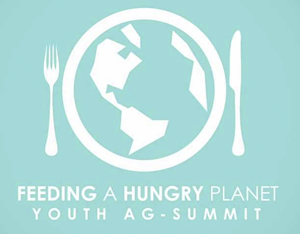
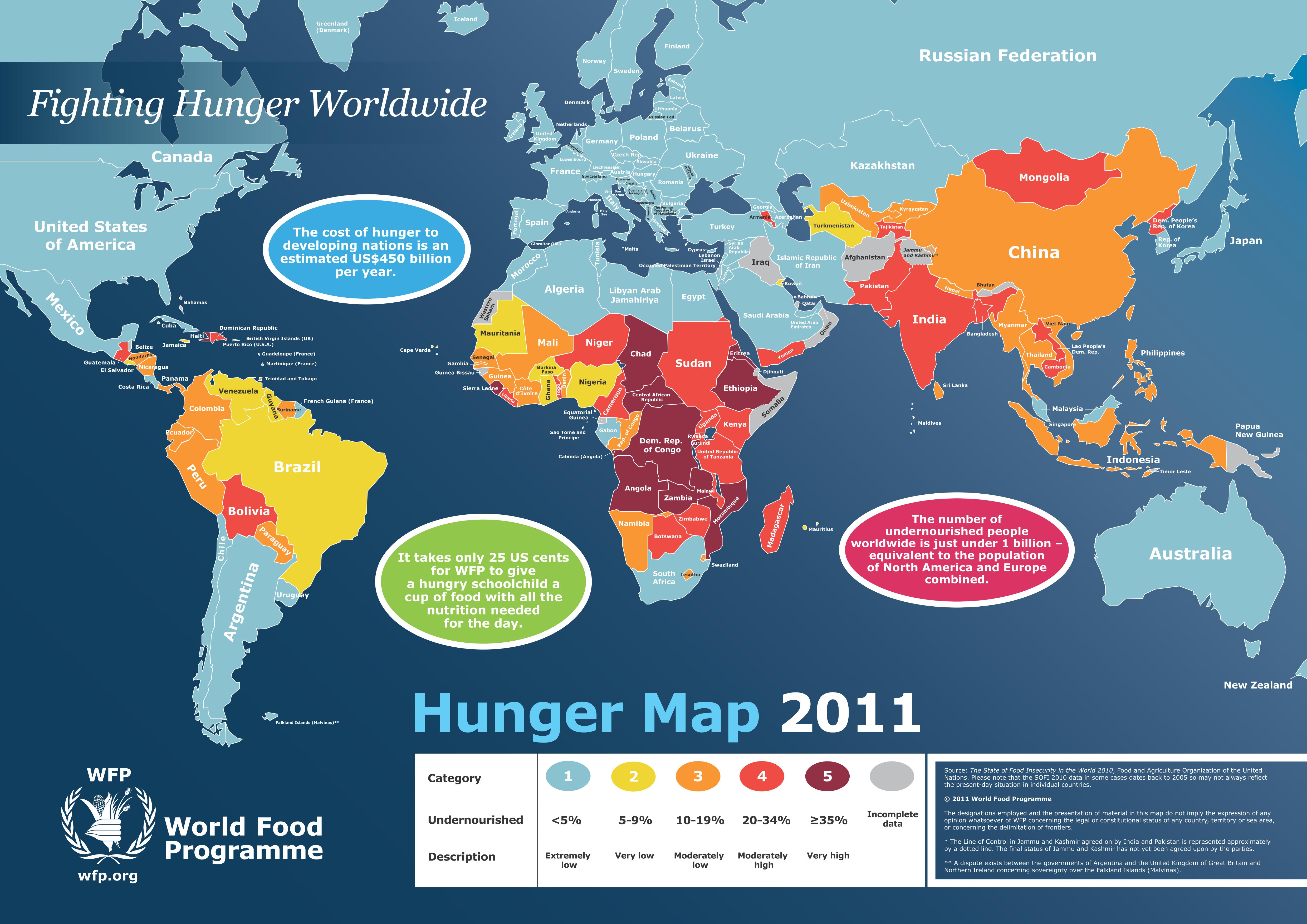



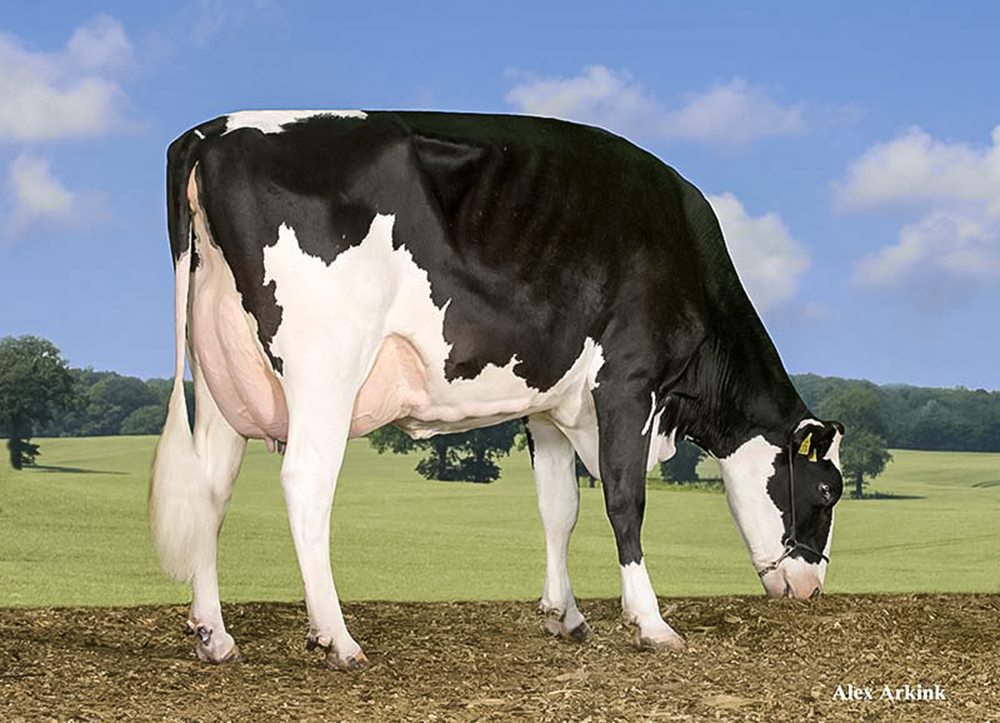
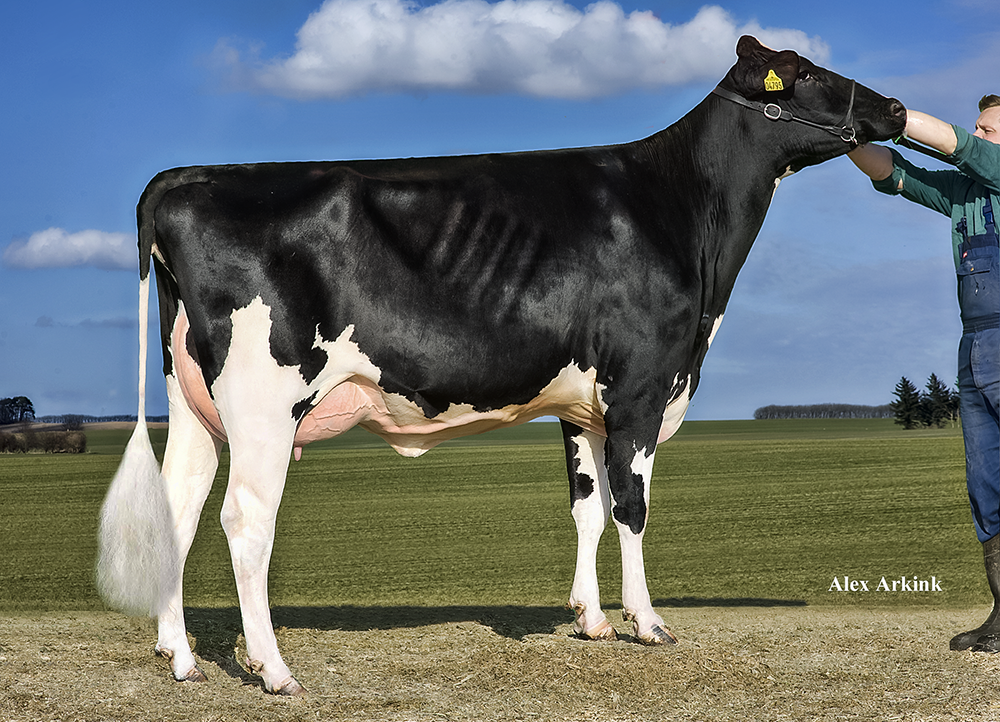
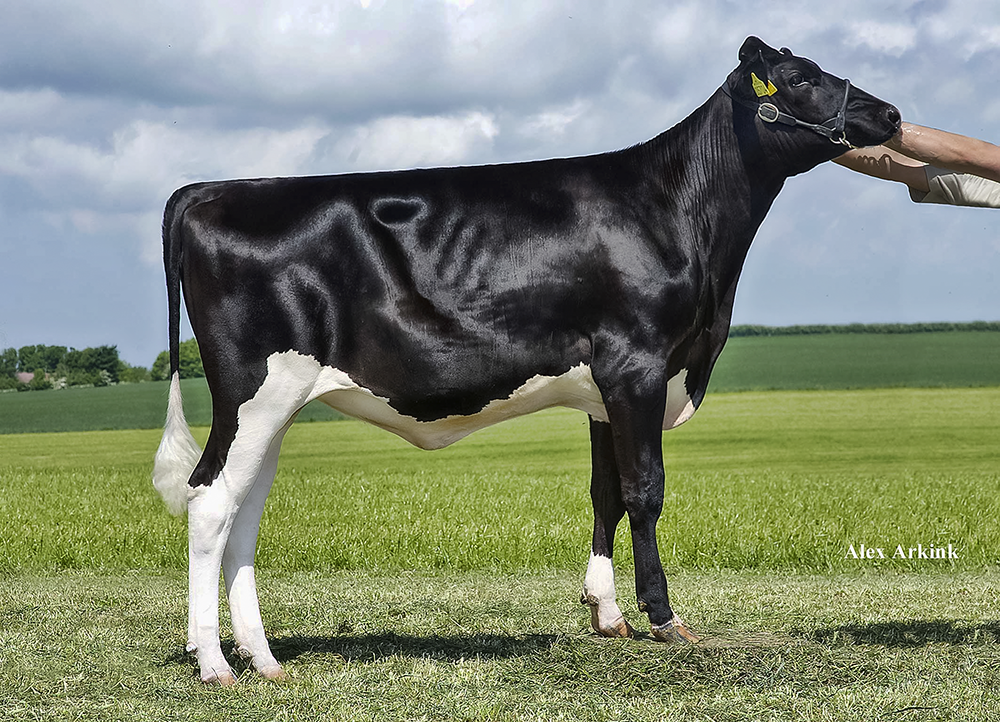

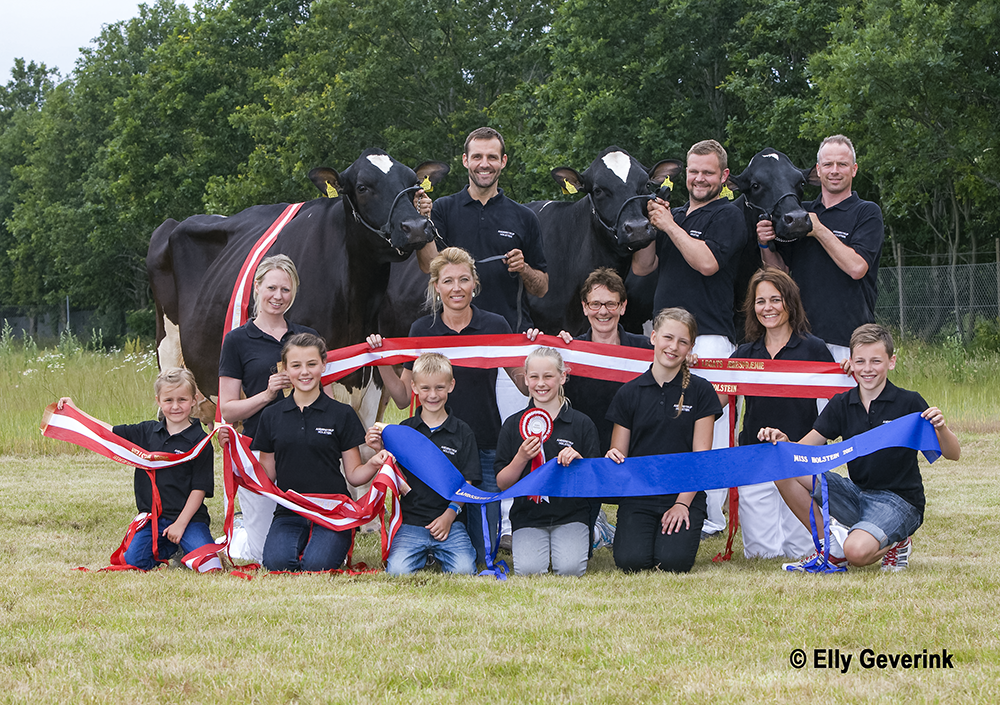
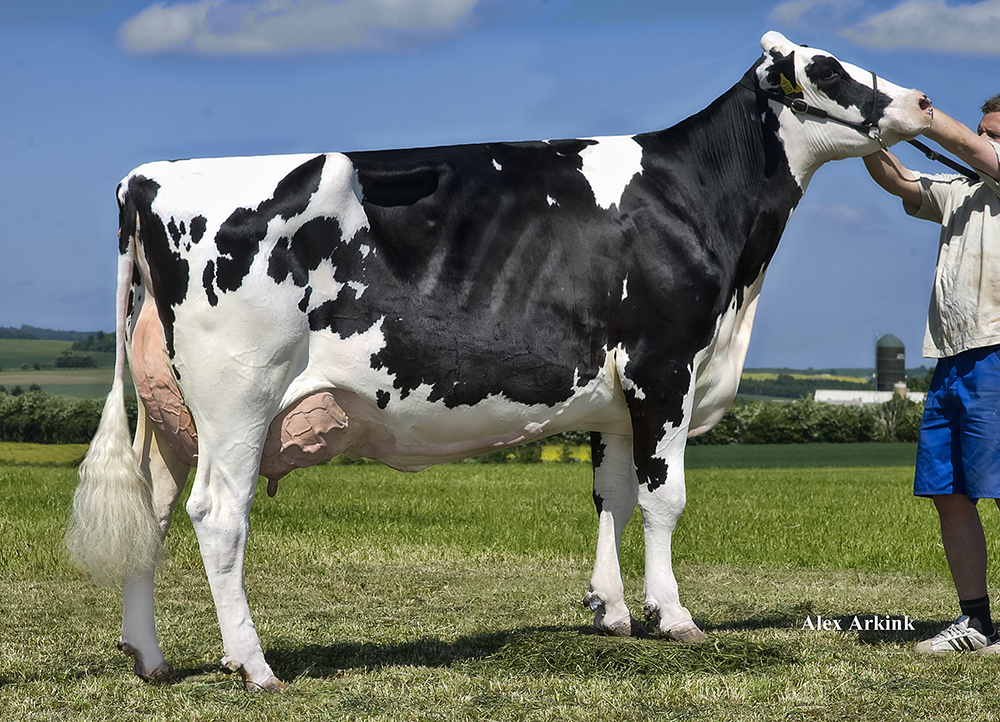
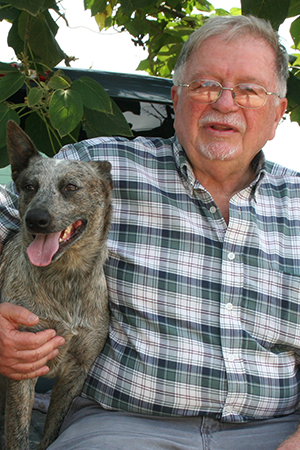

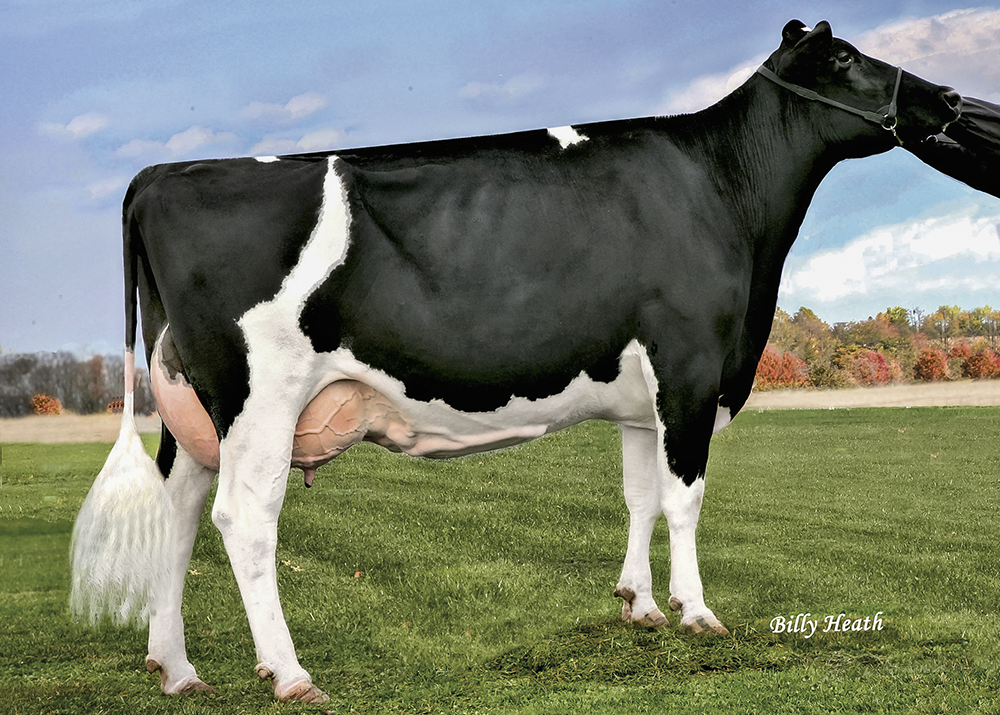
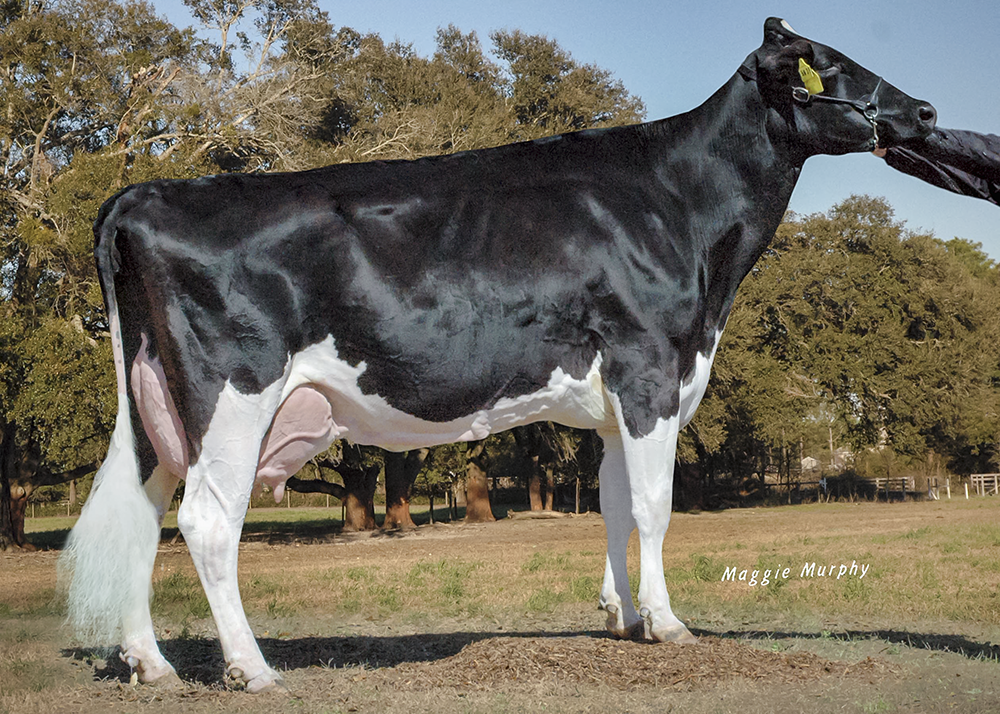
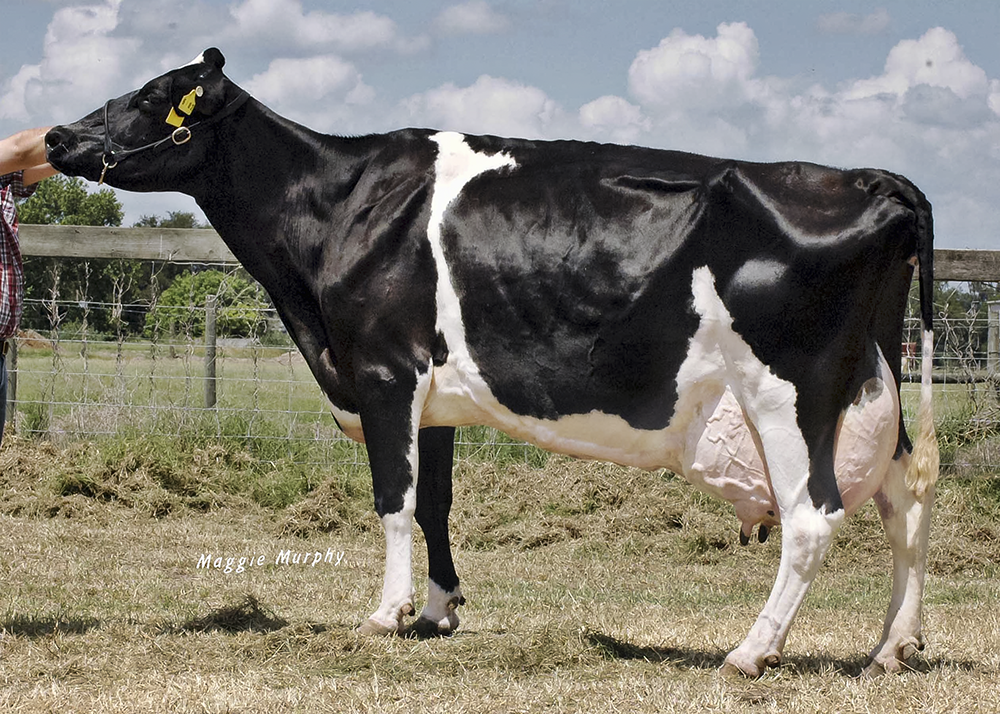
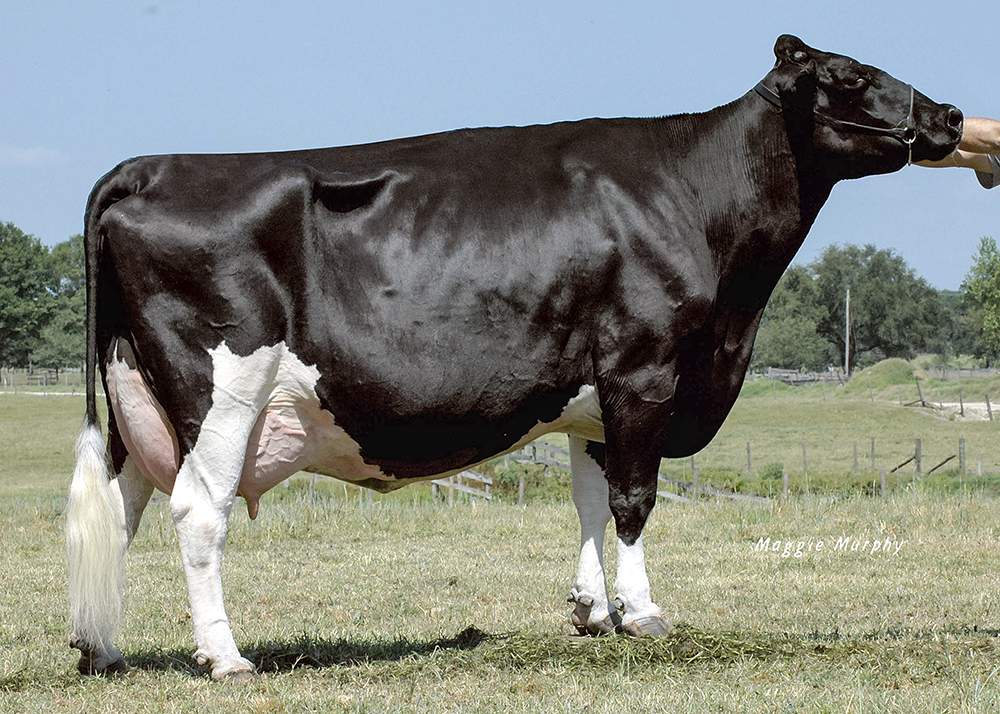
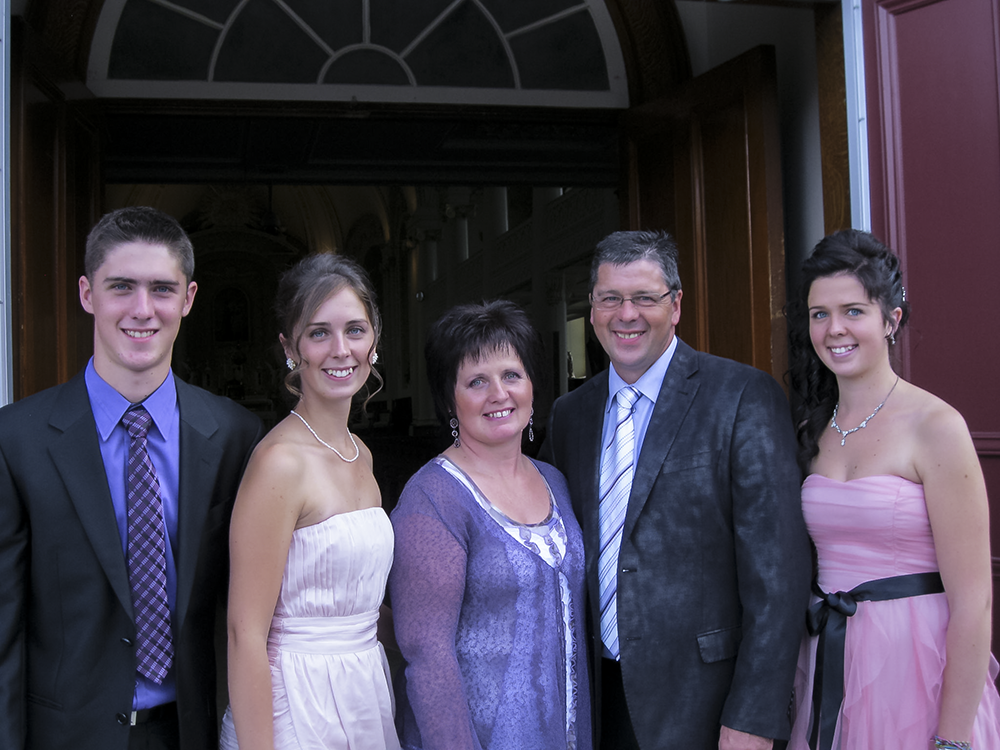
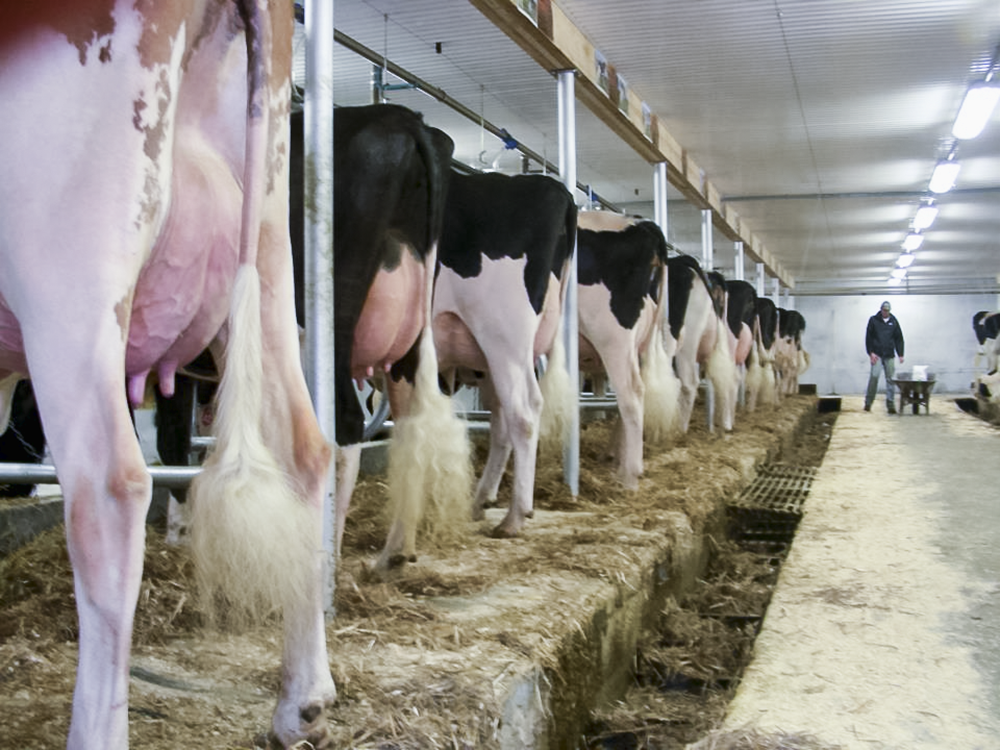
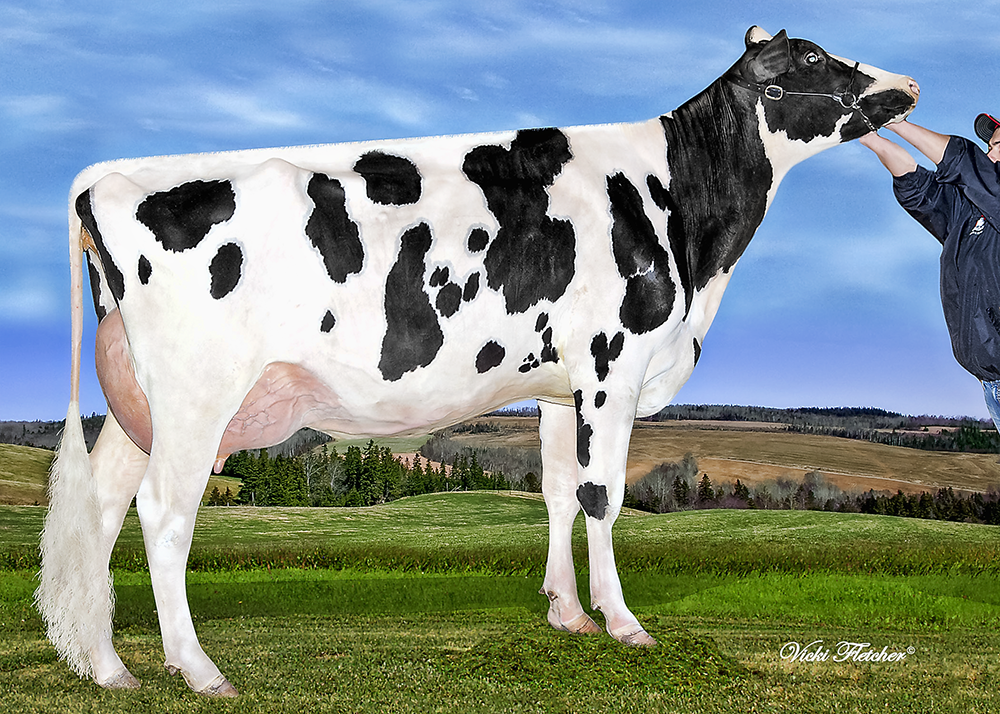
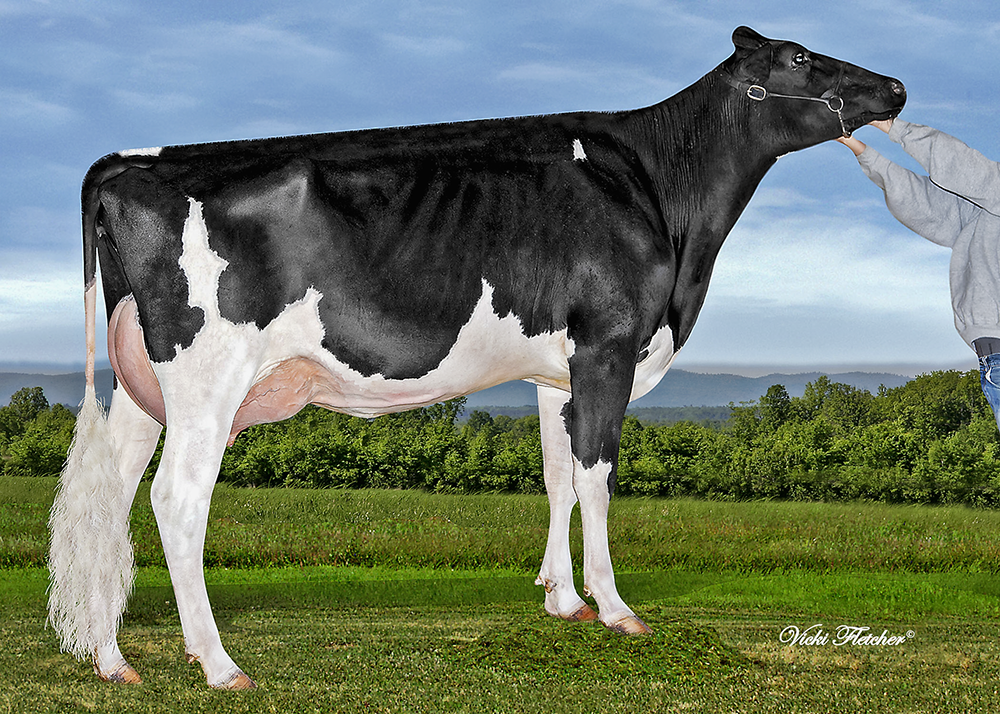
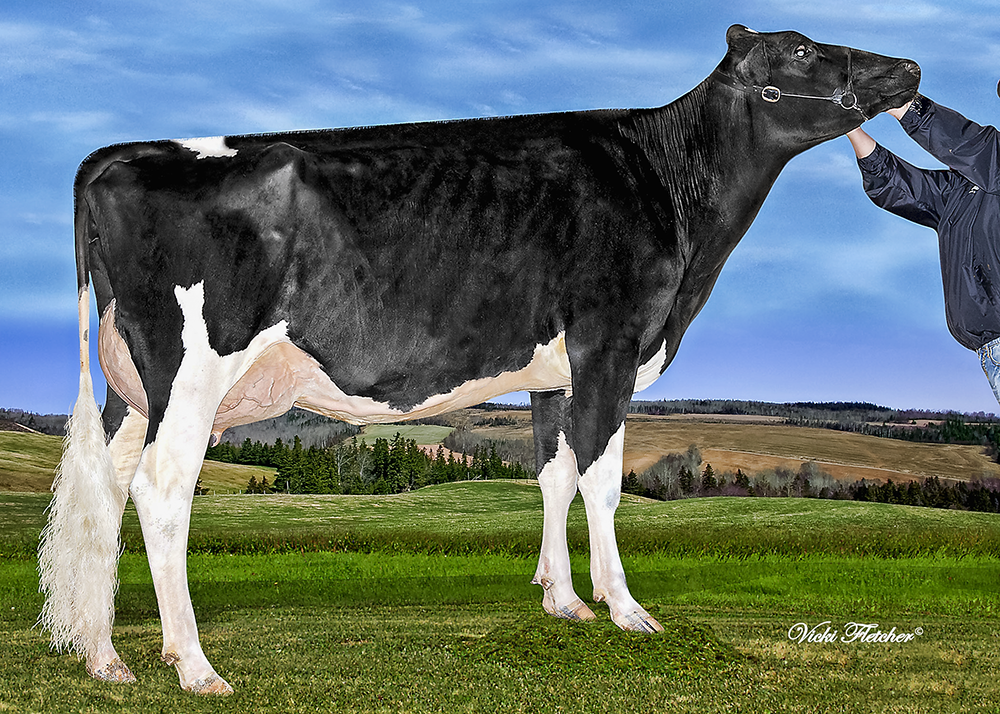
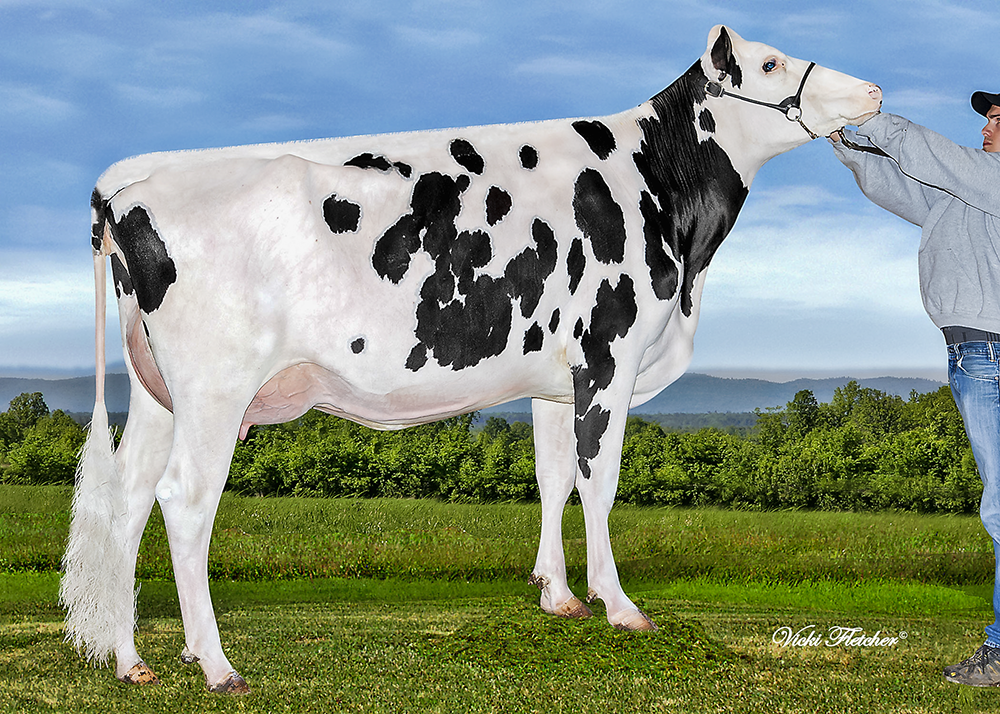
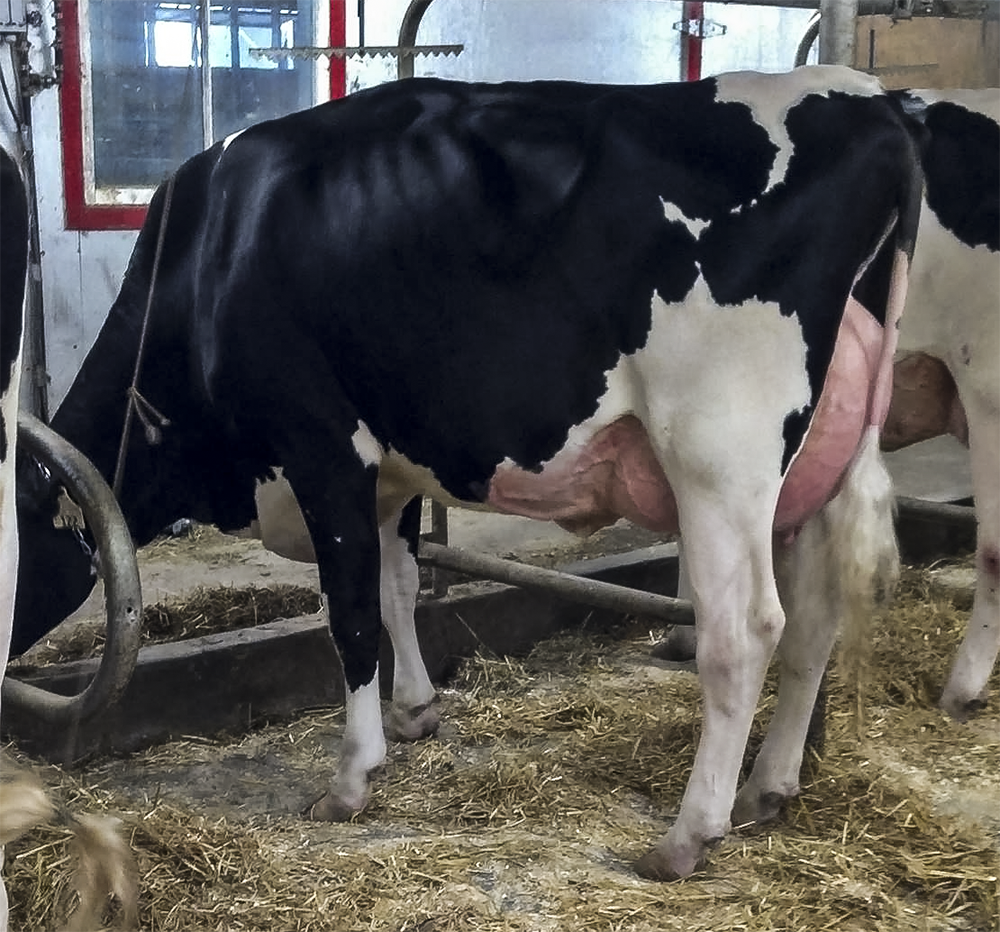

![International-Intrigue-2013_web750[1]](https://www.thebullvine.com/wp-content/uploads/2013/06/International-Intrigue-2013_web7501.jpg)

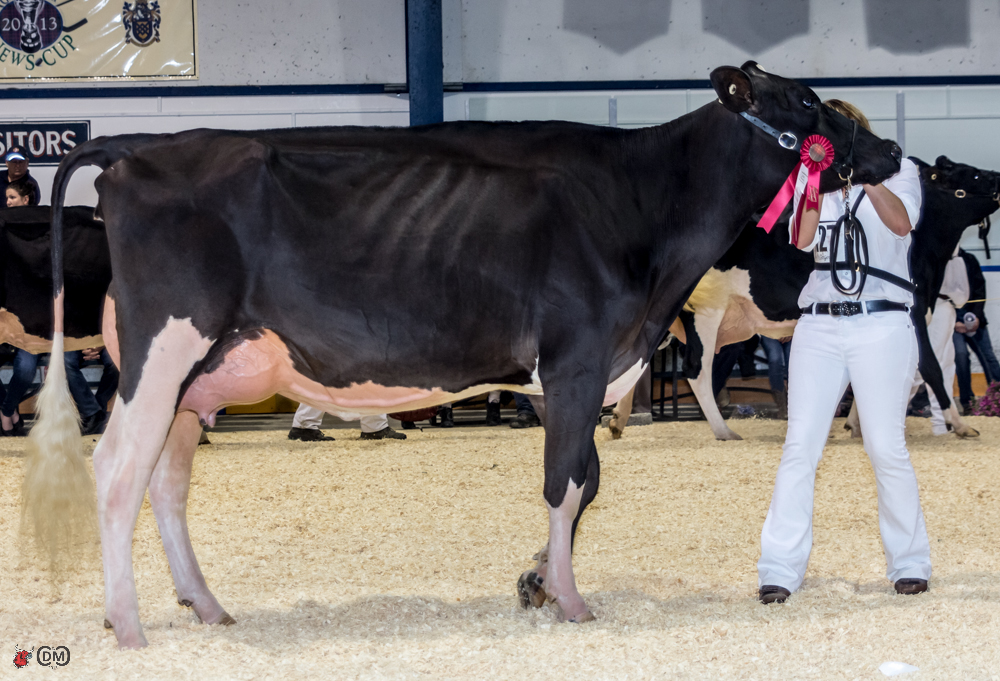

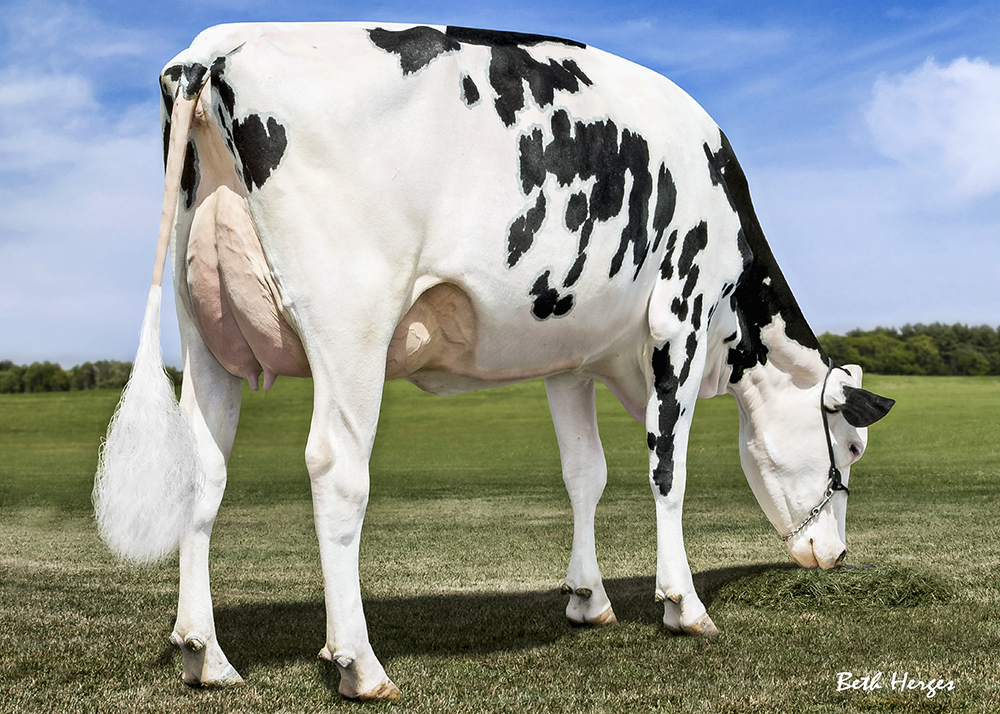
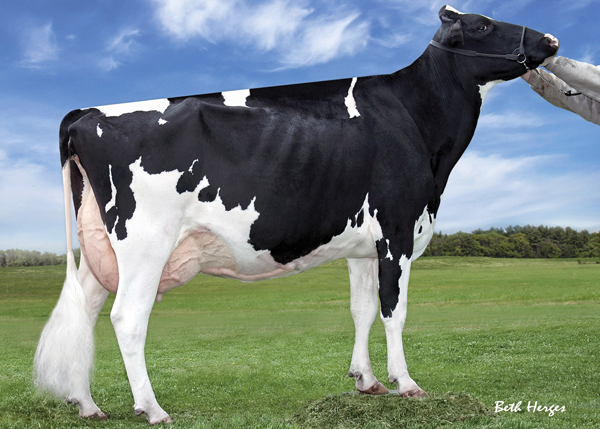

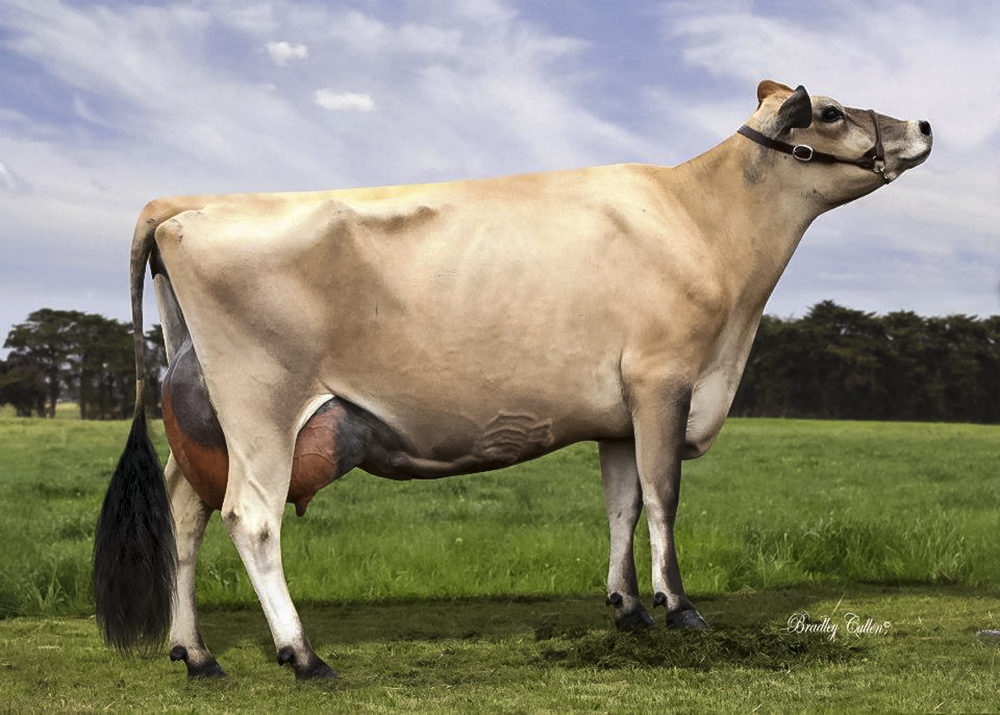
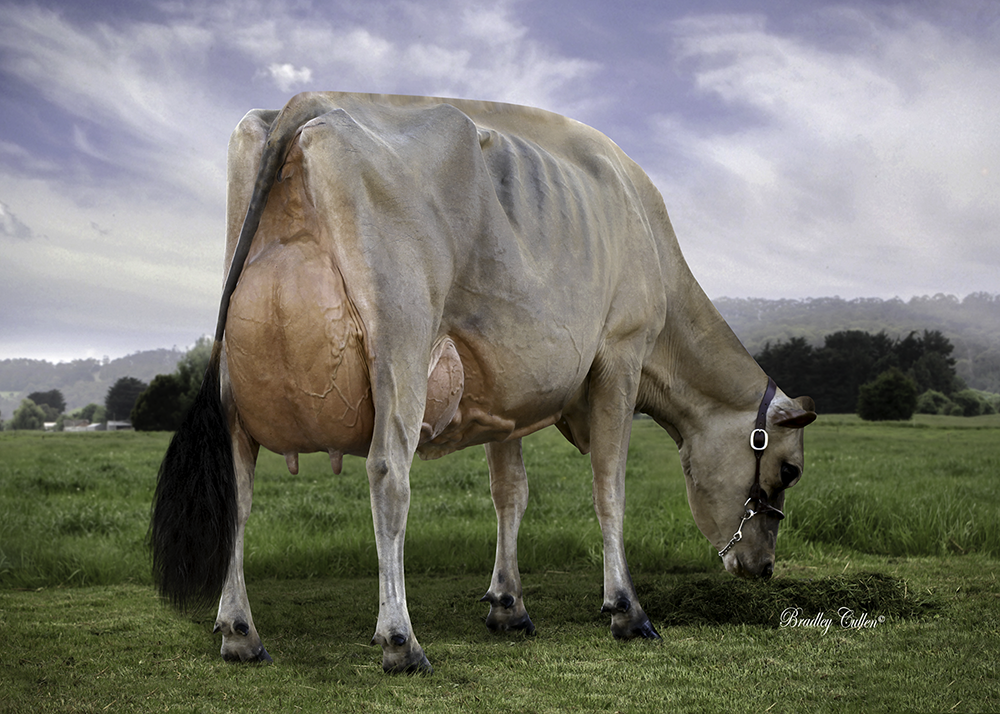
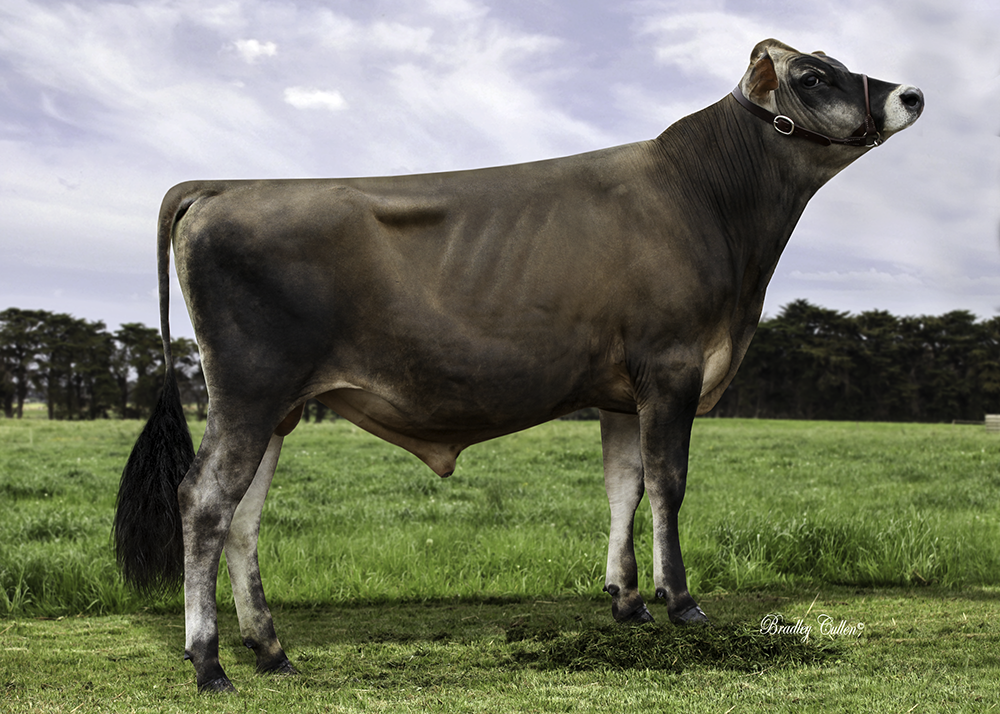
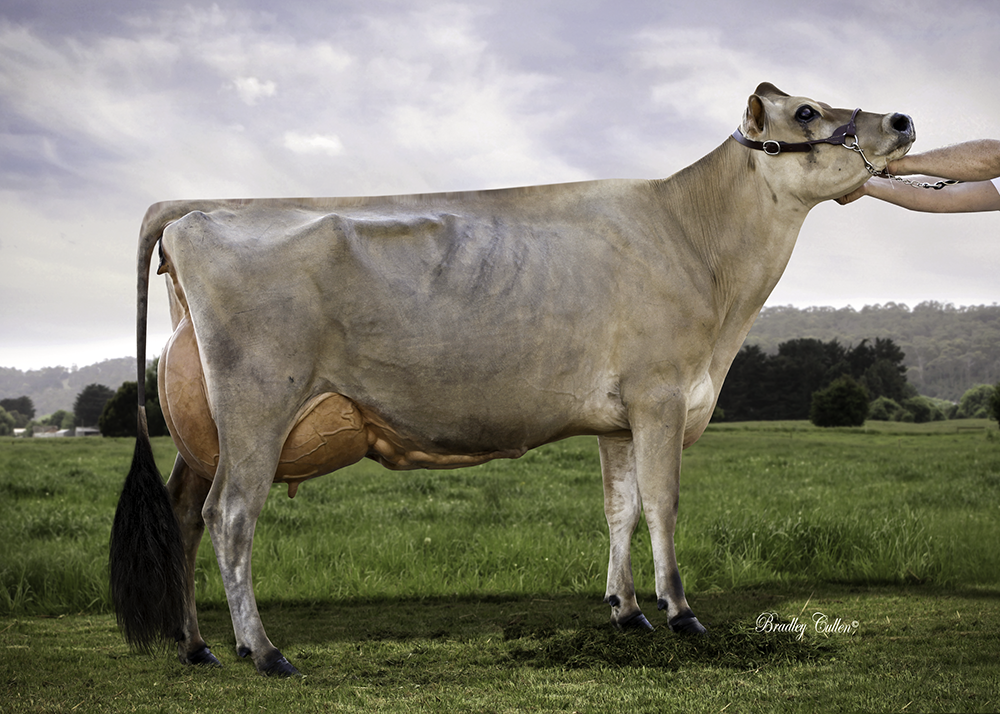
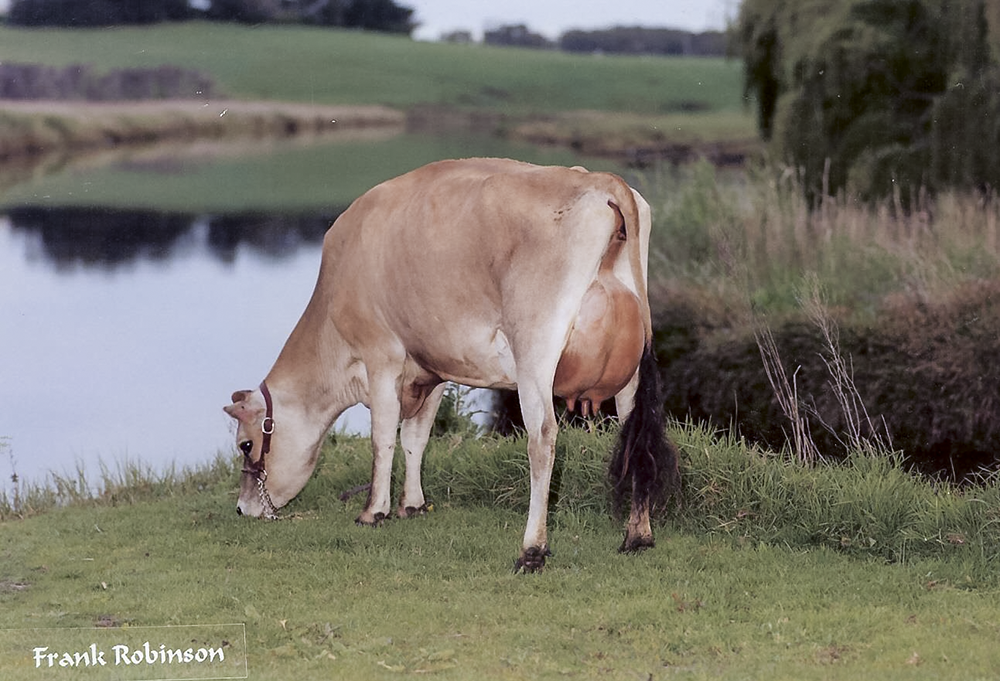

 Anyone looking from the outside in would find it hard to imagine getting as much done as Riverside did in the space of 10 years. Expanding the time period out to 15 years adds even more to their show ring success and, at the same time, shows that they maintained milk production. Their achievements make a fabulous “Bucket List” of accomplishments!
Anyone looking from the outside in would find it hard to imagine getting as much done as Riverside did in the space of 10 years. Expanding the time period out to 15 years adds even more to their show ring success and, at the same time, shows that they maintained milk production. Their achievements make a fabulous “Bucket List” of accomplishments!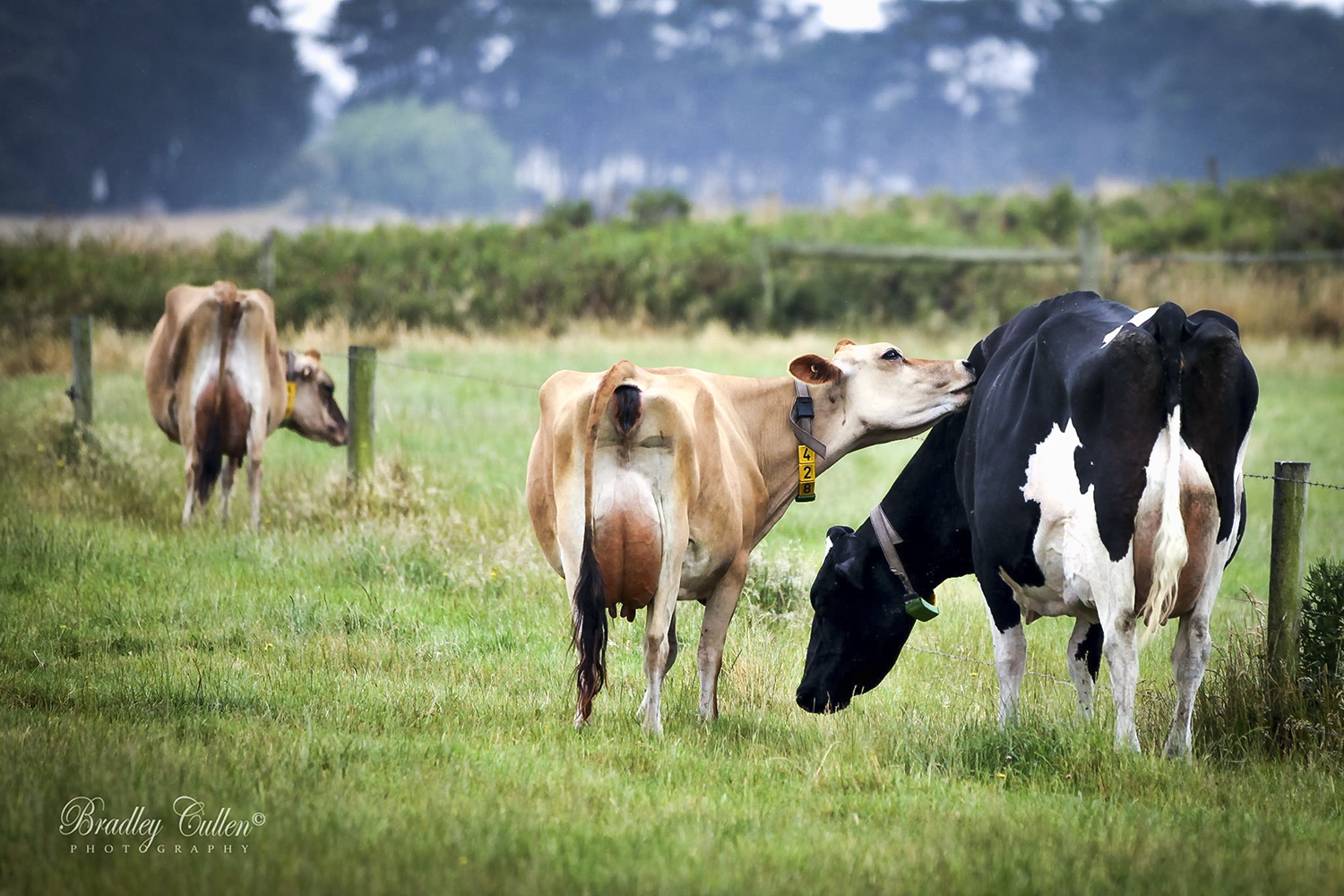
 Absolutely fabulous by any measure but nevertheless not what Karin and Corey consider their single biggest accomplishment. “Personally we believe and hope that is our family.” The Couch Family Five encircles: Brody (13), Jackson (12), Ella (10), Ruby (7) and Ethan (4). And more importantly Karin sums it up by taking it beyond just their immediate family “If there is one thing I hope we can do it is to inspire the generation behind us to go better, harder and lead the way!
Absolutely fabulous by any measure but nevertheless not what Karin and Corey consider their single biggest accomplishment. “Personally we believe and hope that is our family.” The Couch Family Five encircles: Brody (13), Jackson (12), Ella (10), Ruby (7) and Ethan (4). And more importantly Karin sums it up by taking it beyond just their immediate family “If there is one thing I hope we can do it is to inspire the generation behind us to go better, harder and lead the way!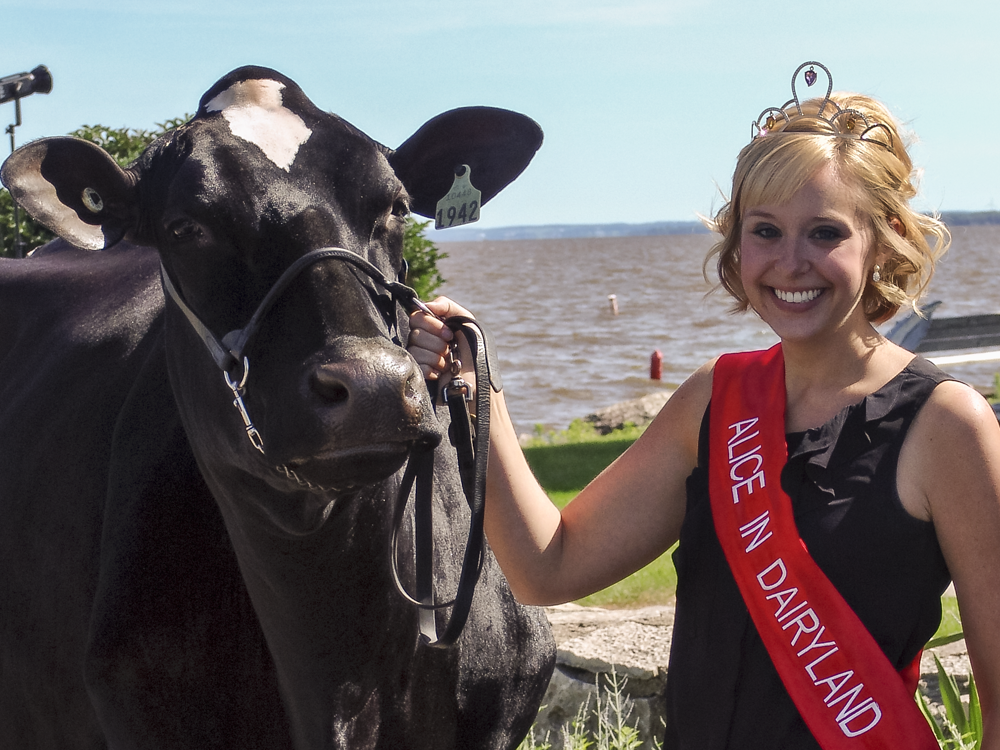
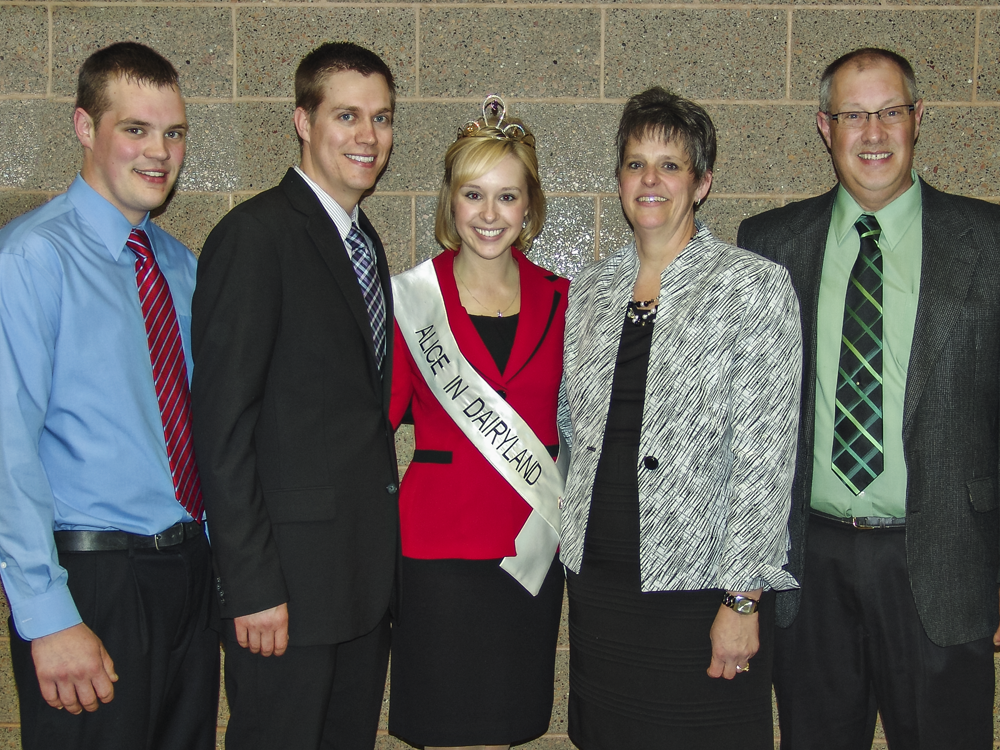
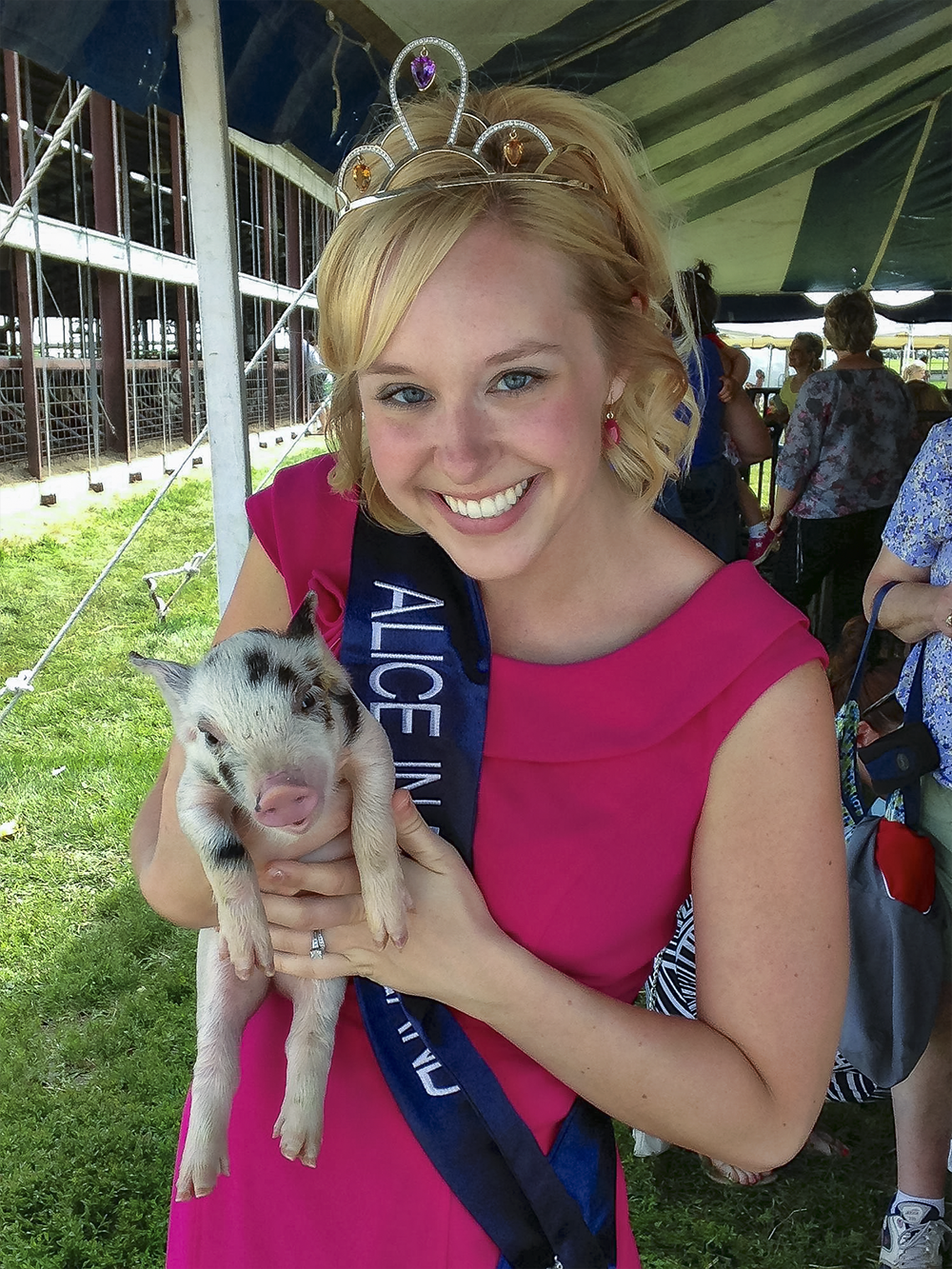
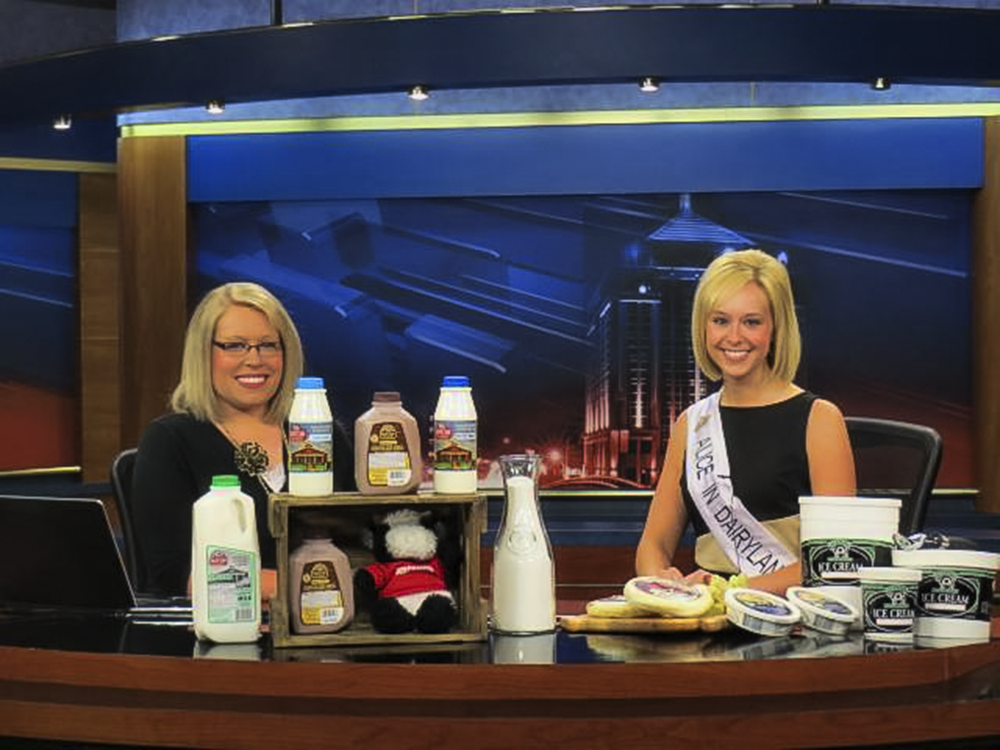

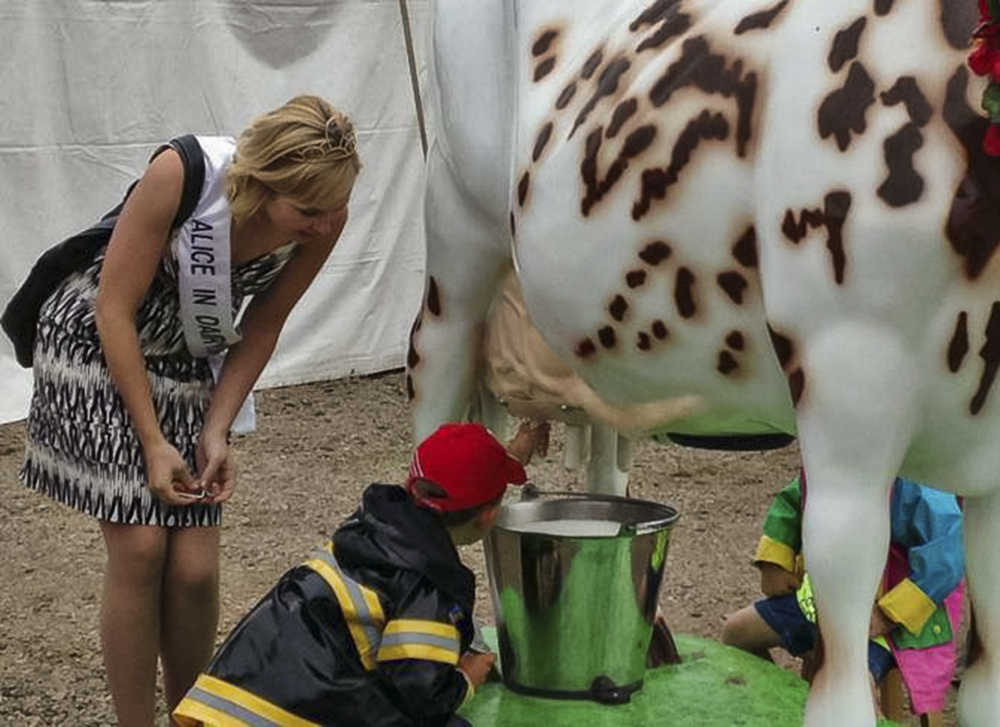
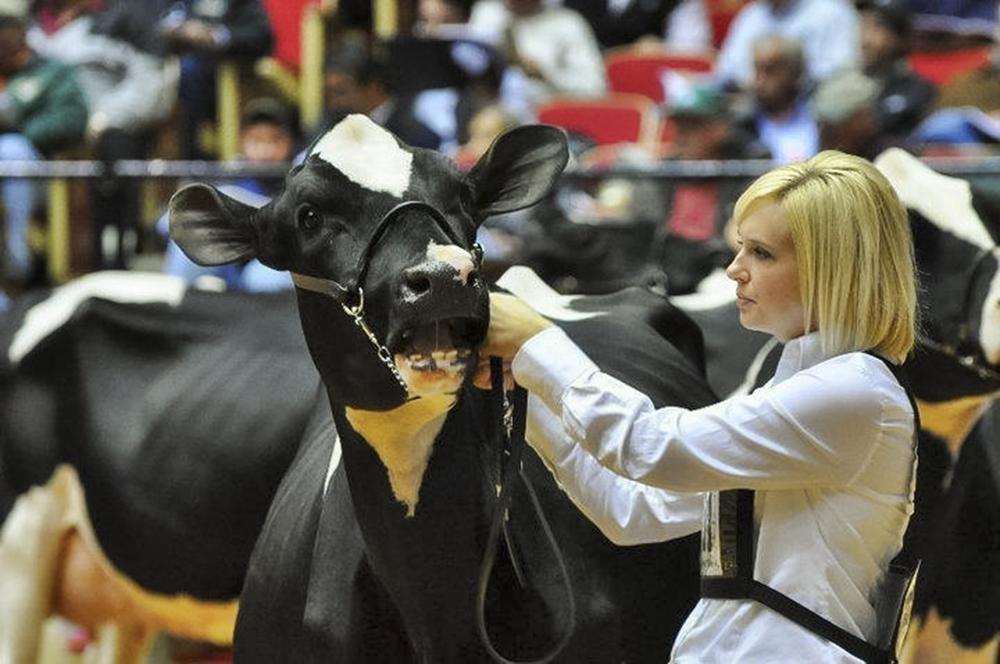
.jpg)
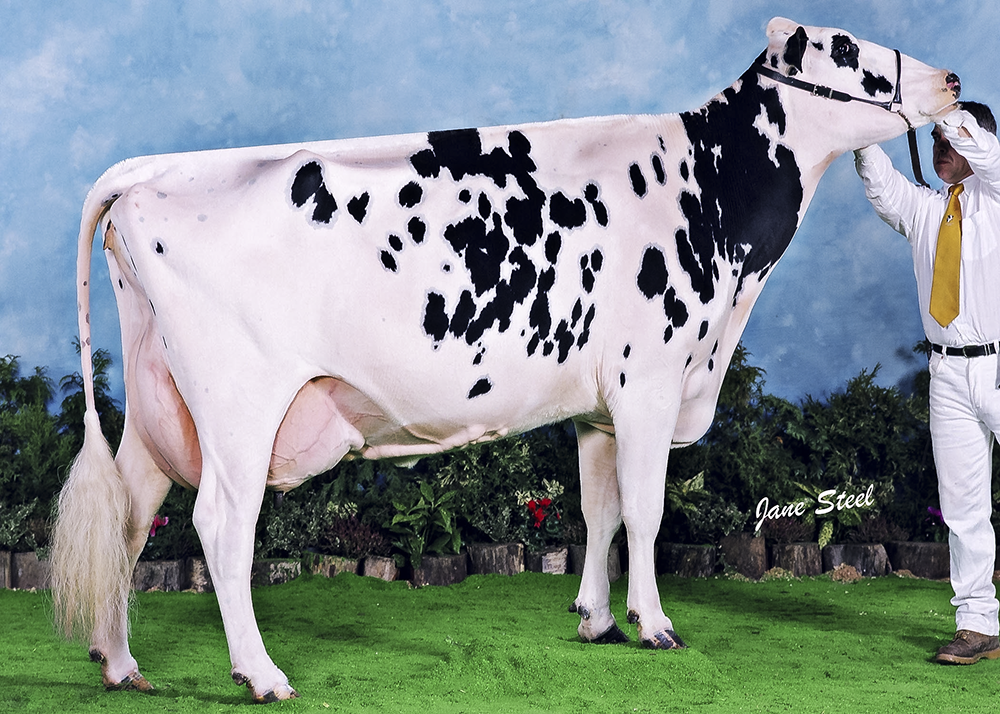
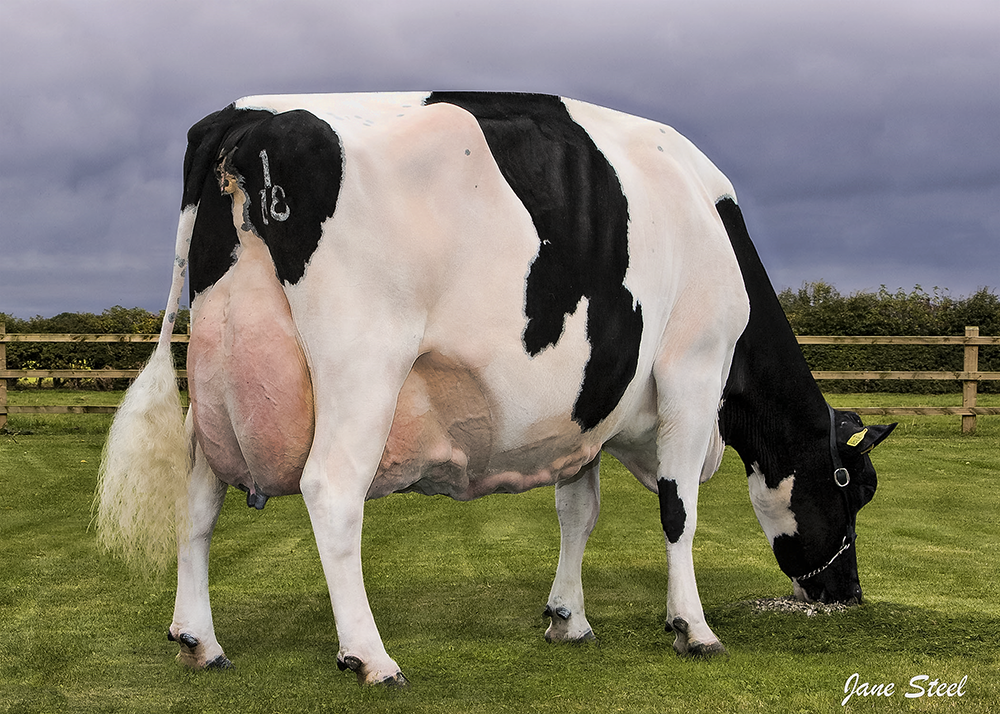
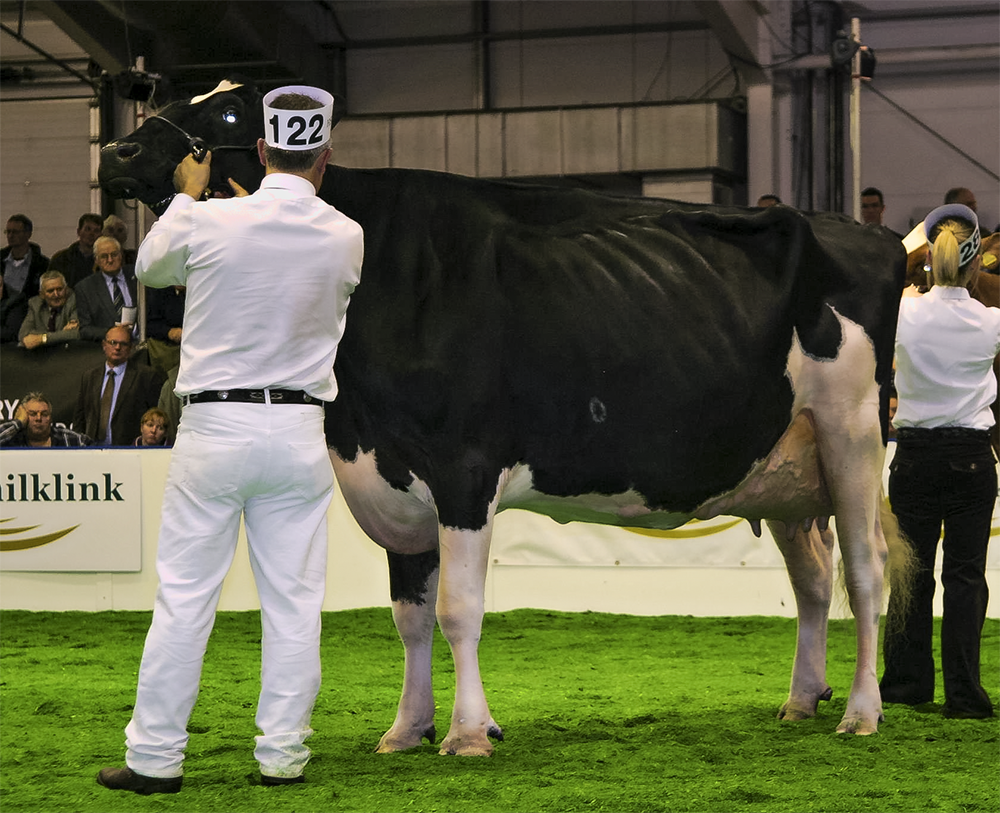
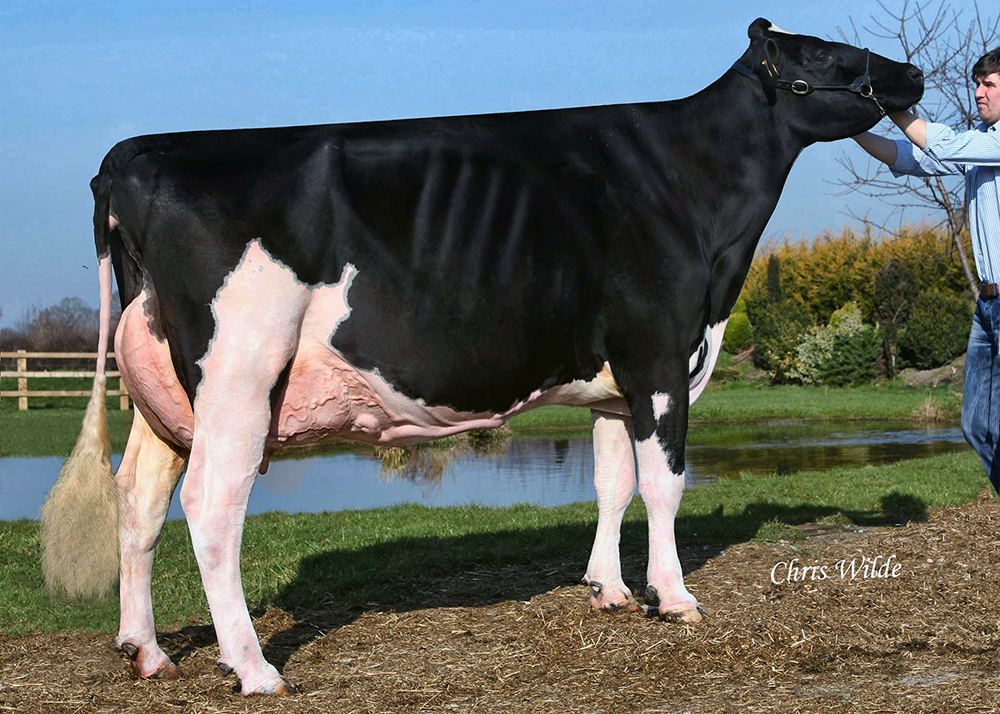
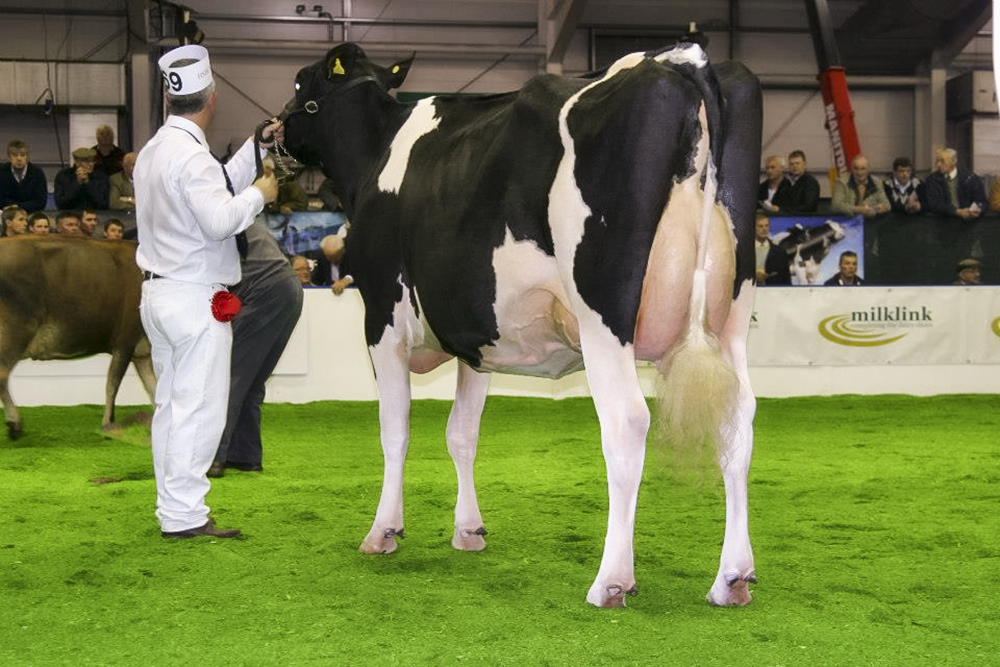
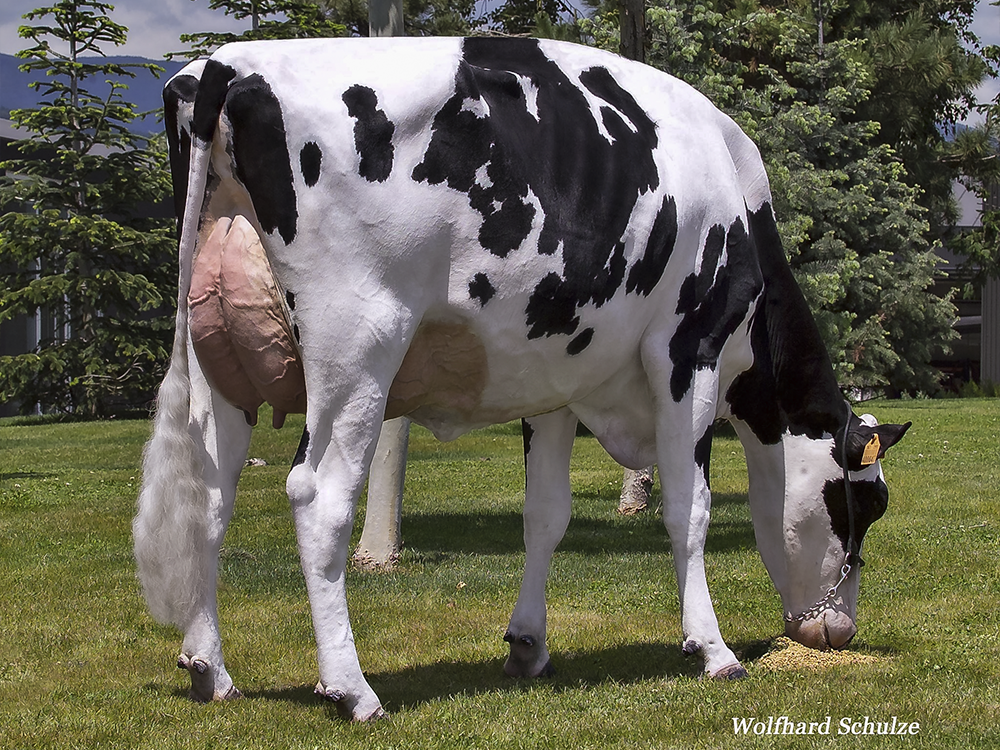
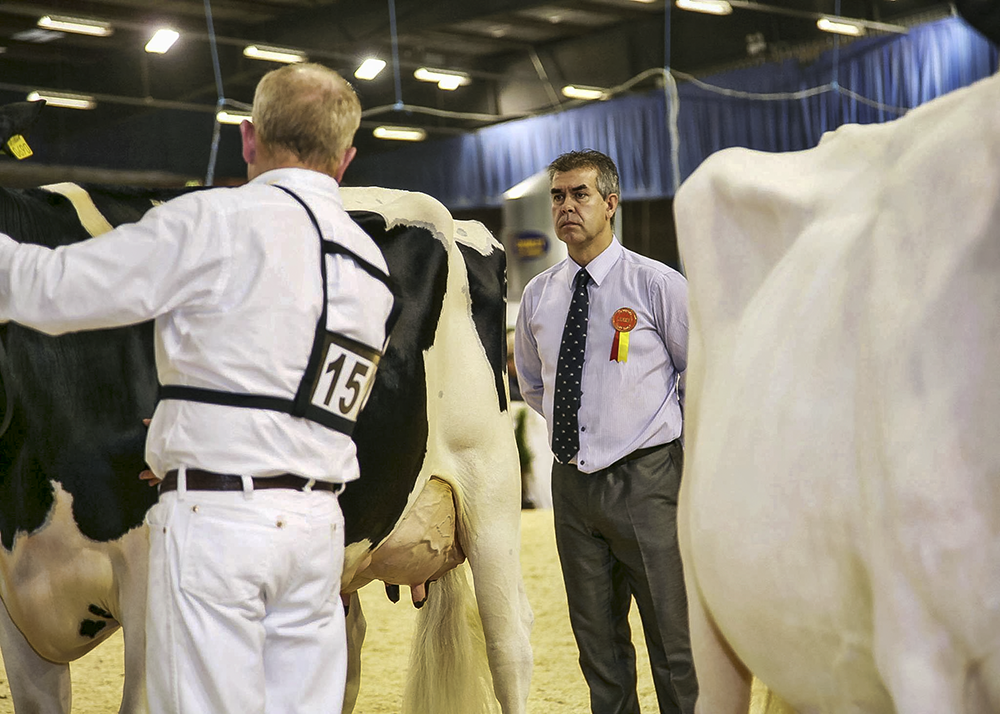
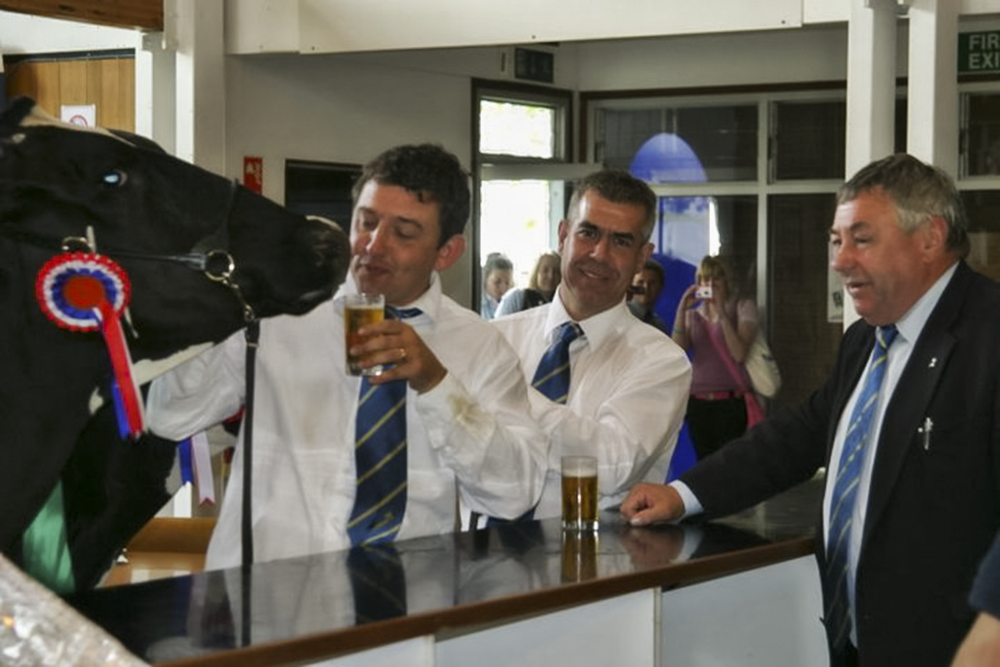
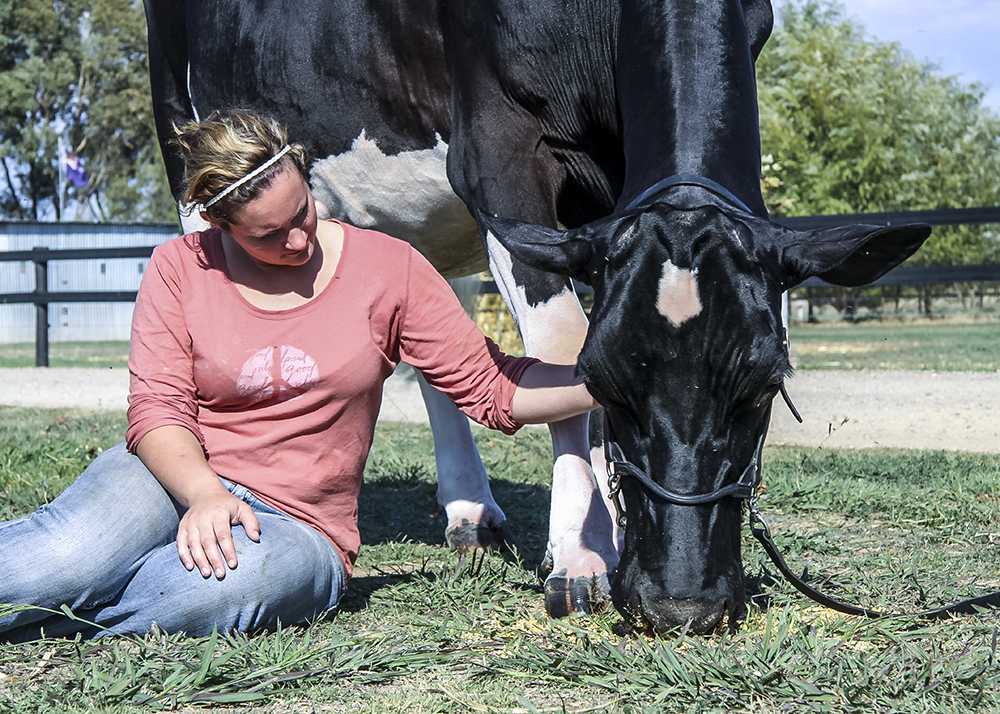
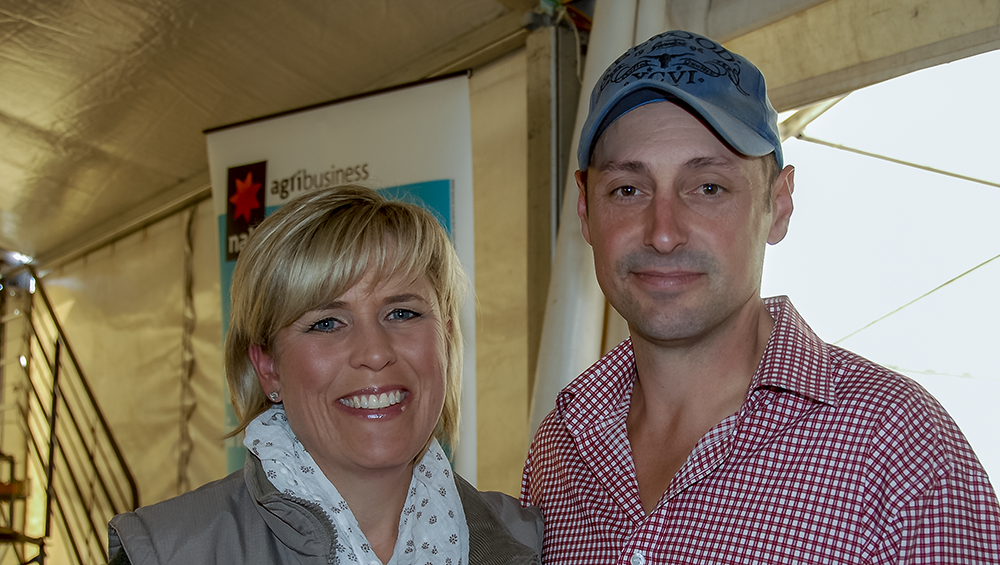
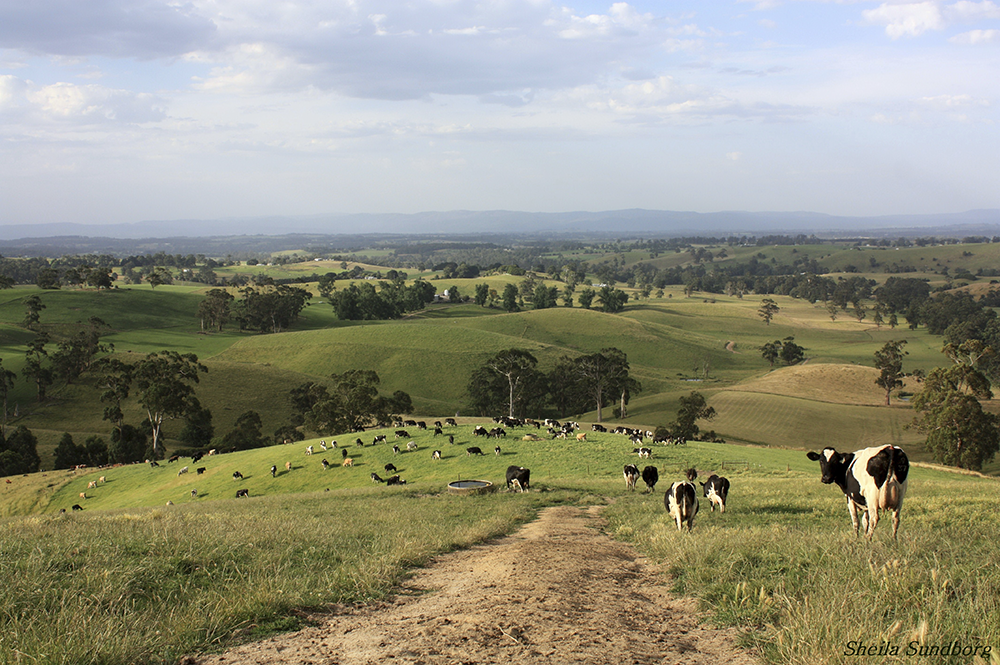
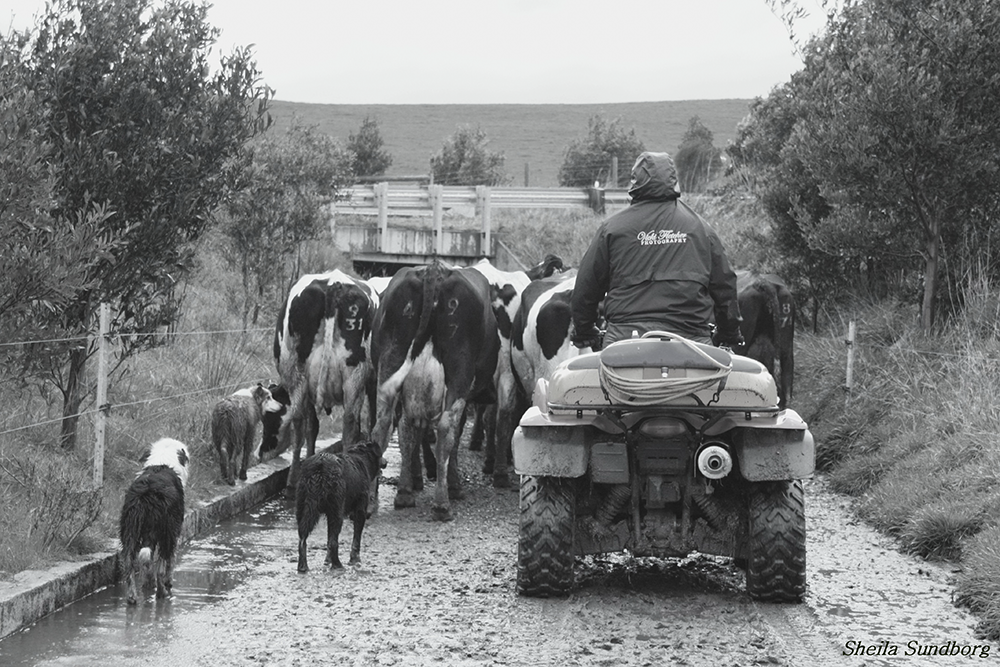
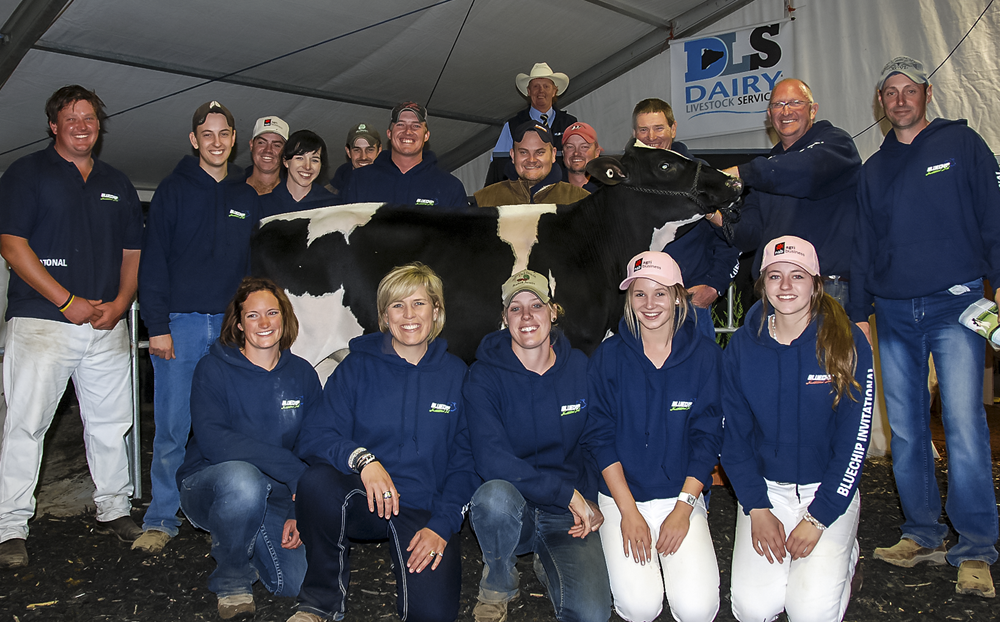
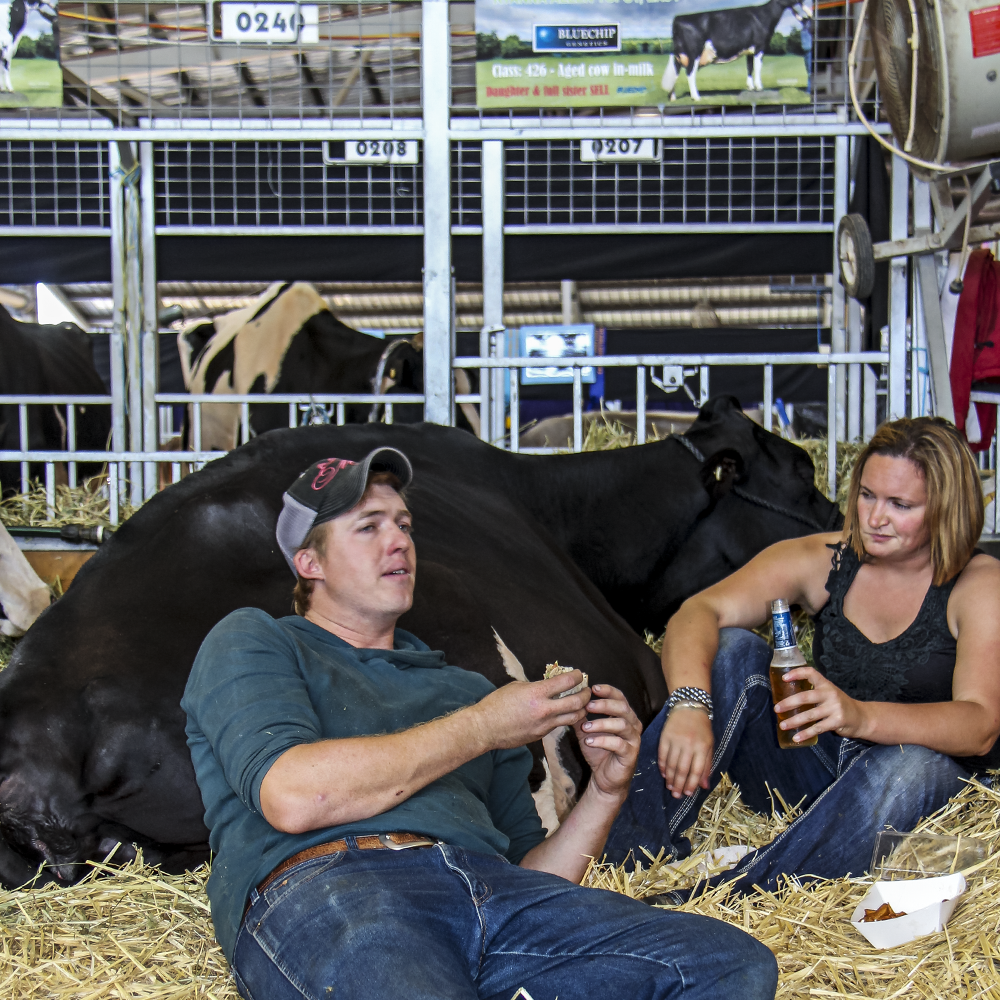
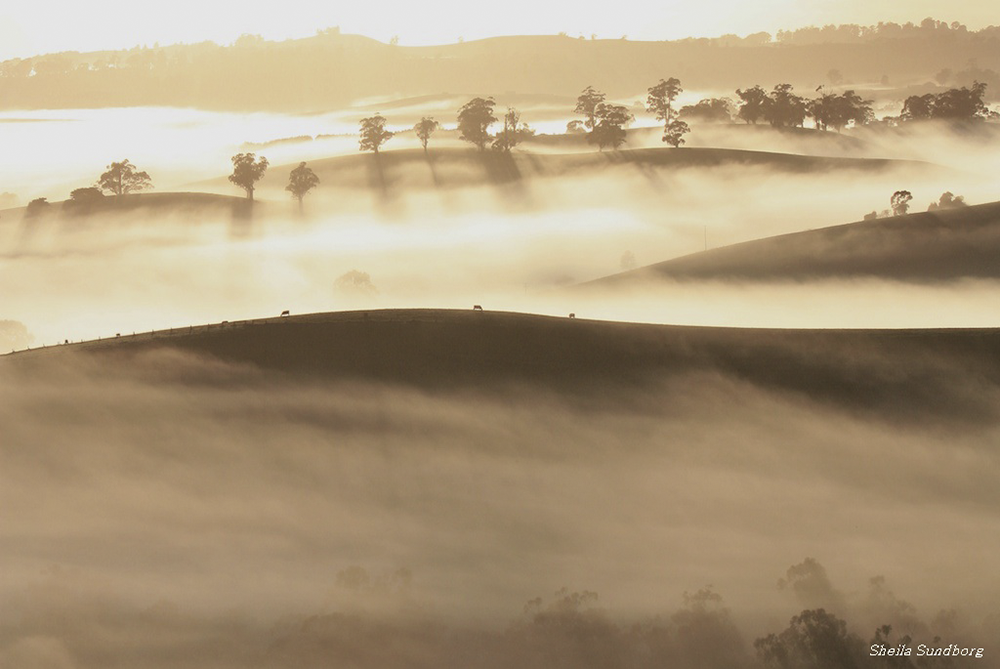
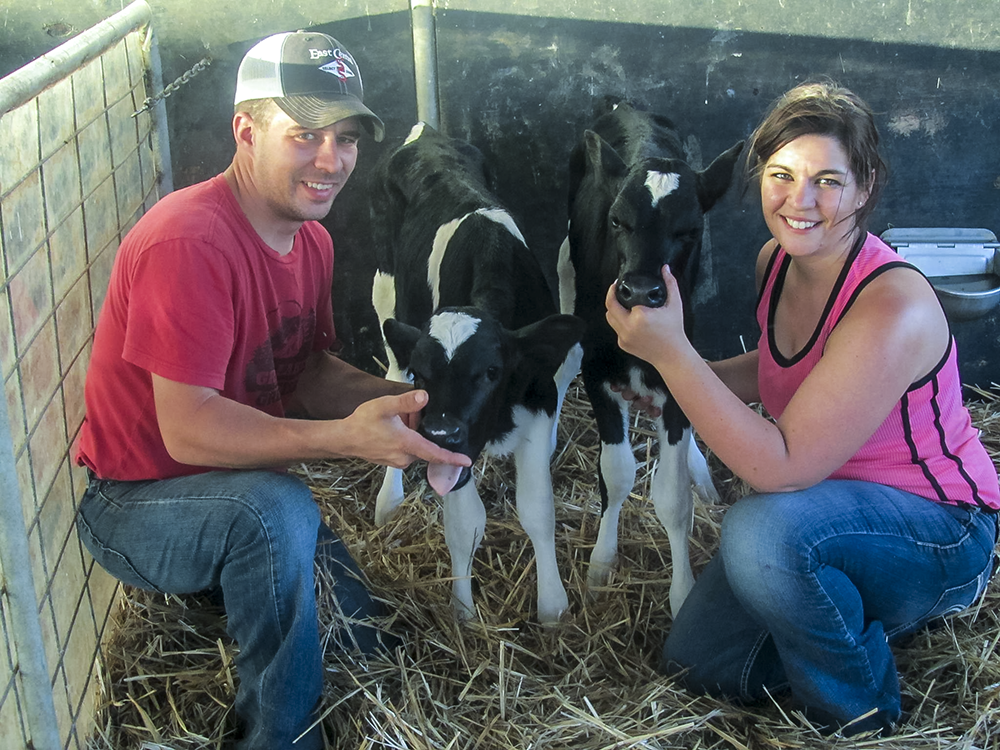
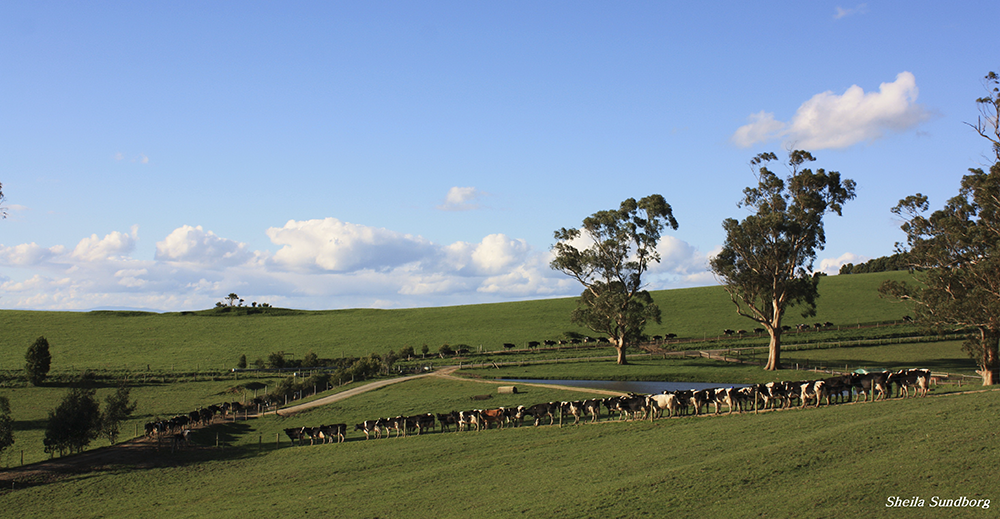

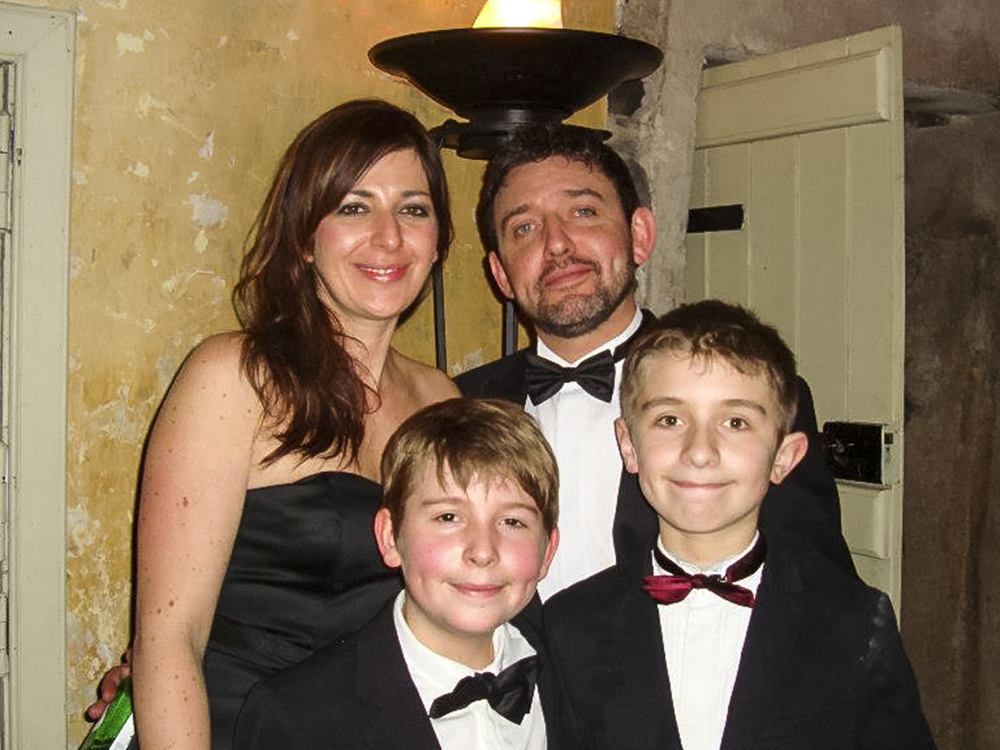
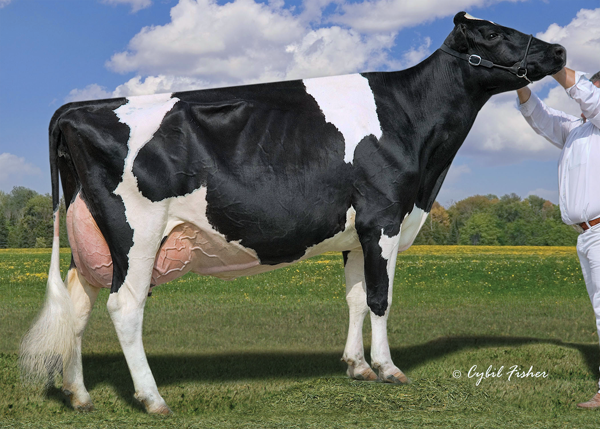
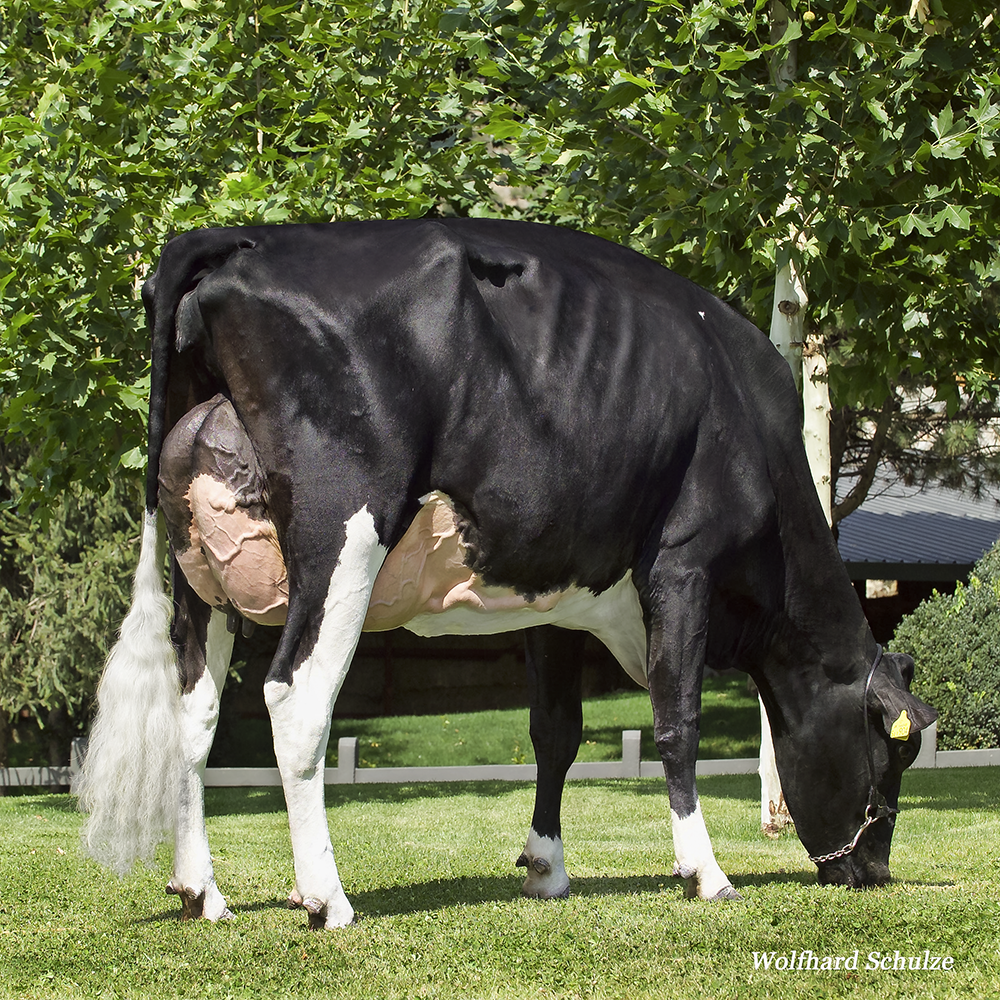
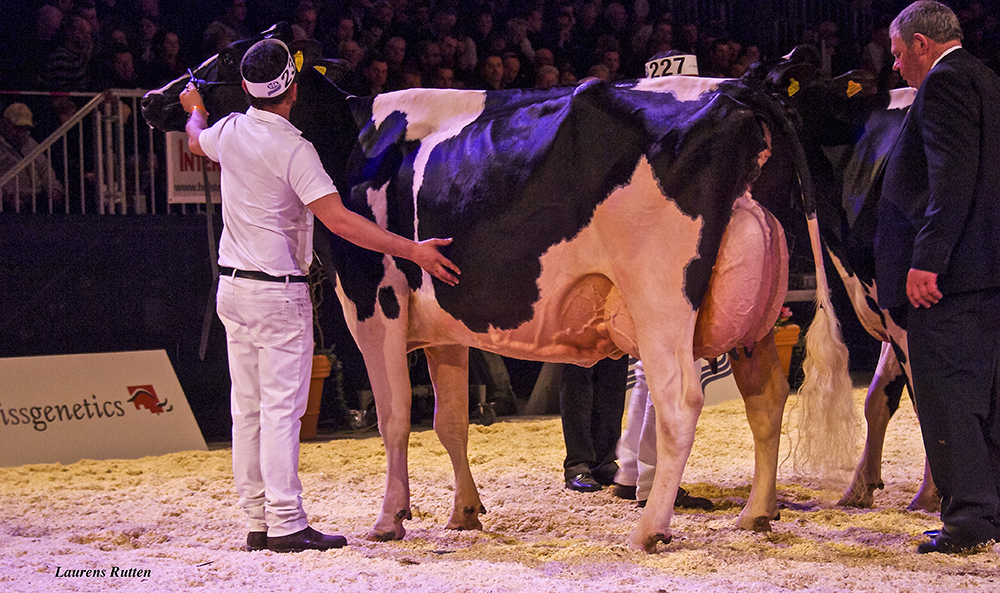
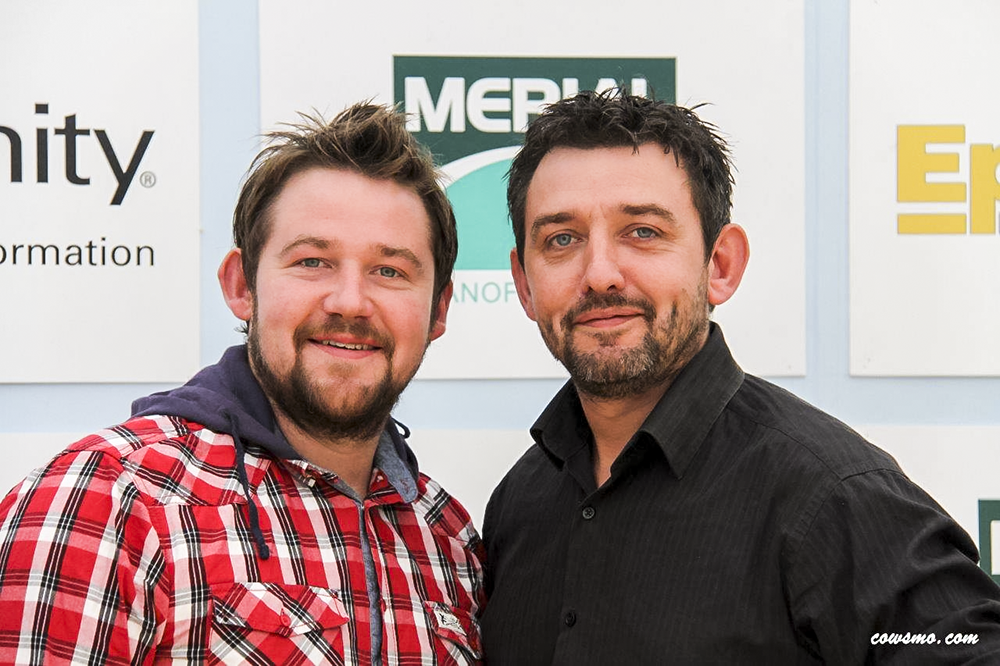

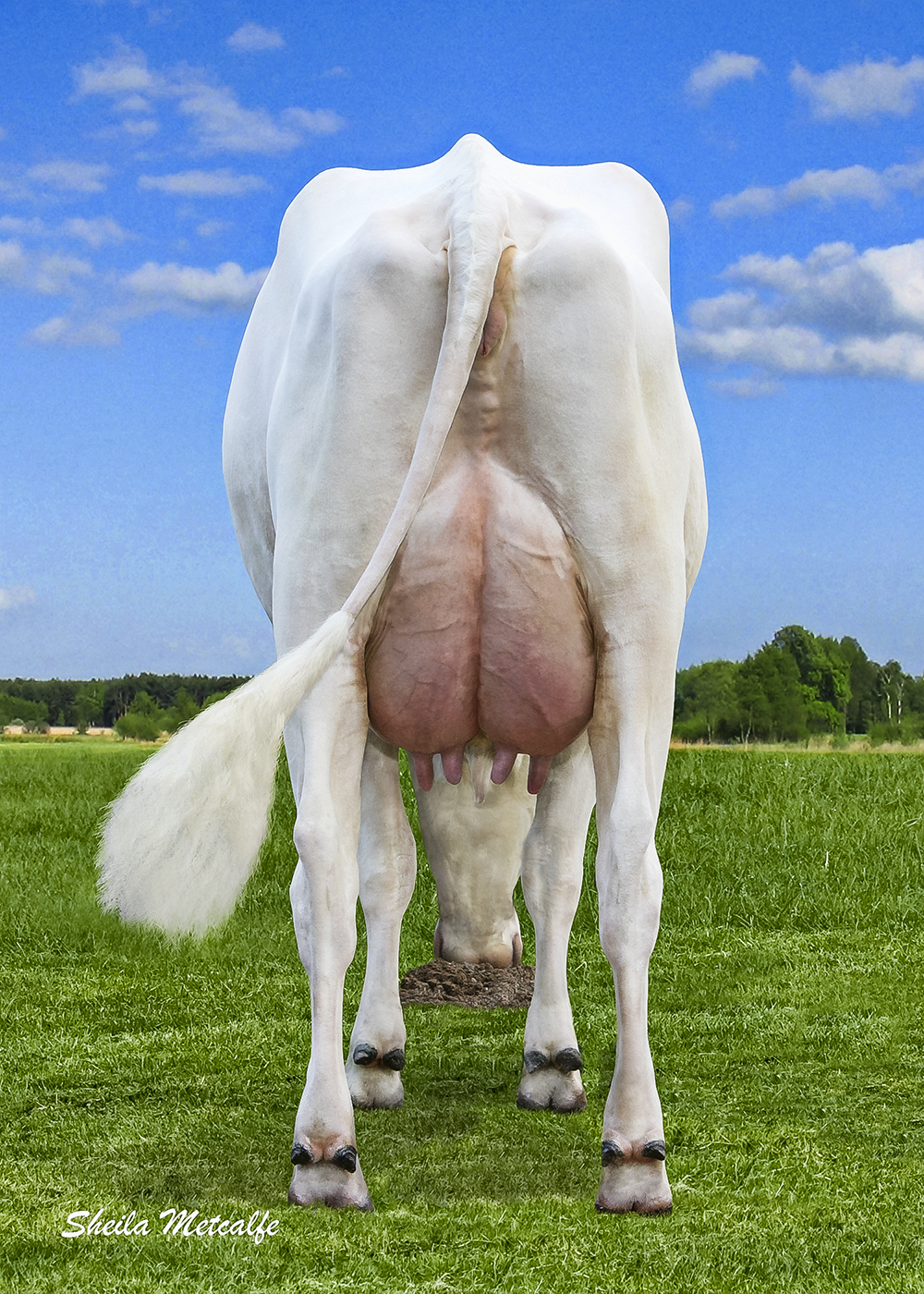
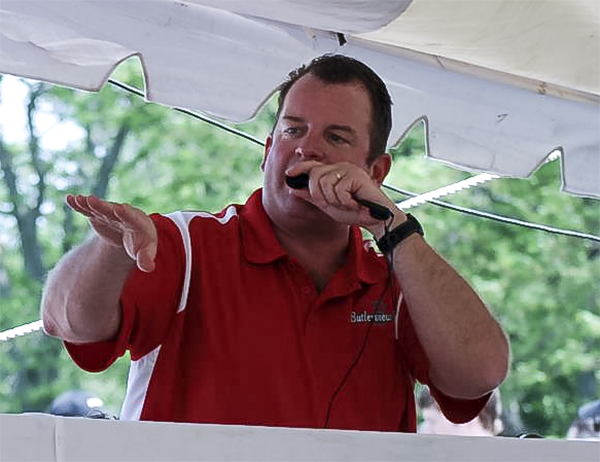
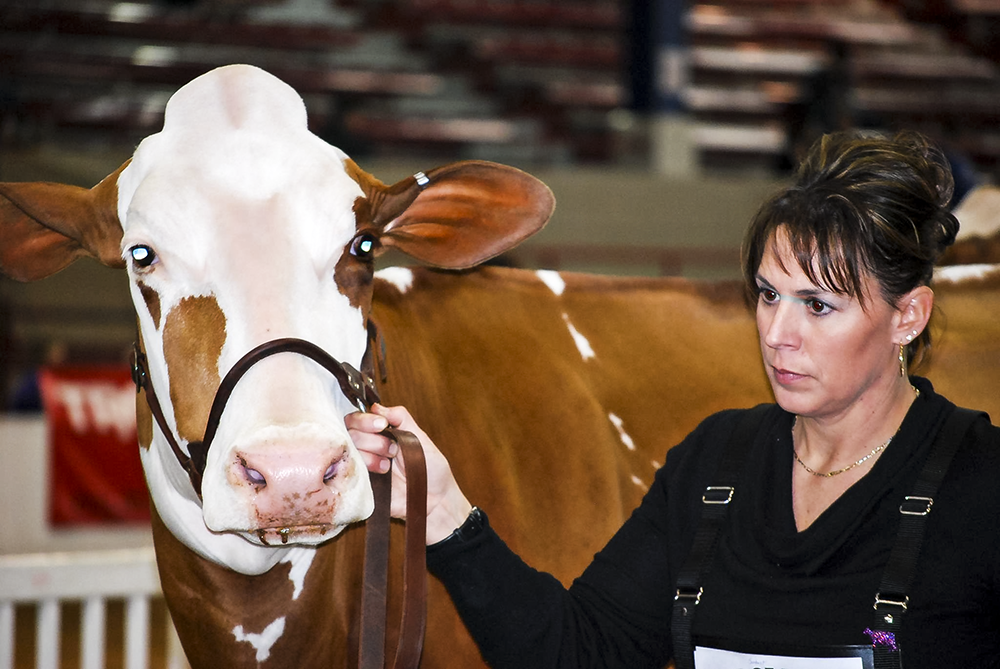

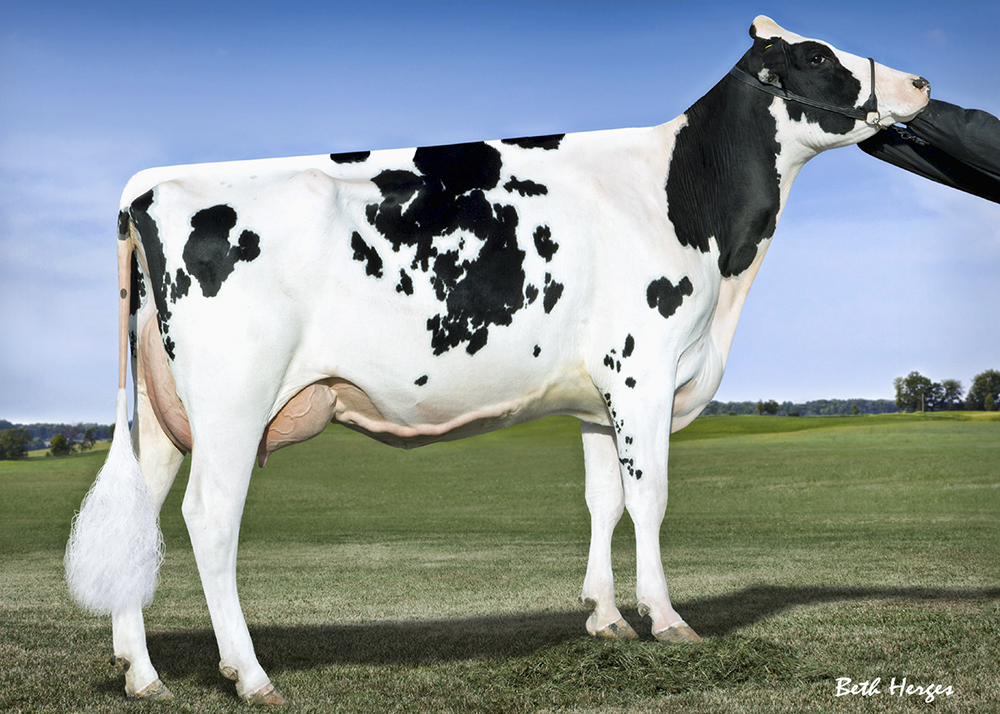
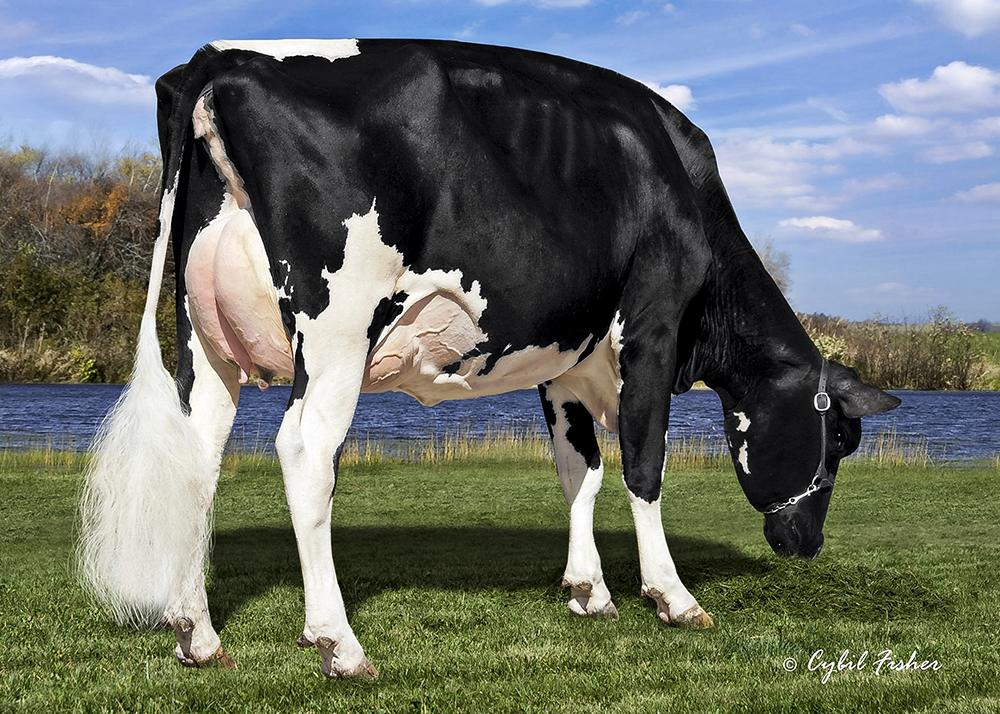
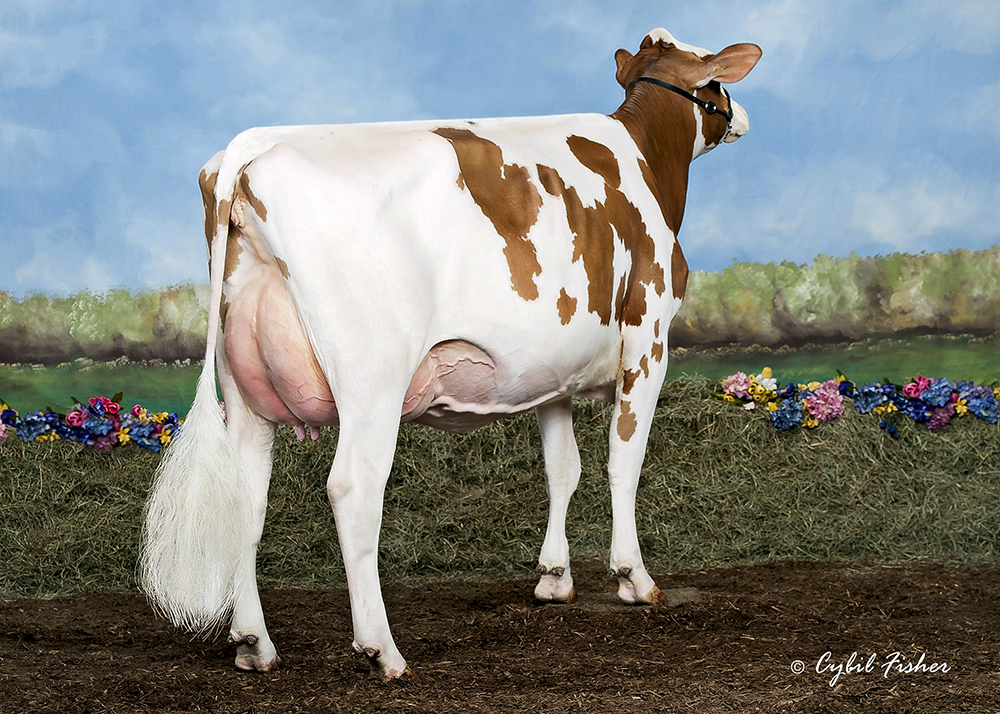
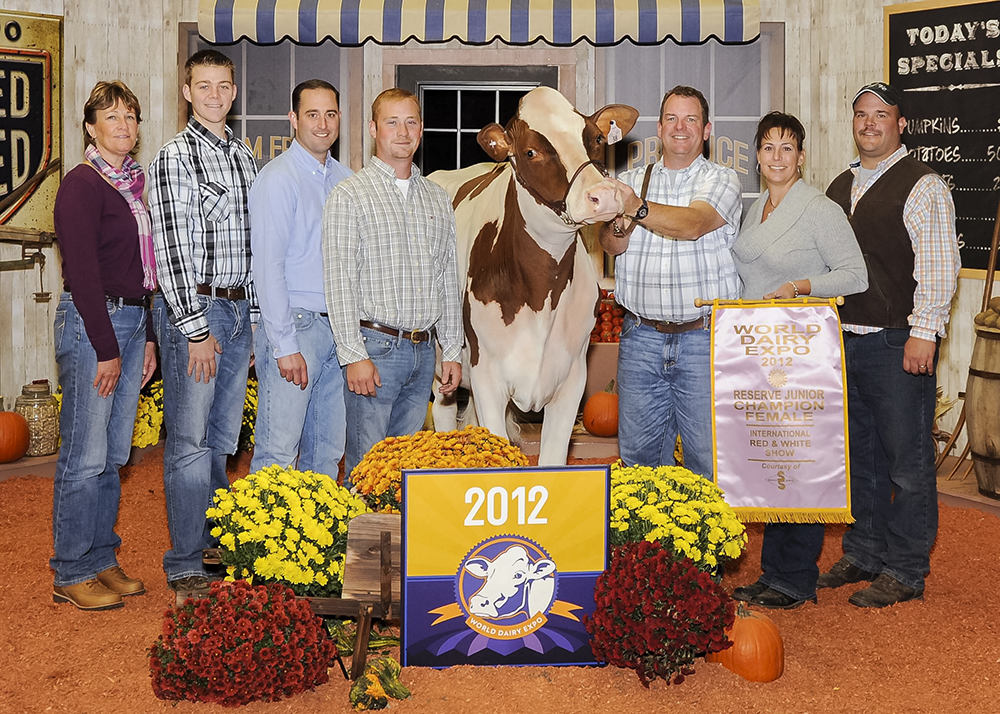
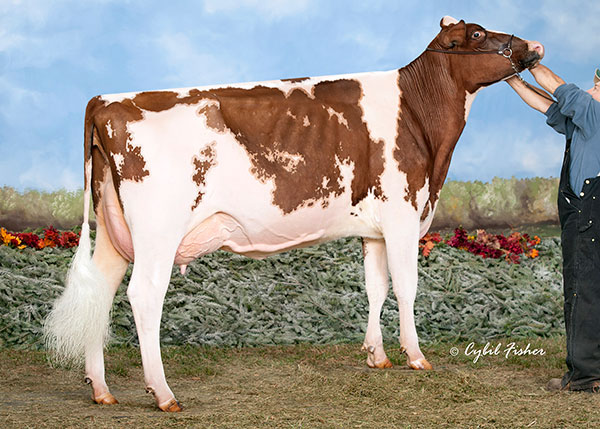
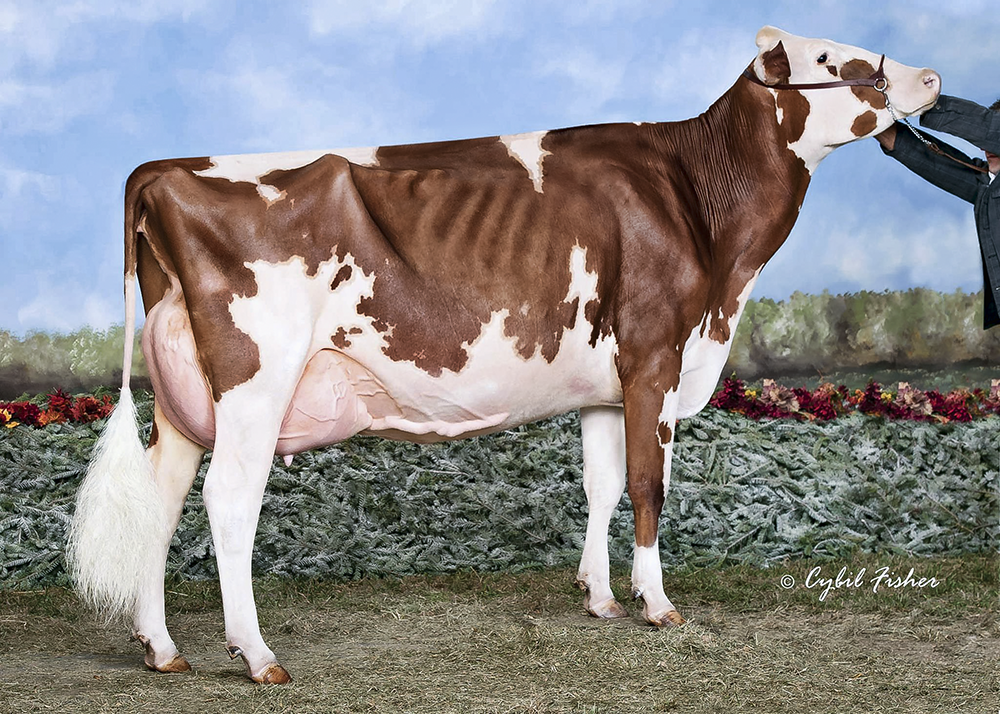
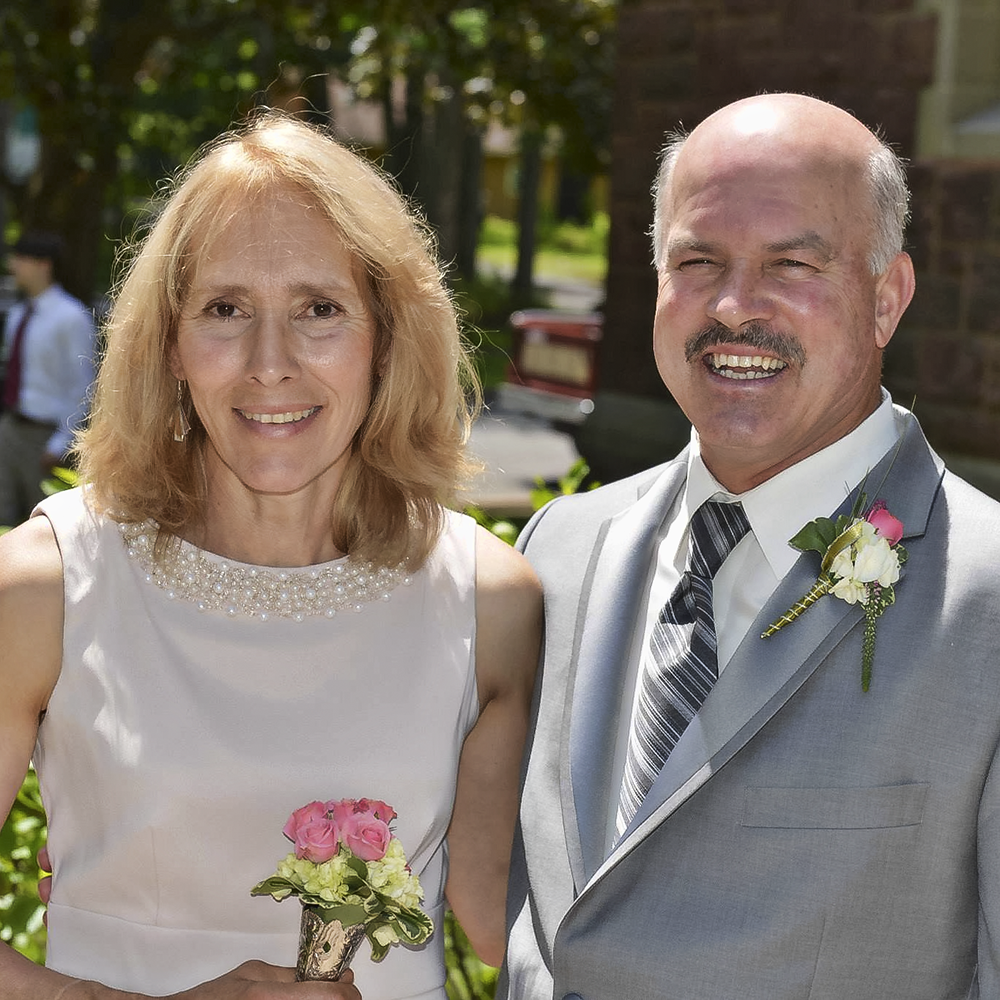

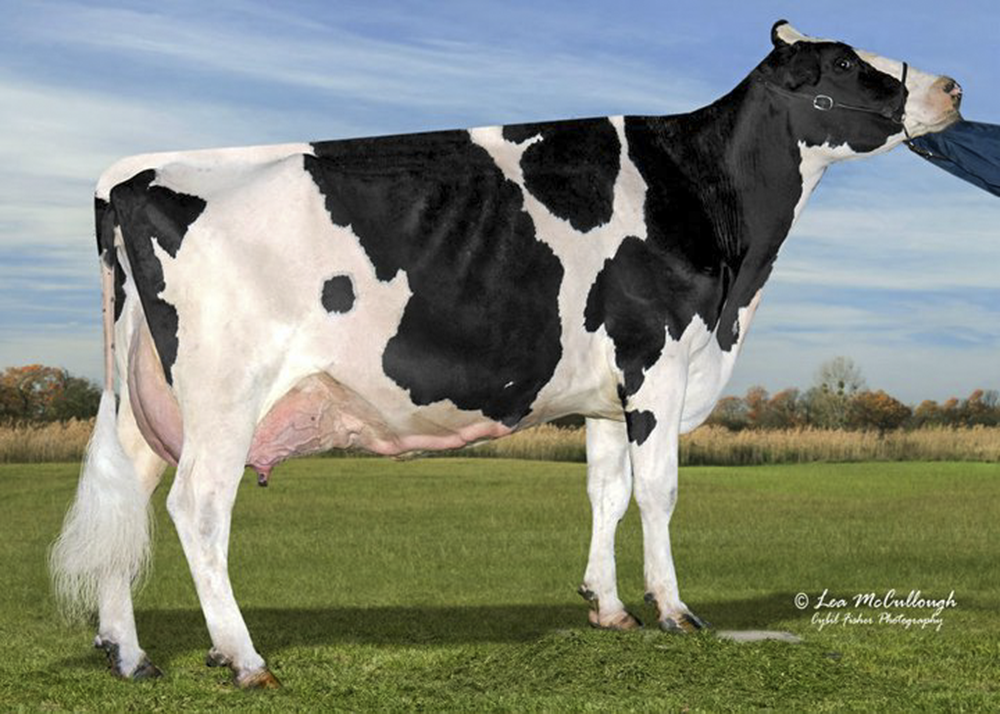
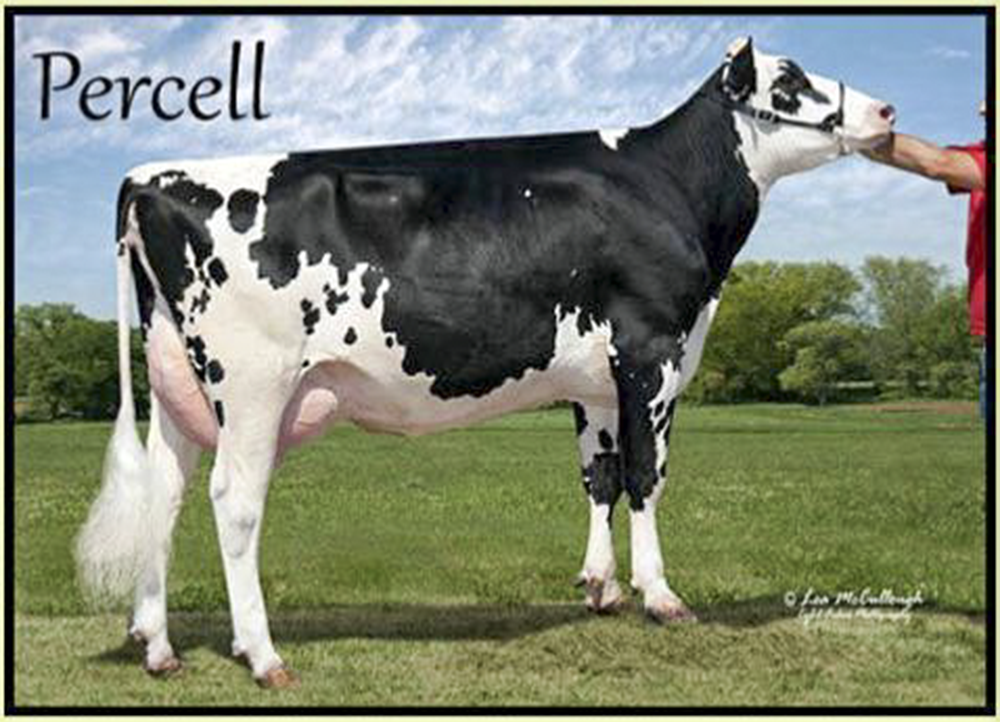
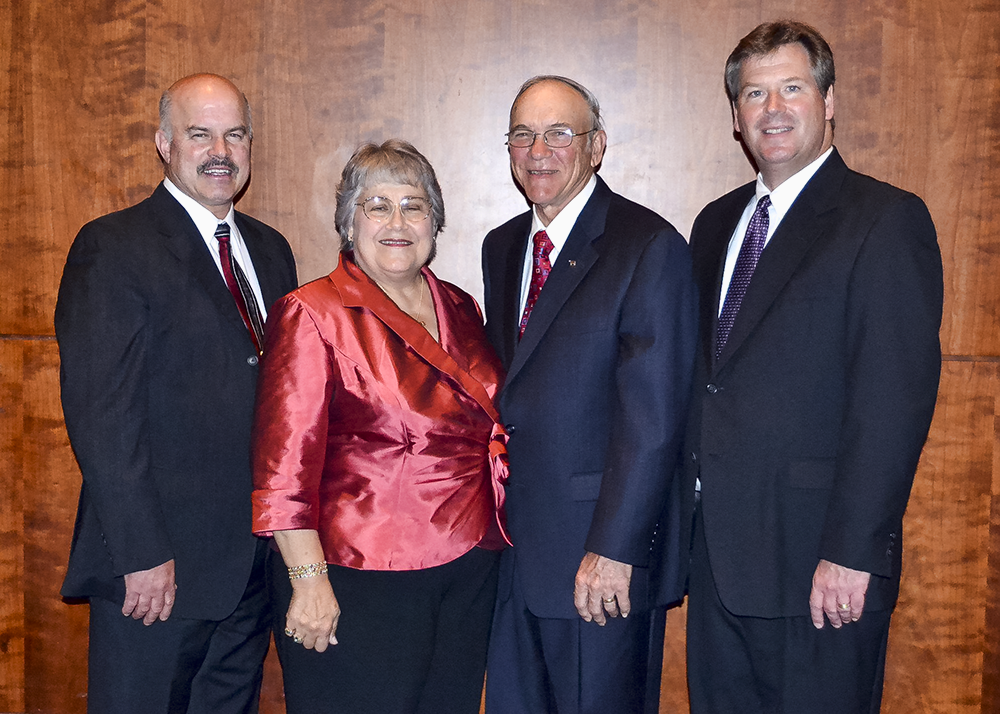
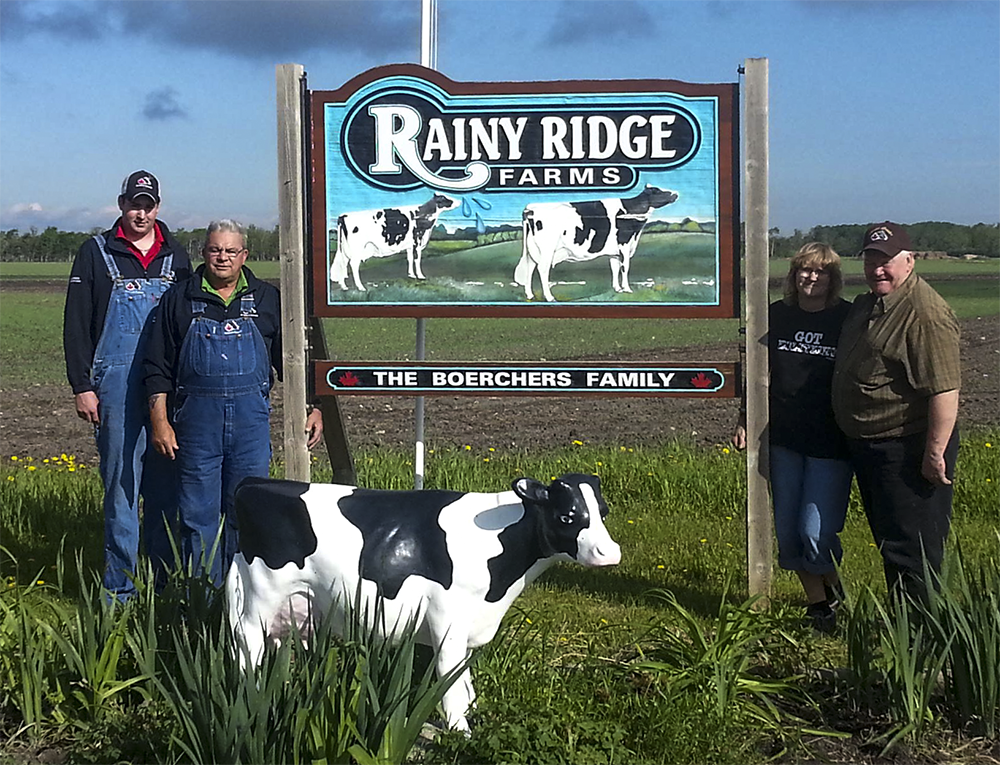
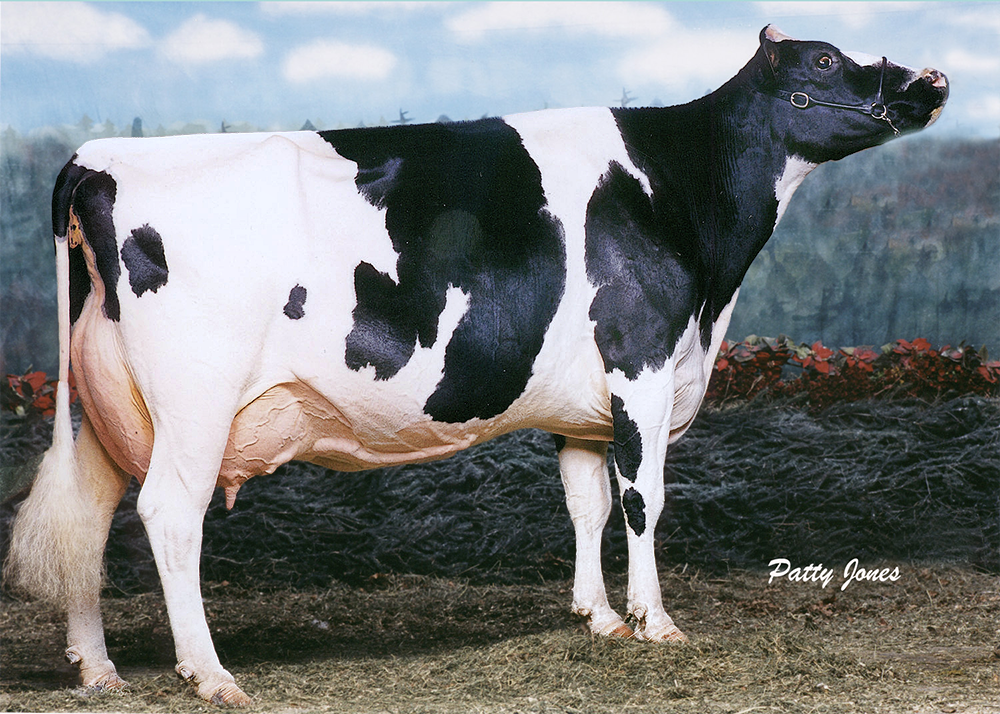
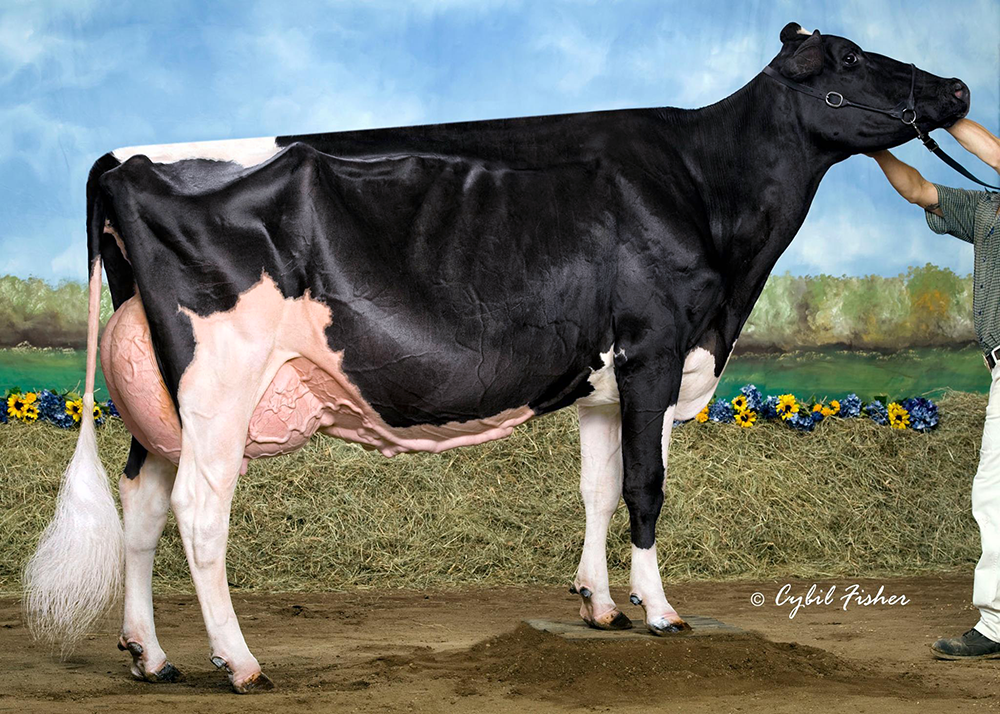
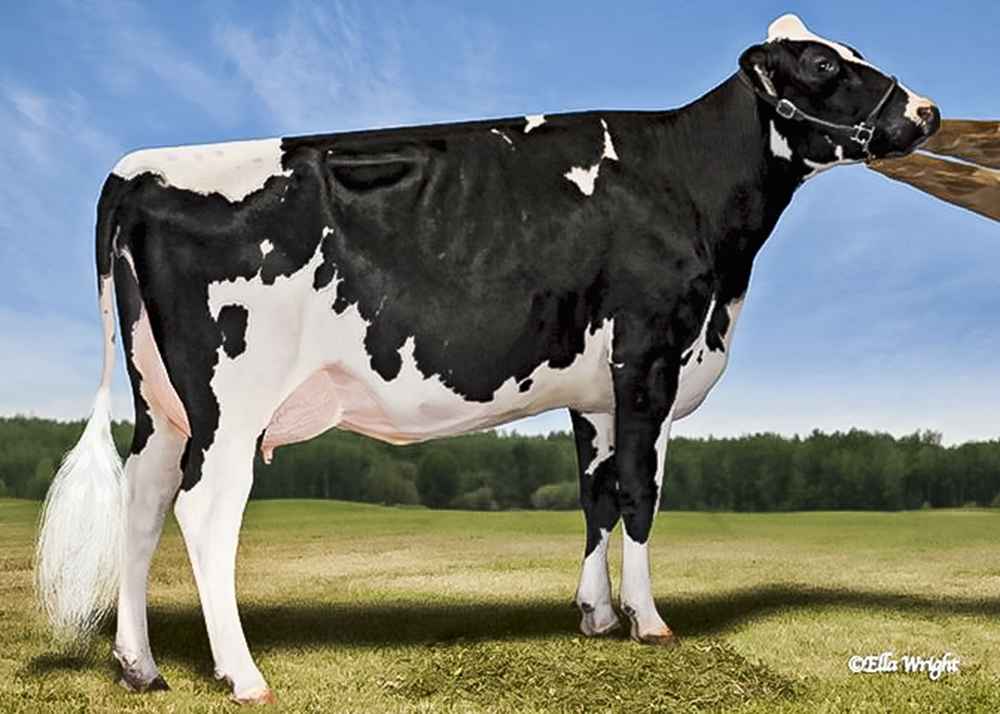
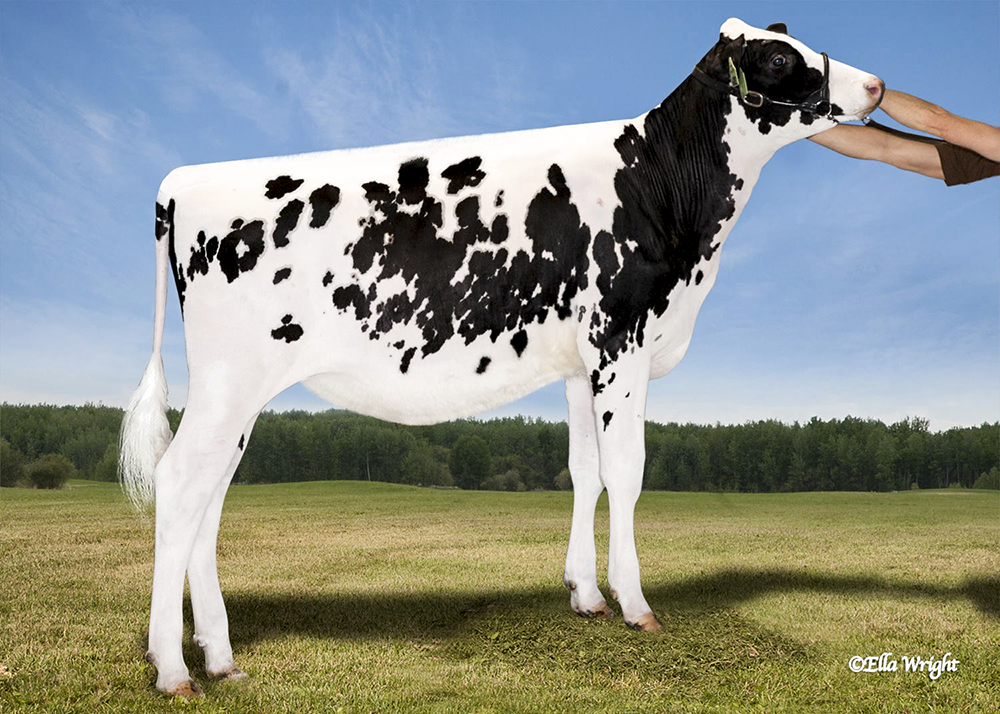
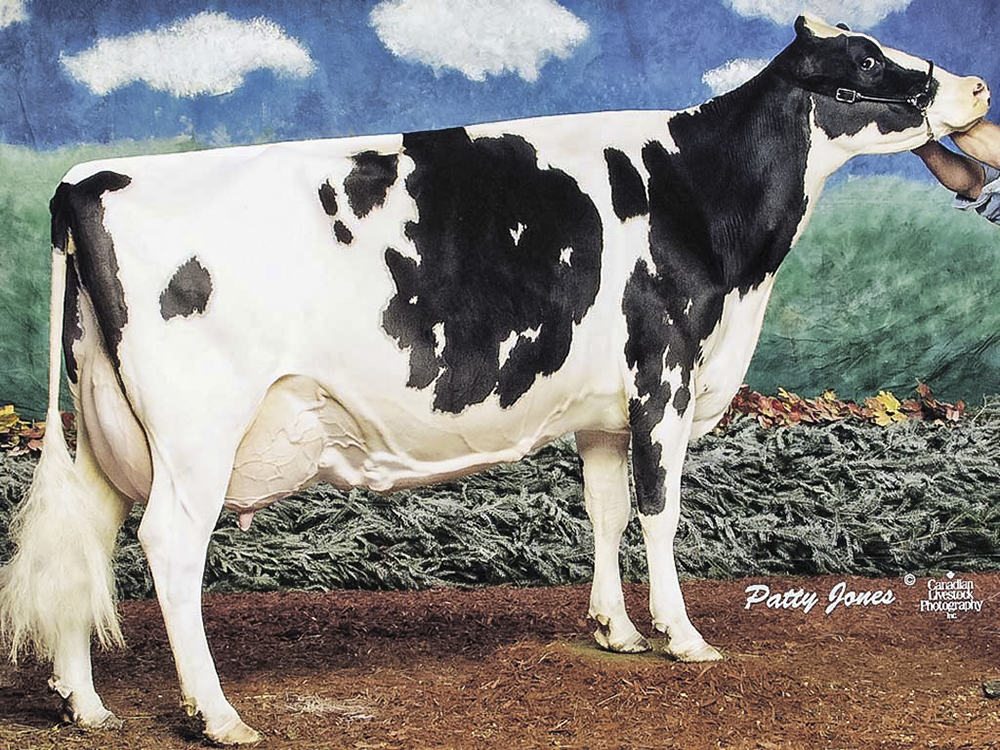
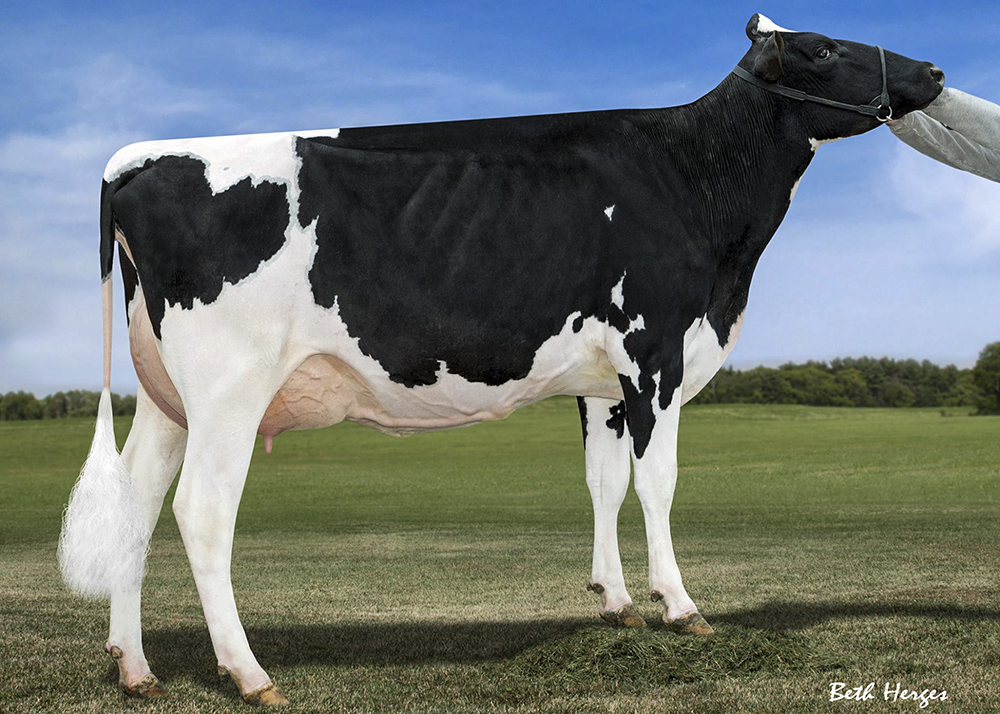
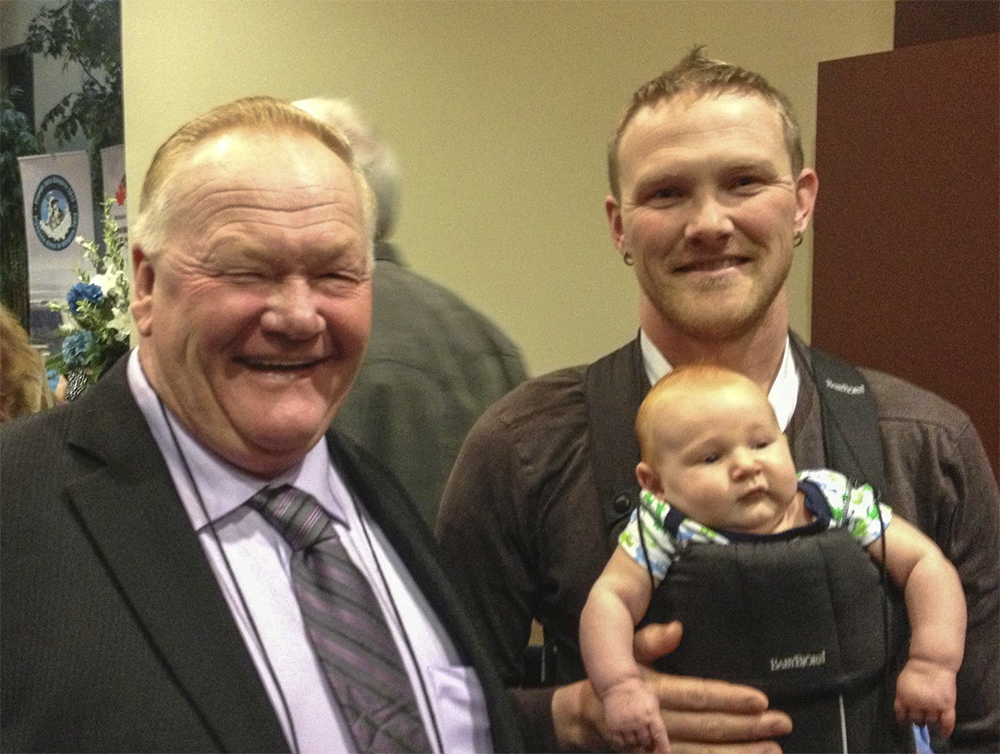
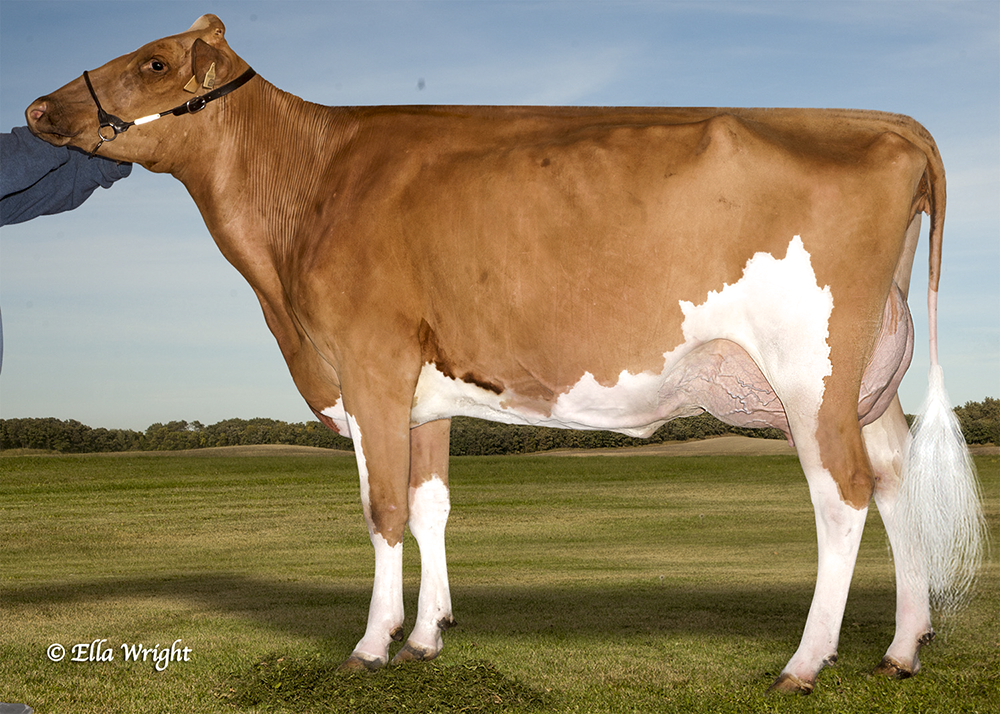
![RAINYRIDGE_cover[1]](https://www.thebullvine.com/wp-content/uploads/2013/06/RAINYRIDGE_cover1.jpg)
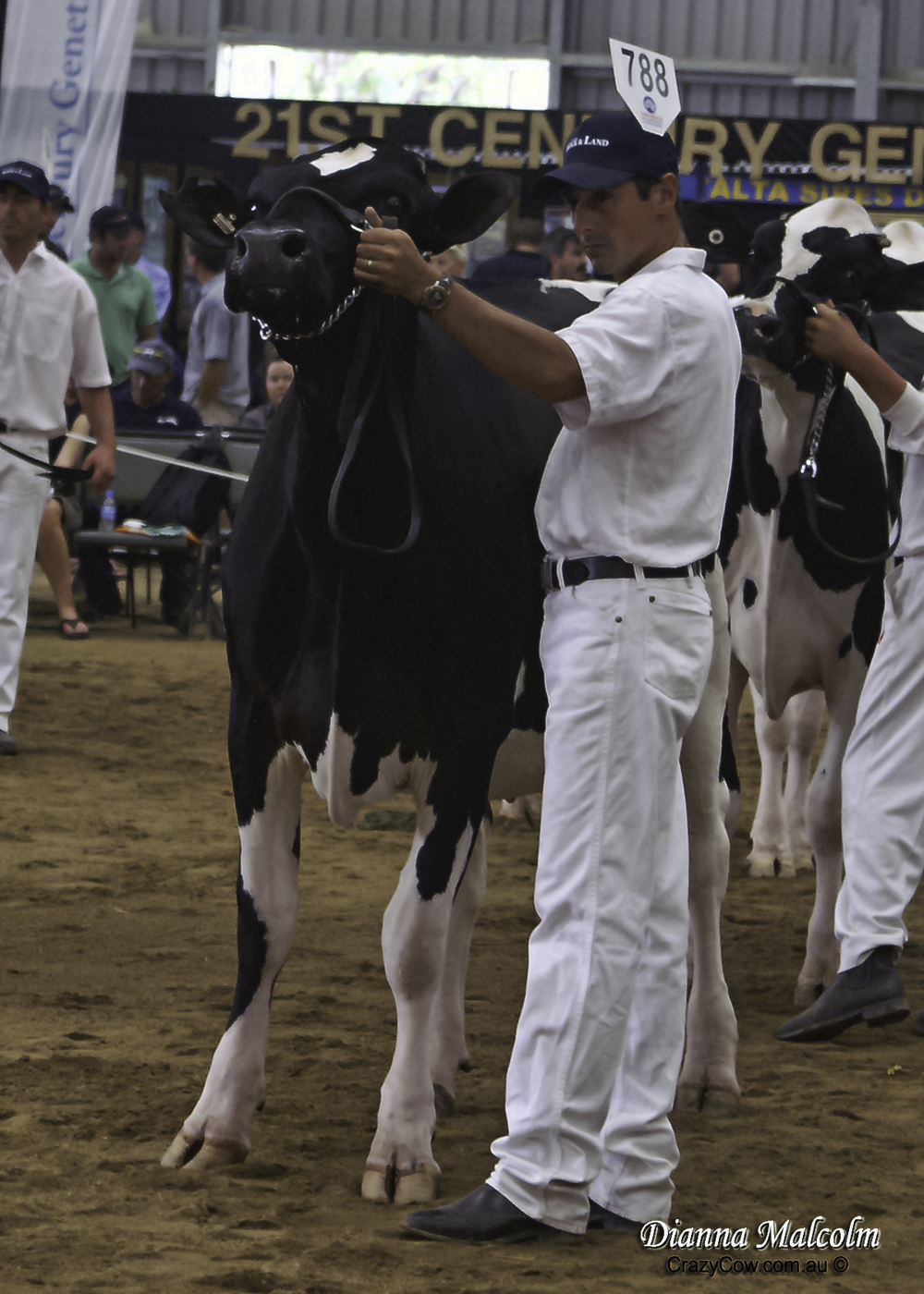
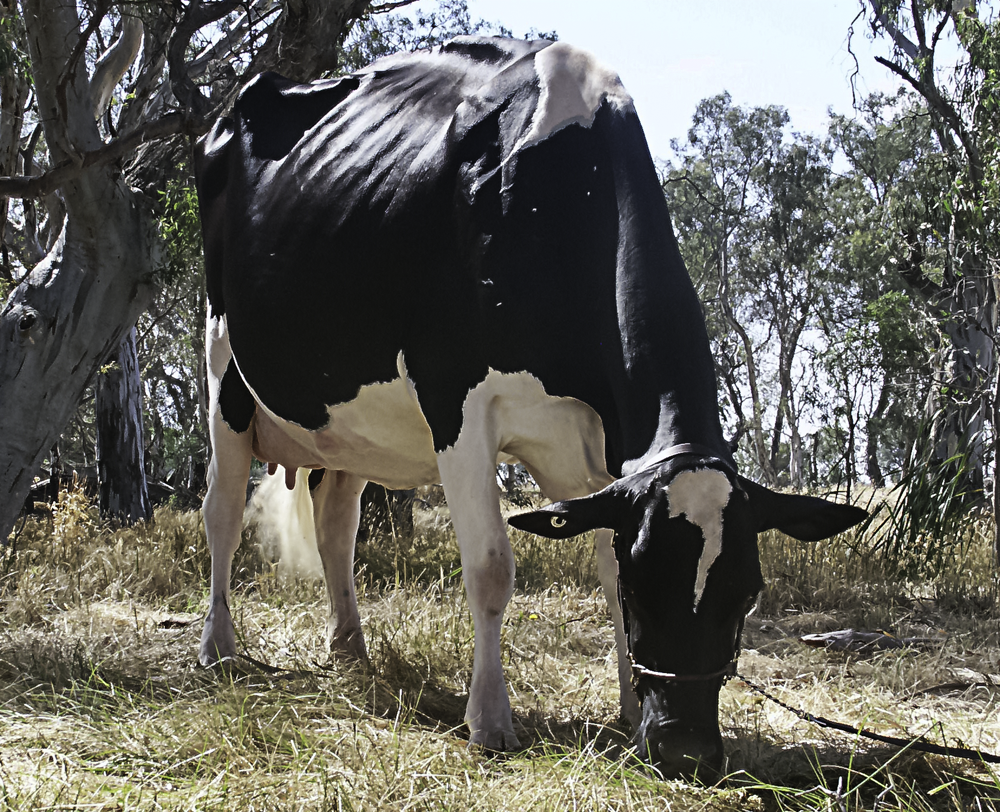
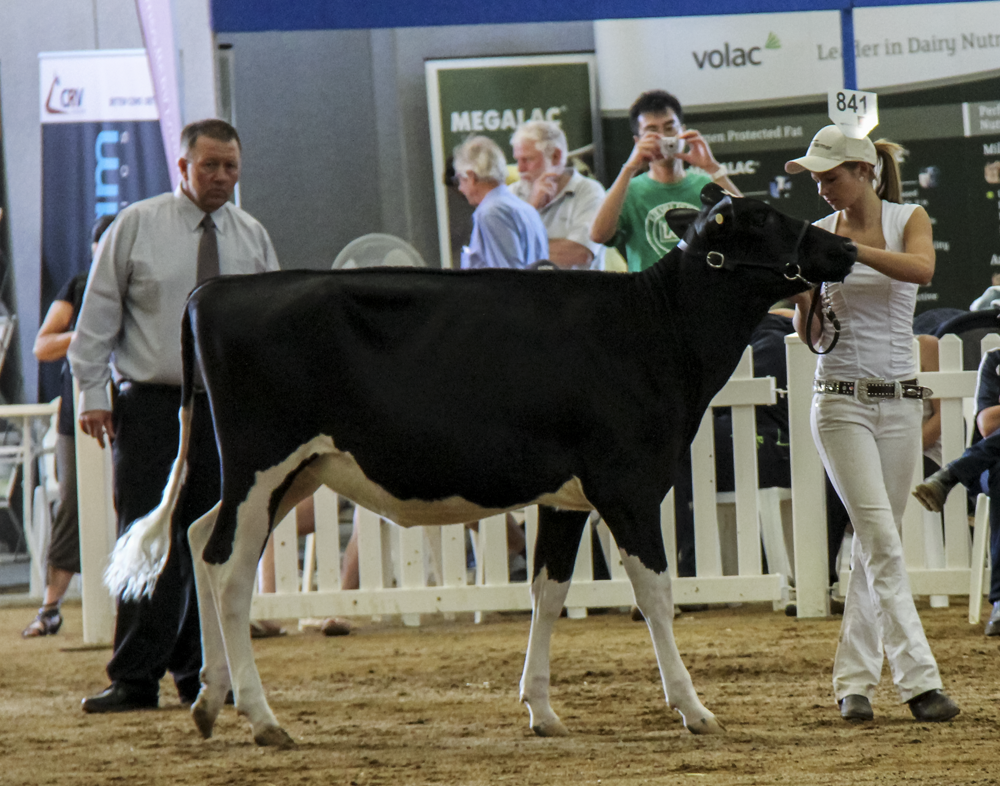
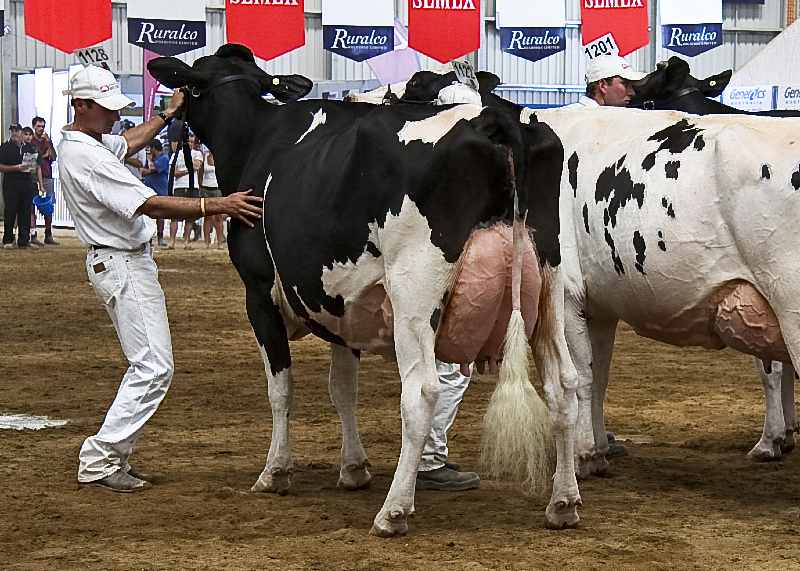
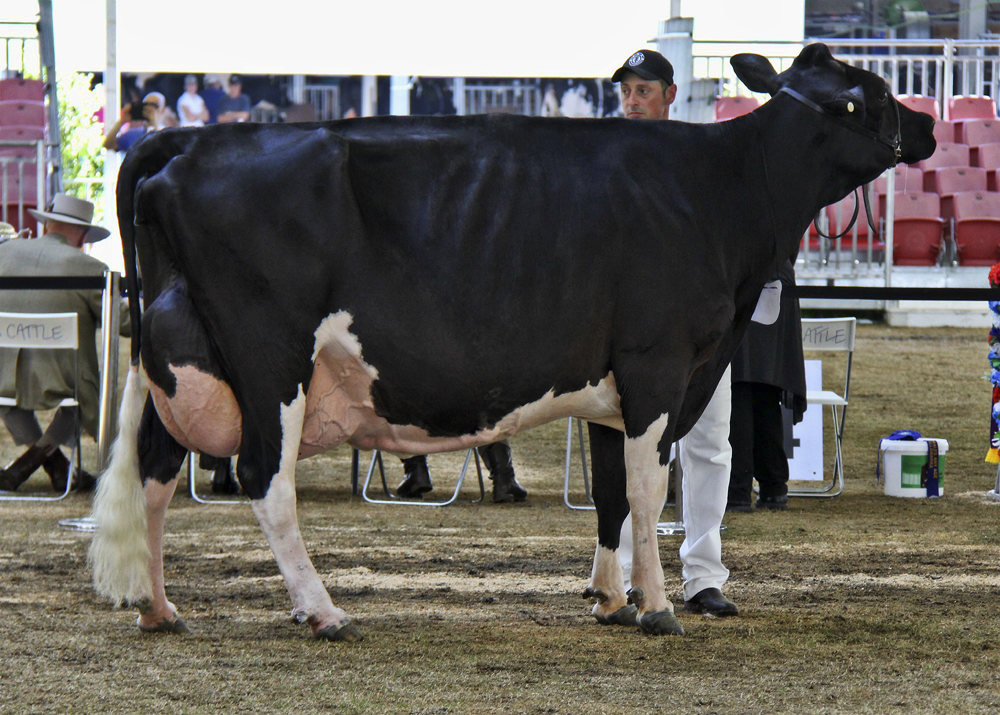
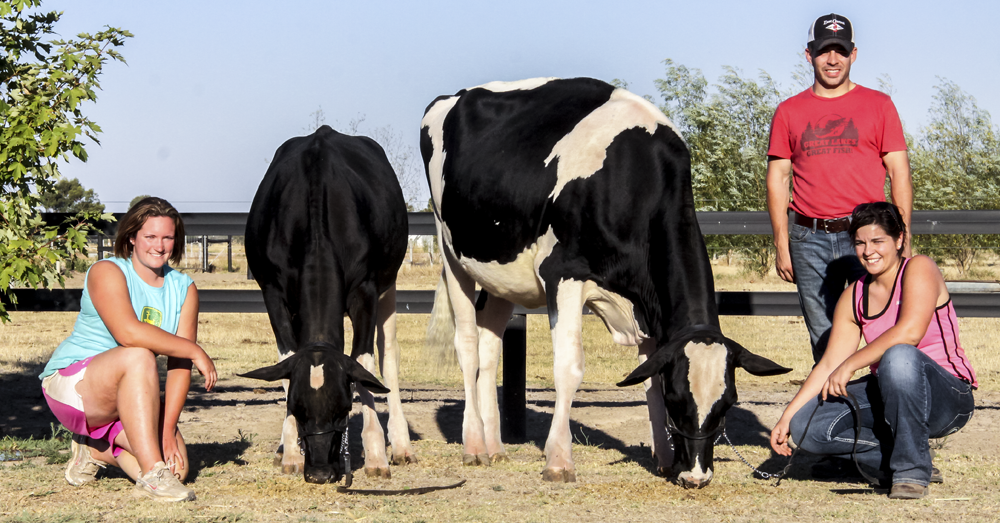
 MISunderstood
MISunderstood MISinformation
MISinformation
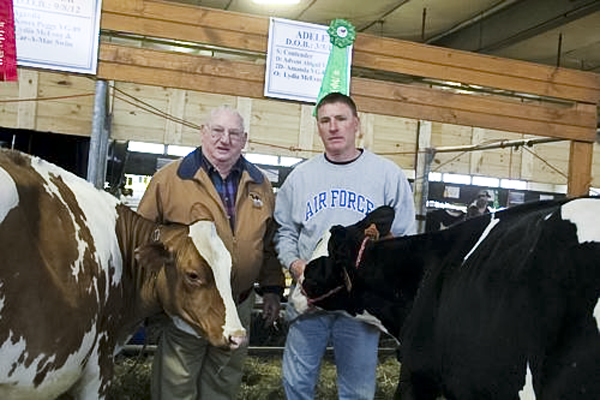
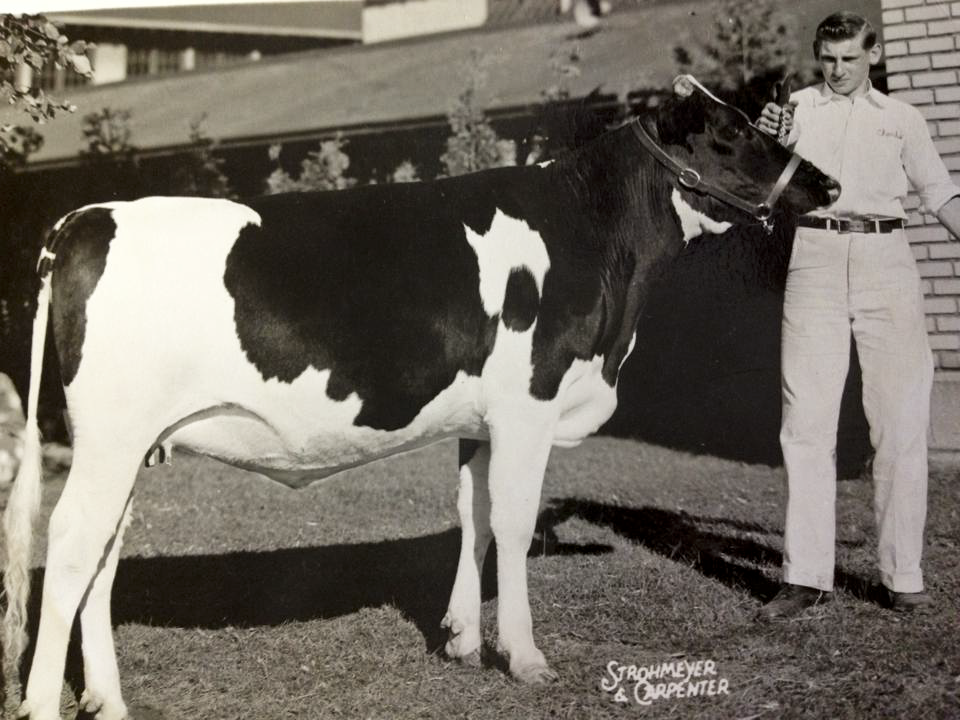
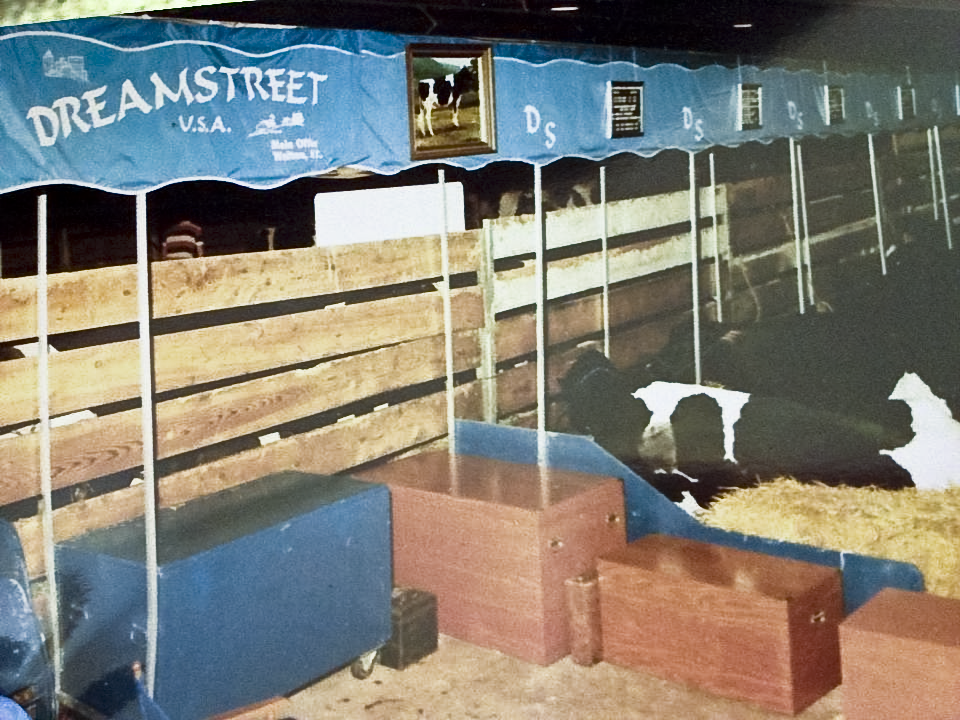
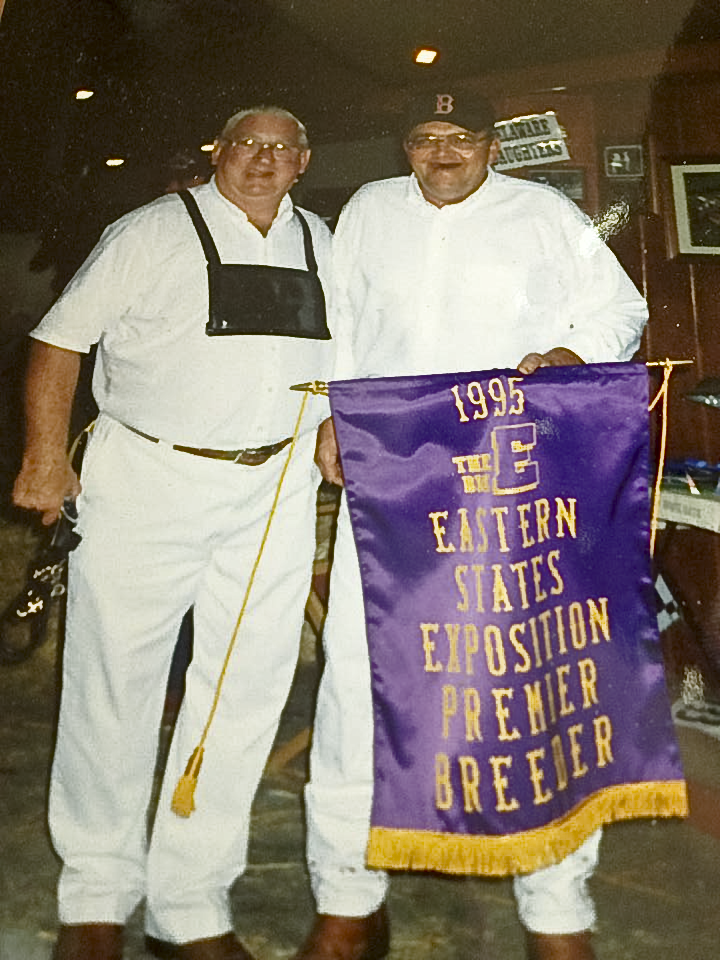
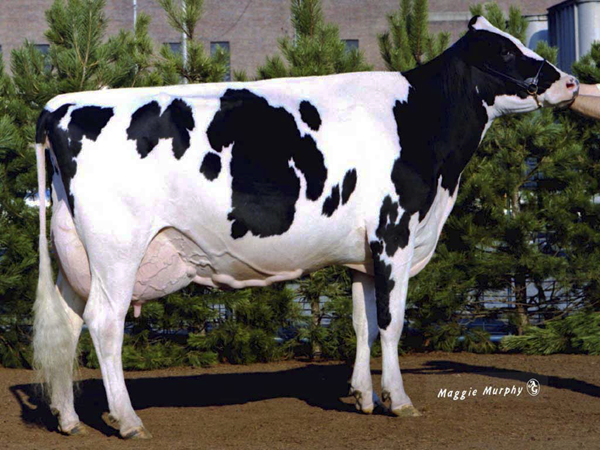
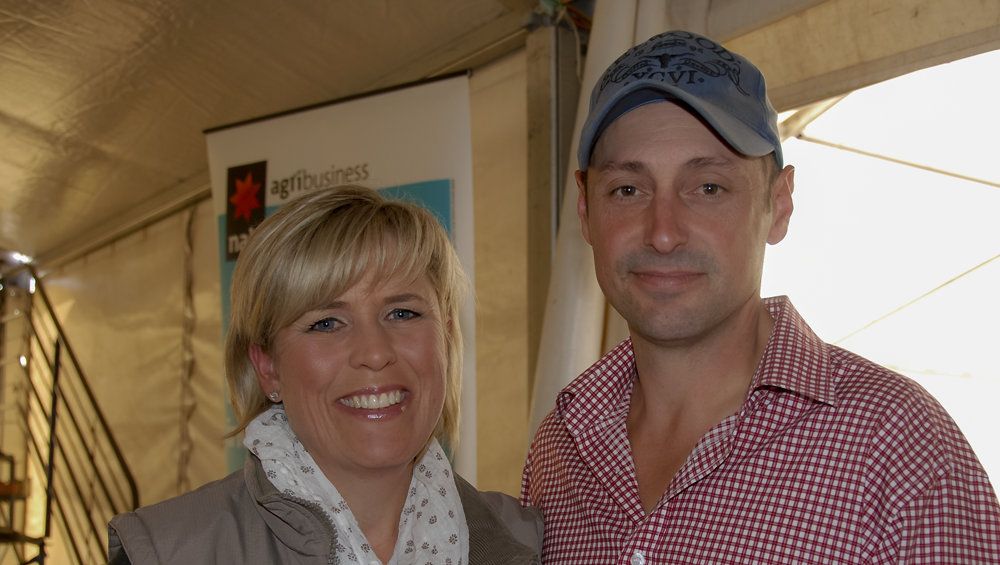
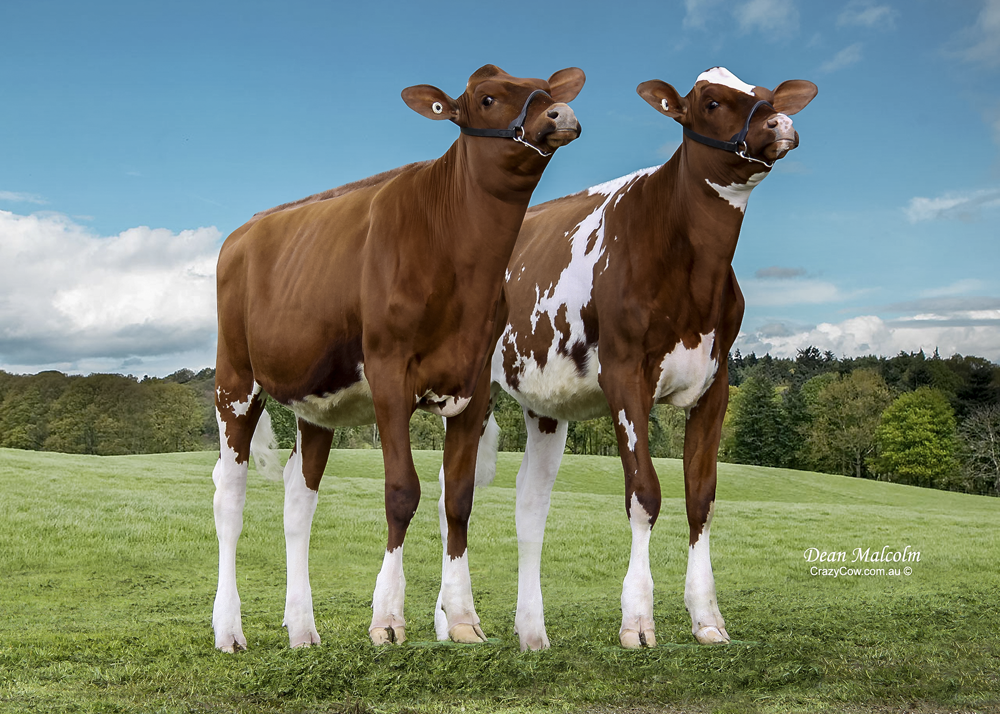
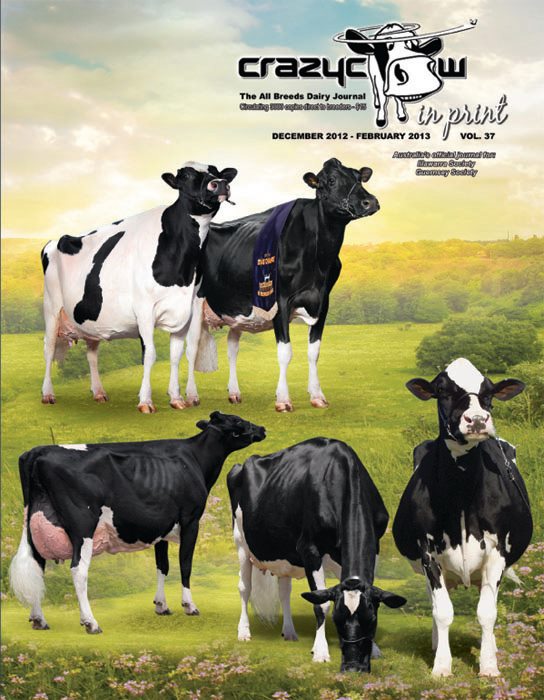

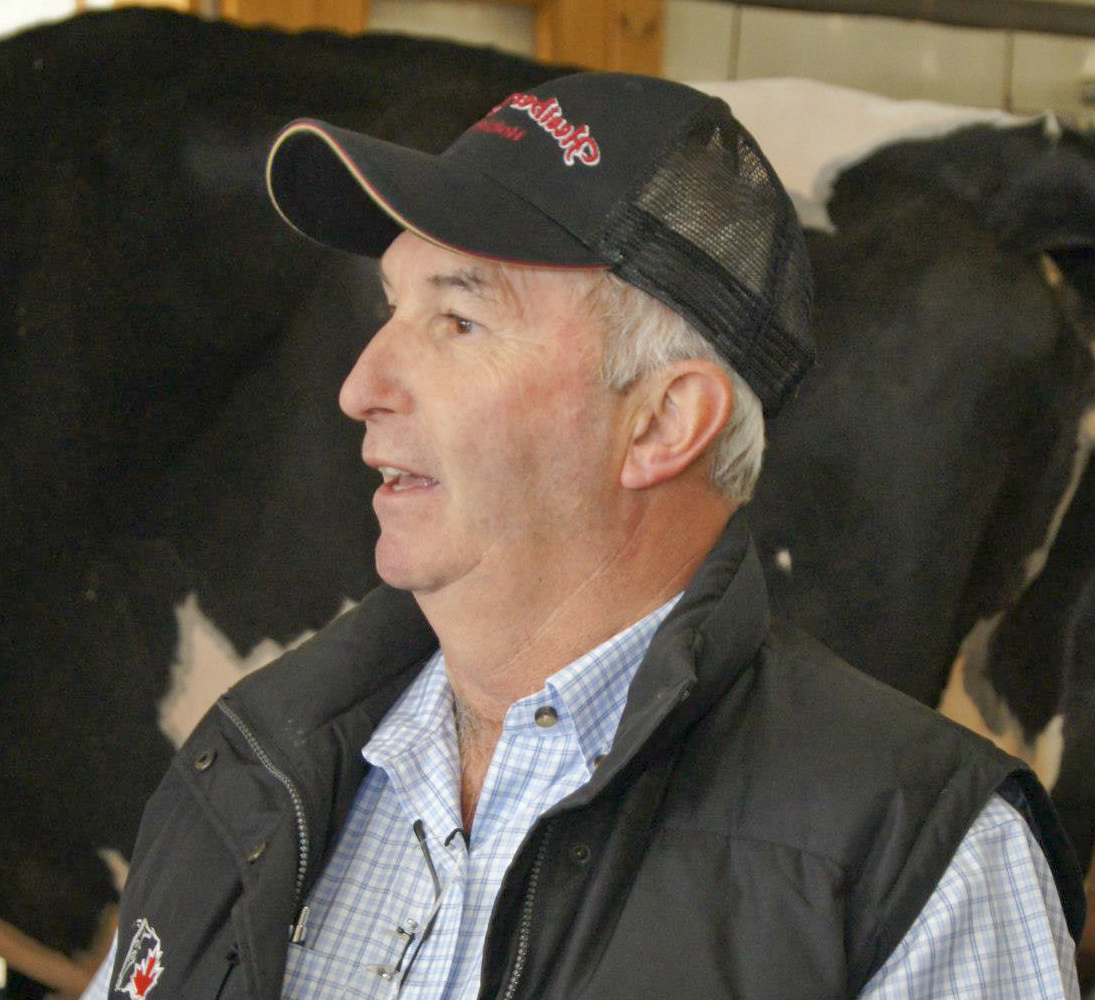 Glen has great respect for people in the barn and in the Board Room. It has served him well and been returned to him. He highlights his experiences while at the Holstein Canada Board table. “This enriching experience at the Board table has helped me develop an attitude of respect towards people and their opinions. People remember how you treat them and how you make them feel, longer than what you said. The most important ingredient of success is knowing how to get along with people.”
Glen has great respect for people in the barn and in the Board Room. It has served him well and been returned to him. He highlights his experiences while at the Holstein Canada Board table. “This enriching experience at the Board table has helped me develop an attitude of respect towards people and their opinions. People remember how you treat them and how you make them feel, longer than what you said. The most important ingredient of success is knowing how to get along with people.”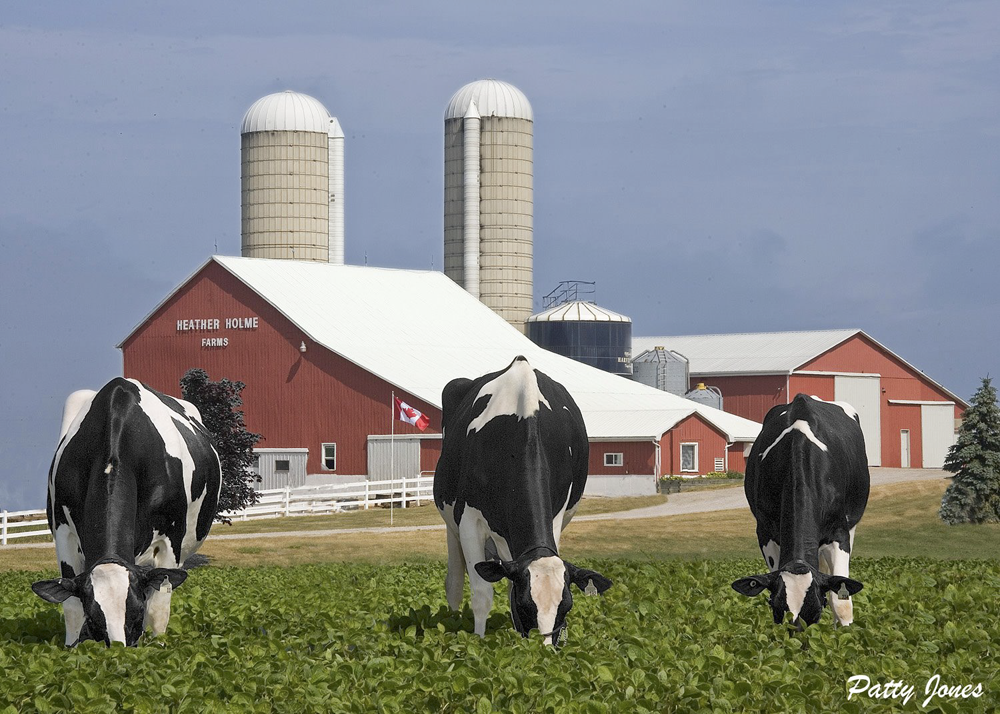
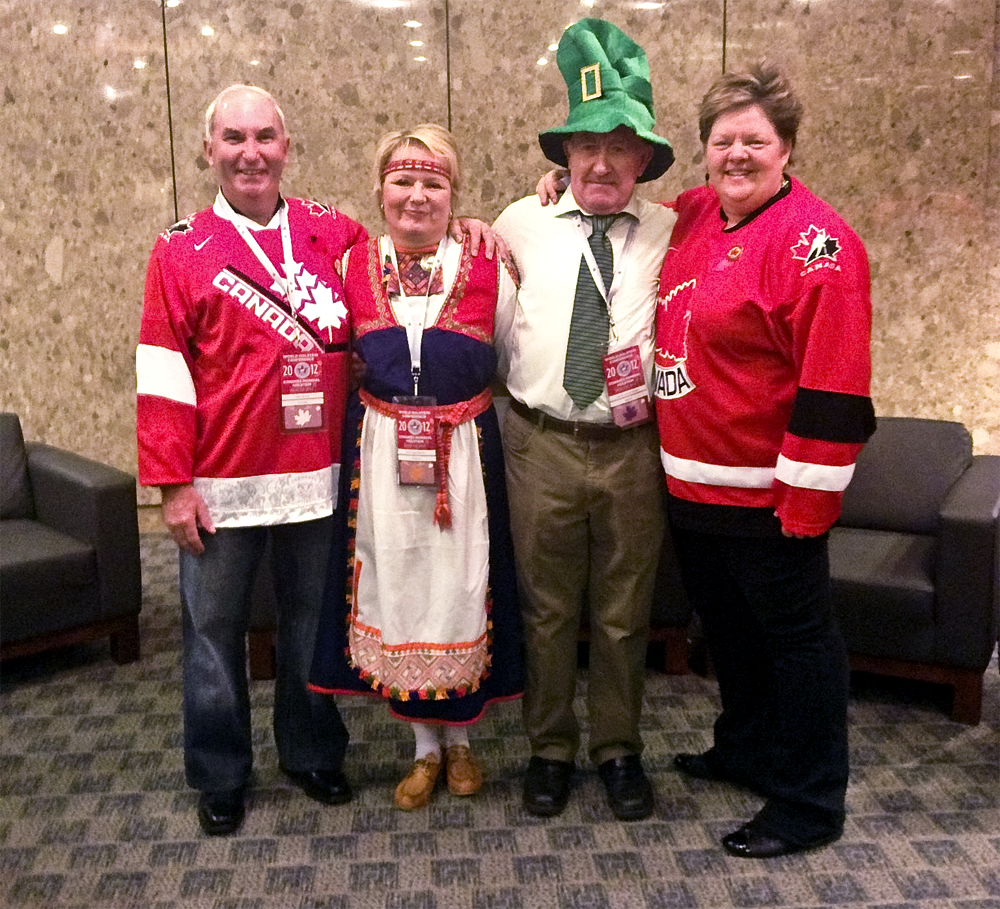
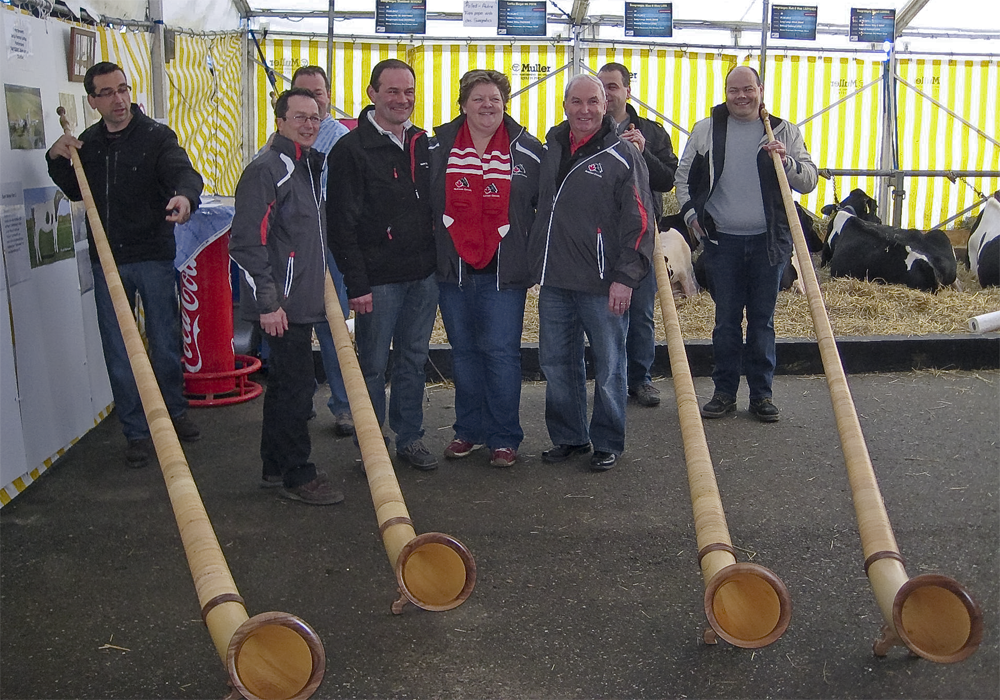
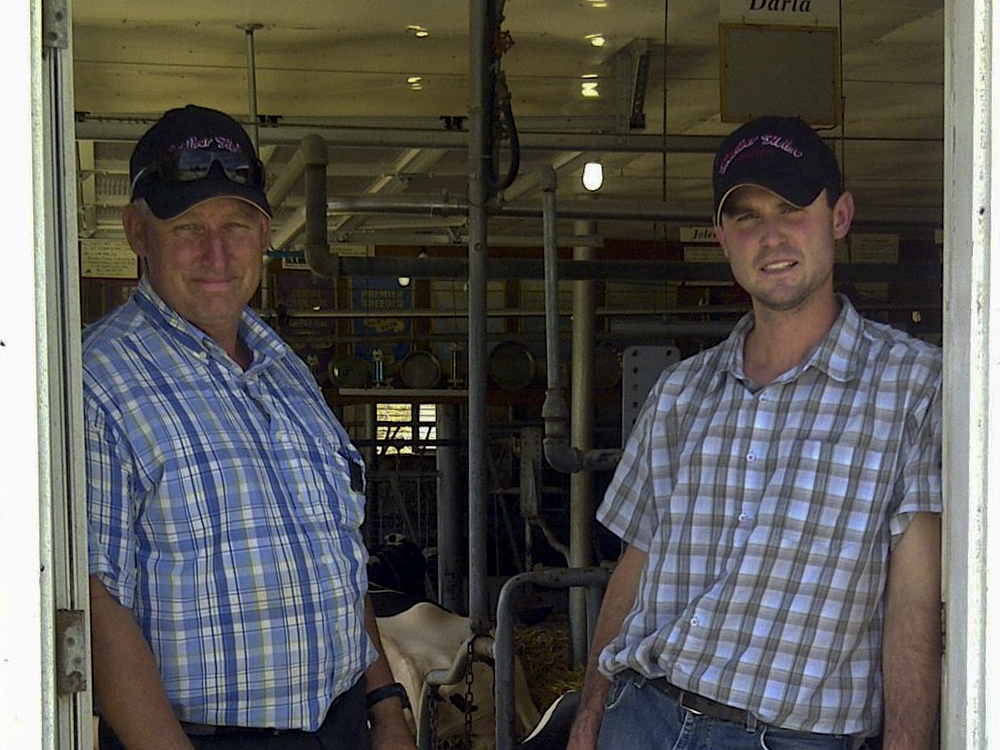

![08-001f1[1]](https://www.thebullvine.com/wp-content/uploads/2013/05/08-001f11.jpg) The ability of the calf to absorb colostrum decreases with time. By 9 hours after birth the calf can only absorb half of the colostrum. By 24 hours the amount absorbed is minimal.
The ability of the calf to absorb colostrum decreases with time. By 9 hours after birth the calf can only absorb half of the colostrum. By 24 hours the amount absorbed is minimal.